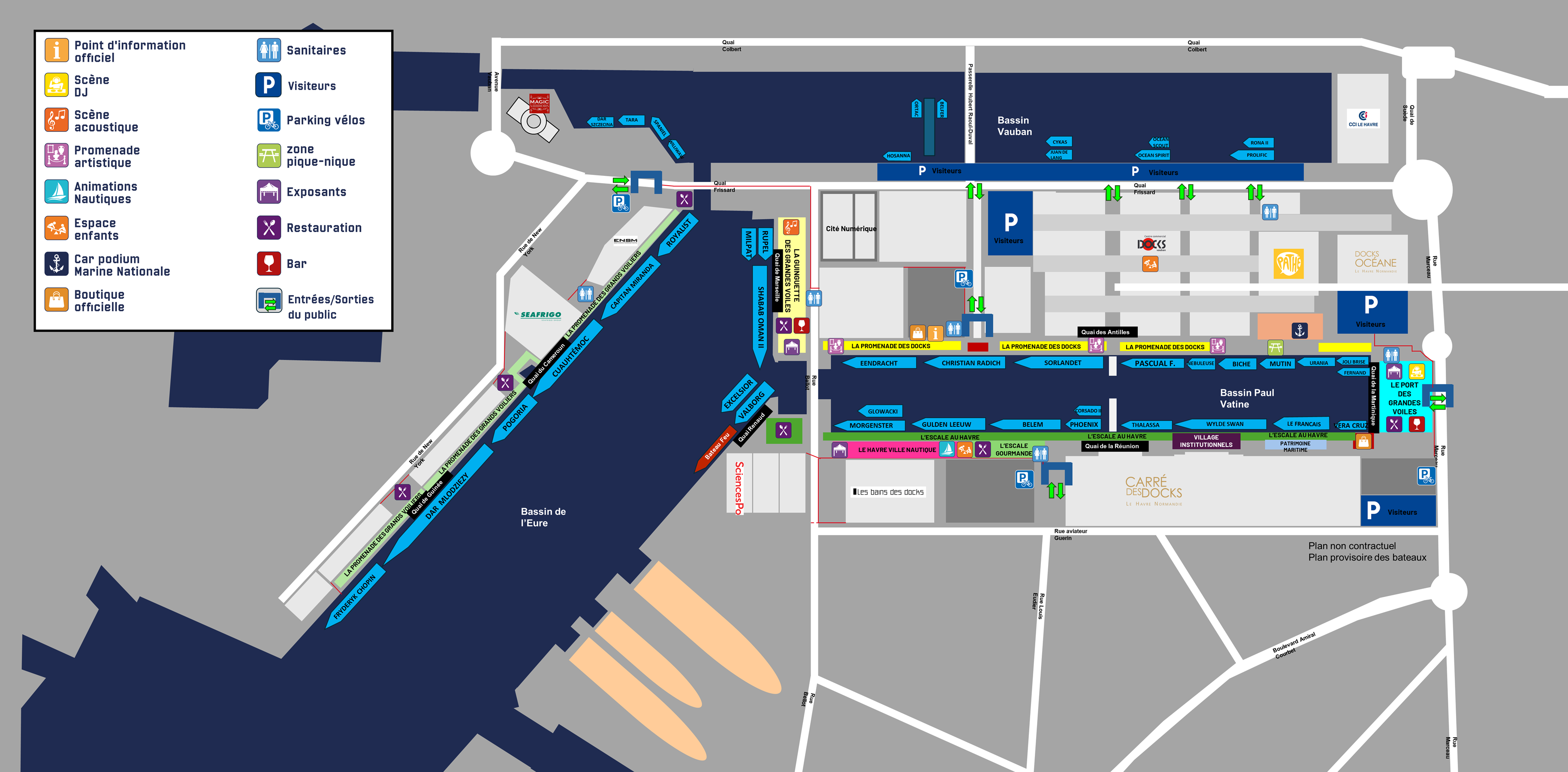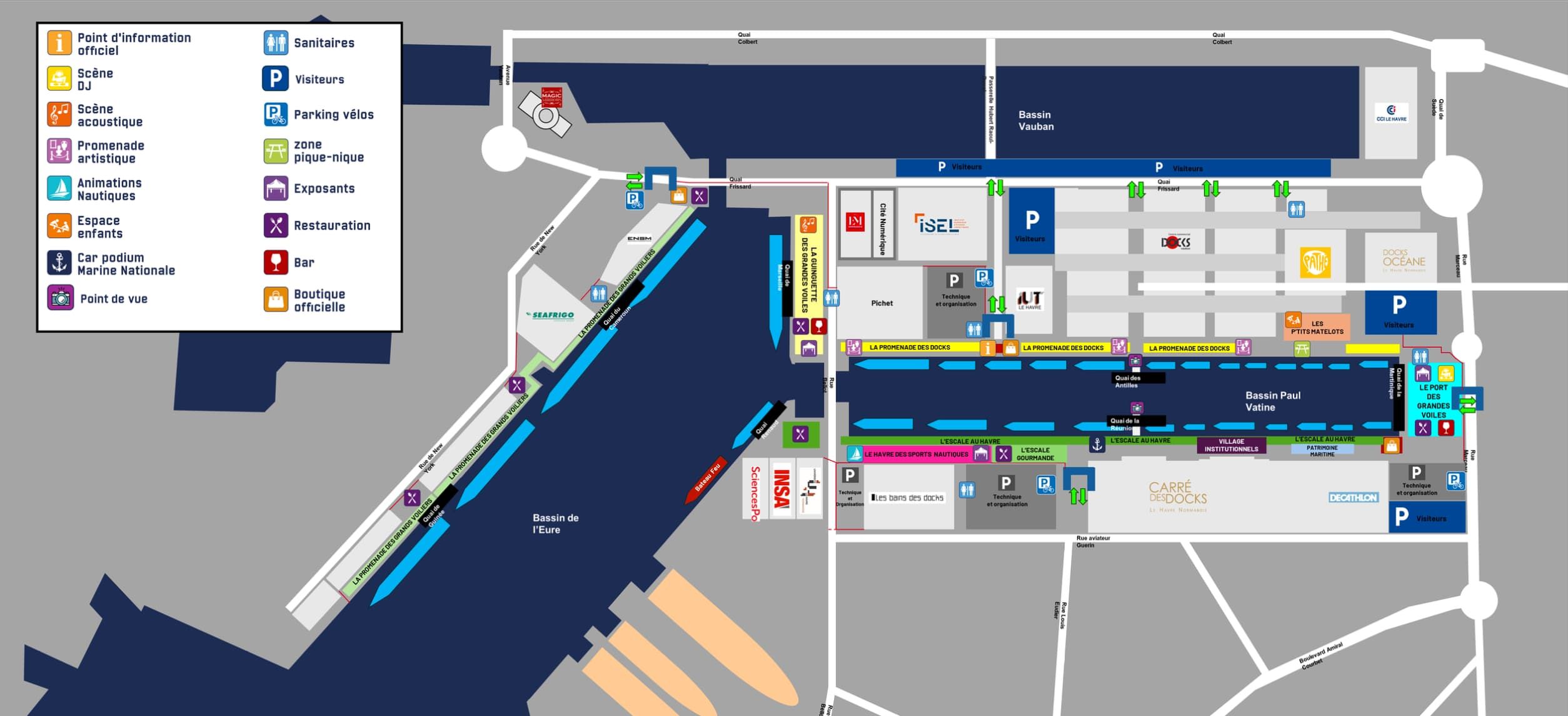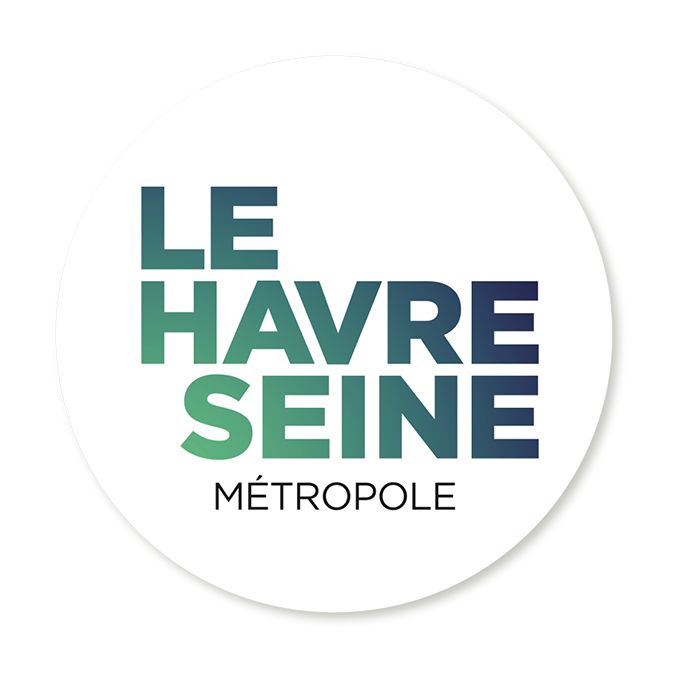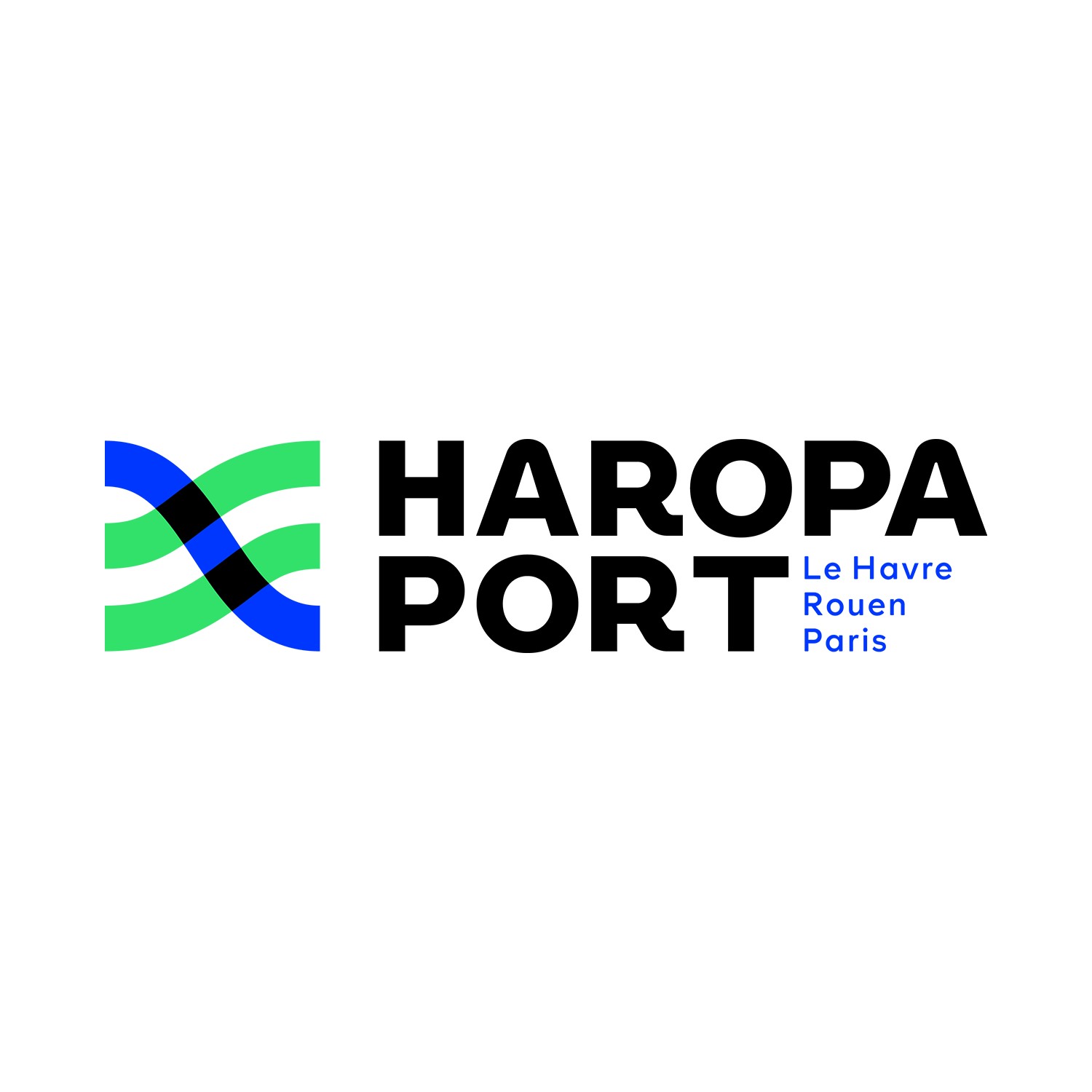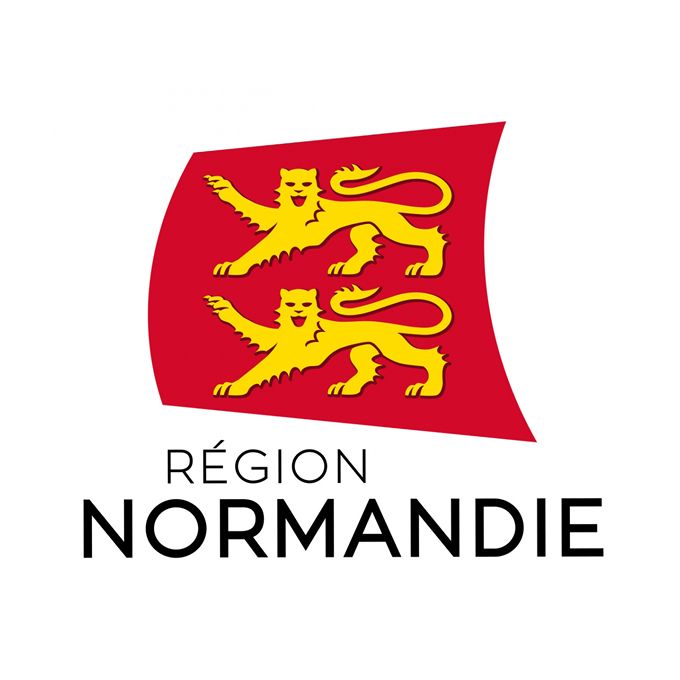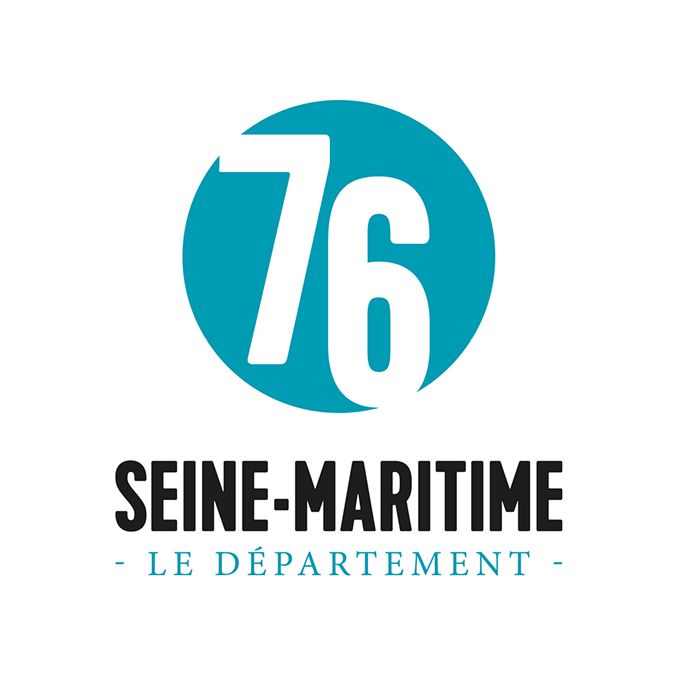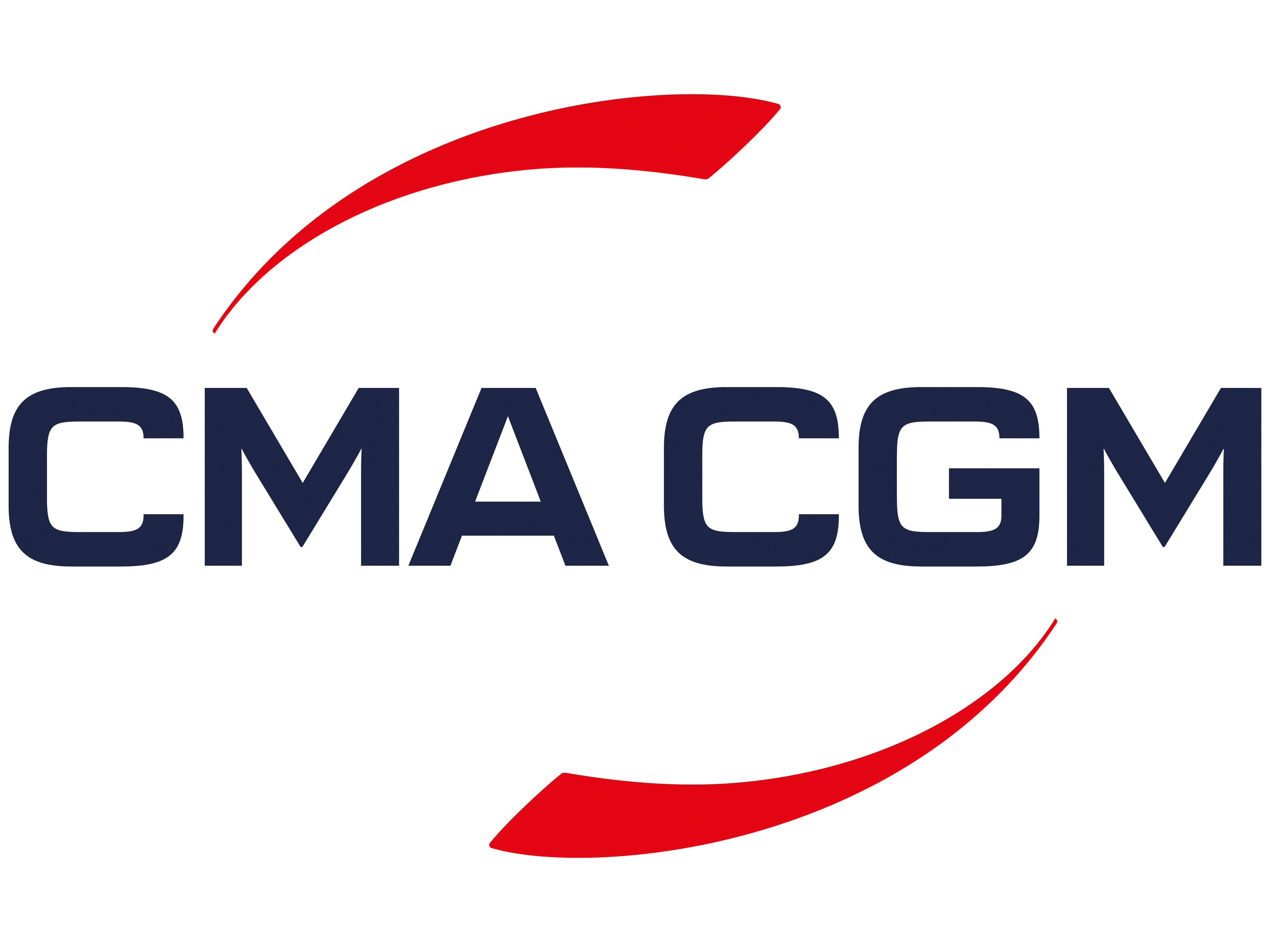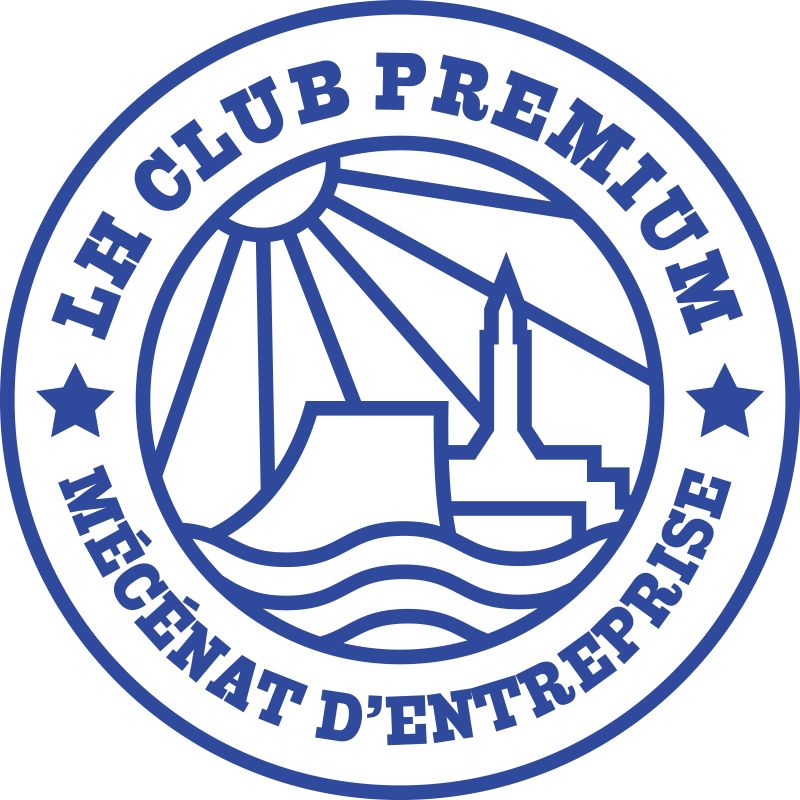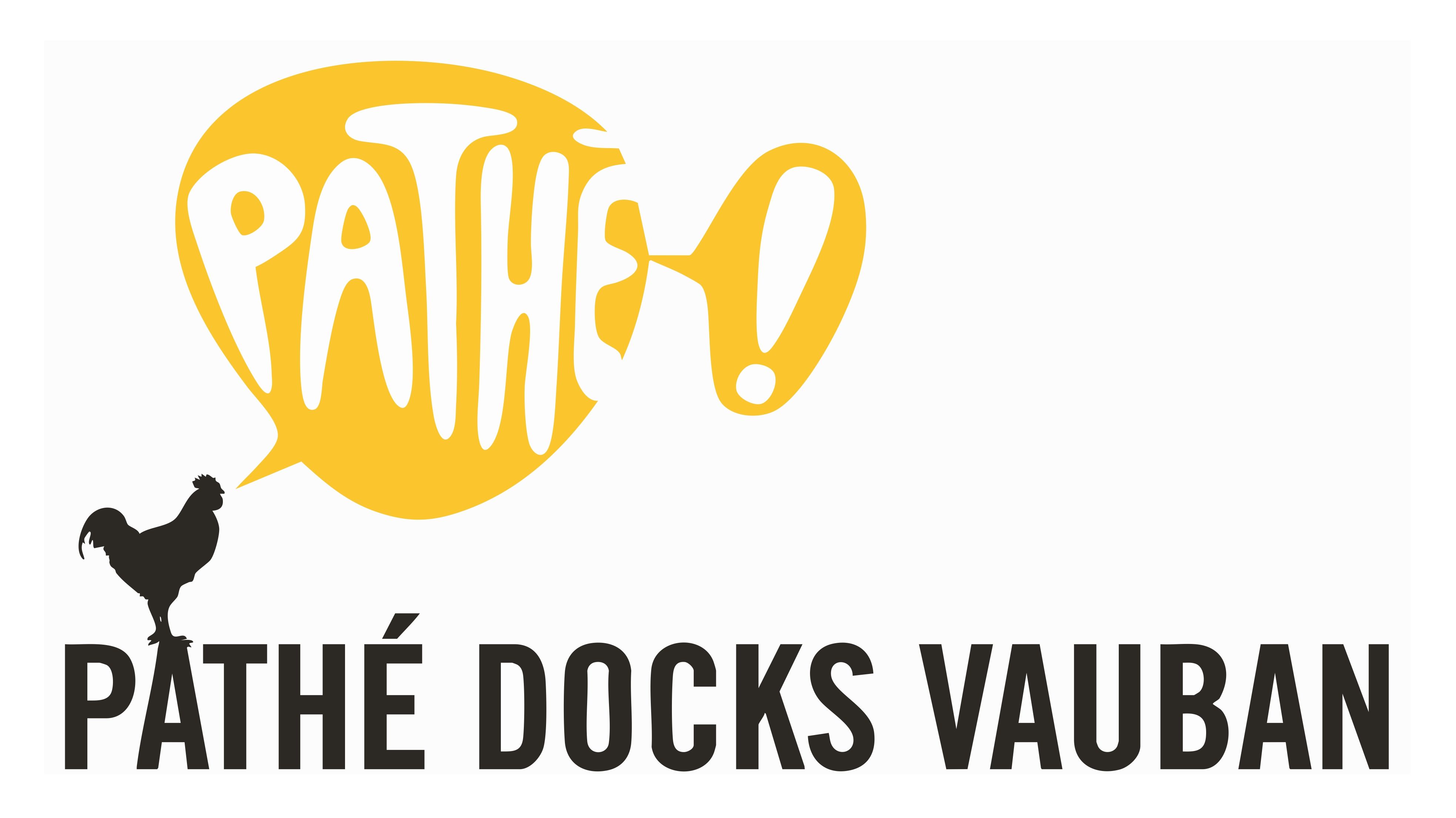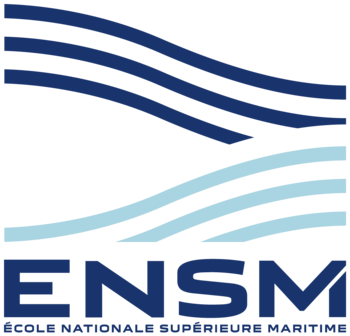Le Havre
Departure town for
The Tall Ships Races
from 4 to 7 July 2025

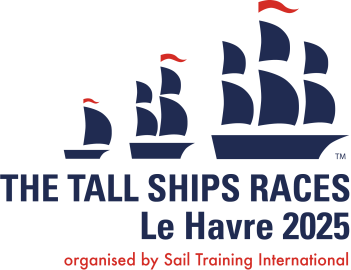
The world’s biggest sailing ships
are coming back to Le Havre in July 2025
After the great success of the 2017 edition, the world’s largest sailing ships are returning to Le Havre from 4 to 7 July 2025 for the start of the Tall Ships Races.
A highlight of the Un Été Au Havre 2025 season, The Tall Ships Races is coming back to Le Havre from 4 to 7 July 2025, and bringing with it the world’s biggest sailing ships. This event, known as Les Grandes Voiles du Havre, is a wonderful opportunity to admire exceptional sailing ships including Belem, Capitán Miranda, Morgenster, and the world’s biggest and oldest rig, Dar Mlodziezy. There are over 40 ships signed up for this 2025 event.
During the 4-day festivities, visitors will be able to go aboard the ships free-of-charge and enjoy the diverse entertainment and activities on offer, including concerts, fireworks, the famous parade of crew members and boat parade as they leave the port. On 7 July, all the sailing ships will be leaving Le Havre and sailing towards Dunkirk, then Aberdeen in Scotland and Kristiansand in Norway, before ending their expedition in Esbjerg, Denmark.
In 2017, some 400,000 visitors came to admire dozens of exceptional sailing ships.
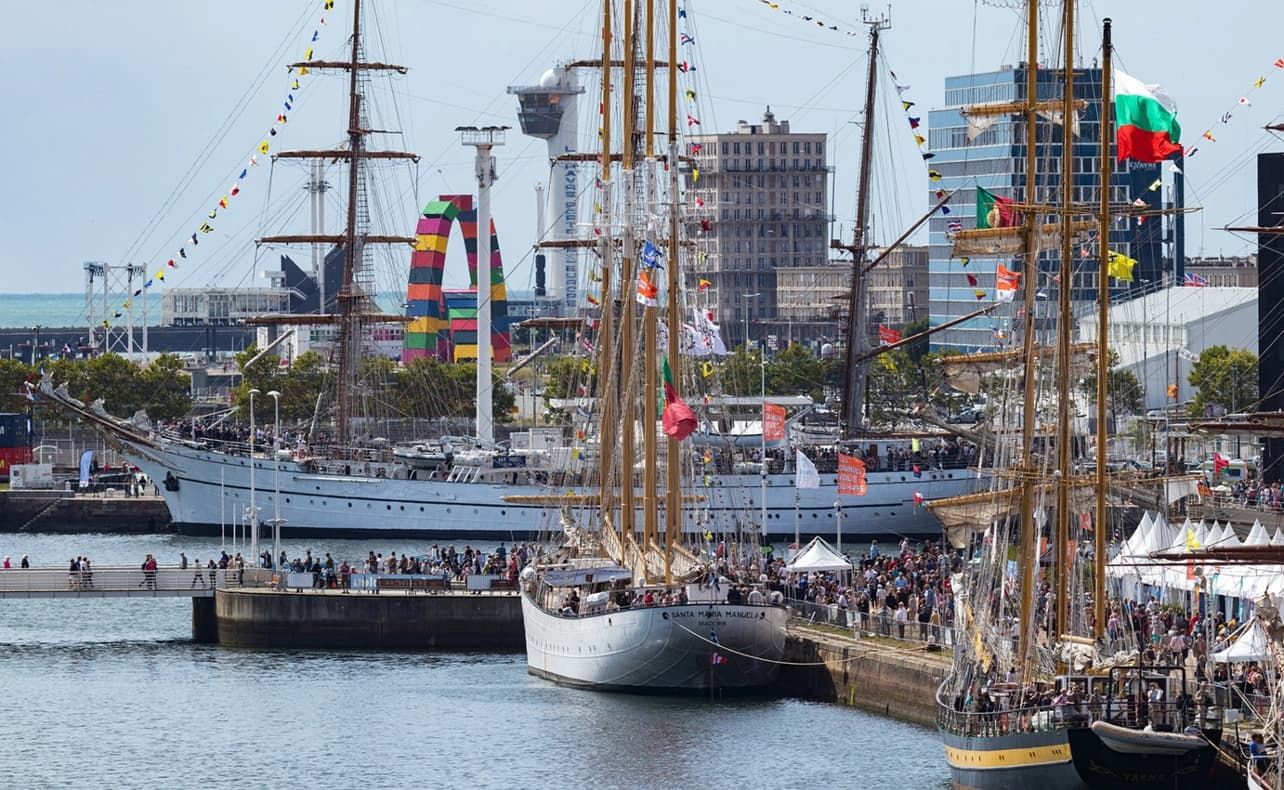
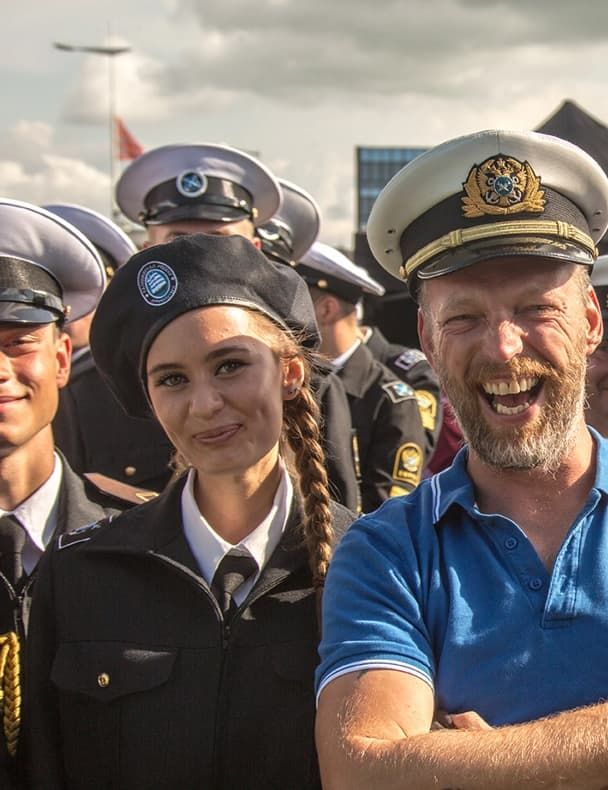
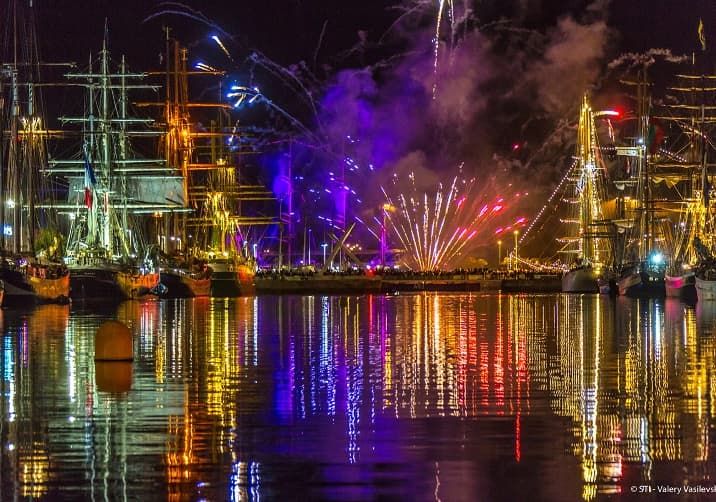
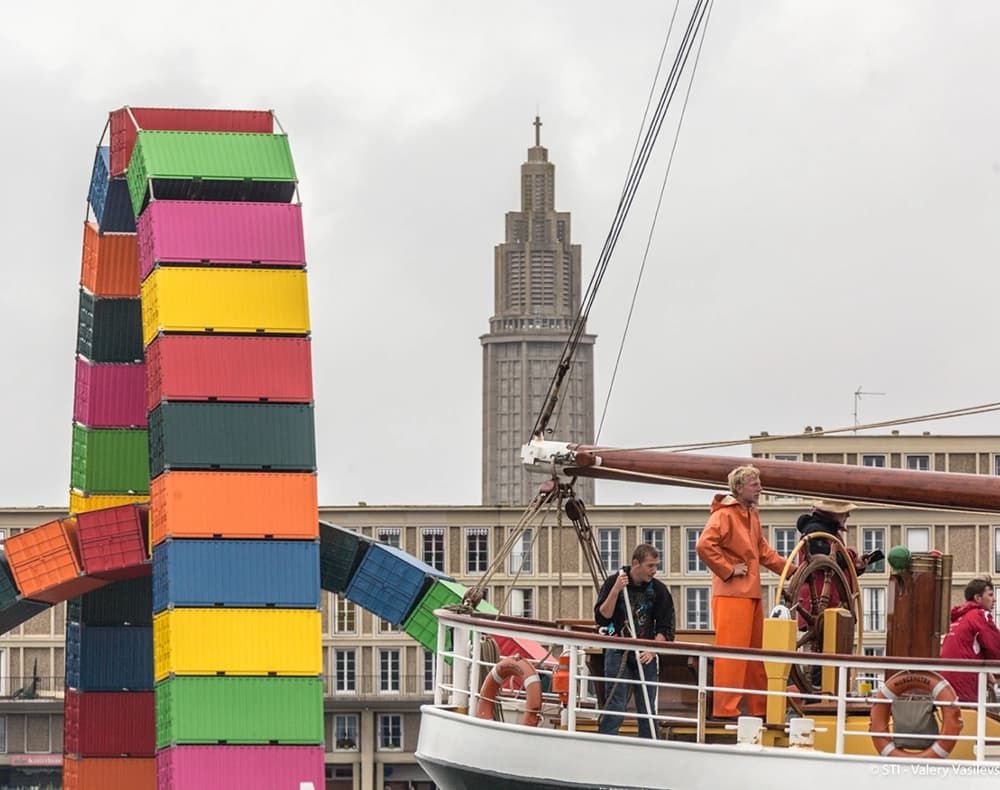
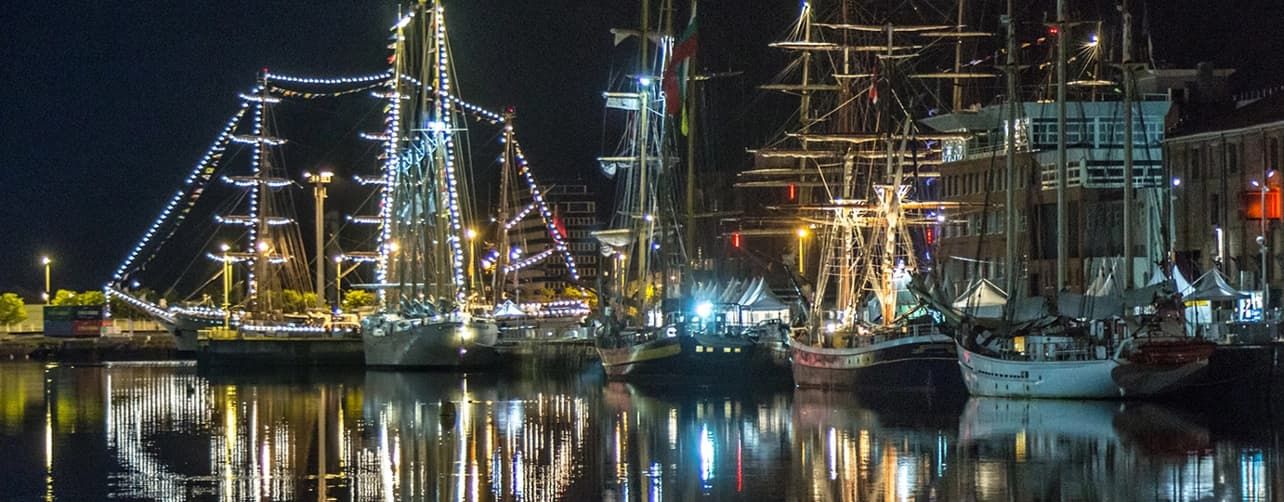
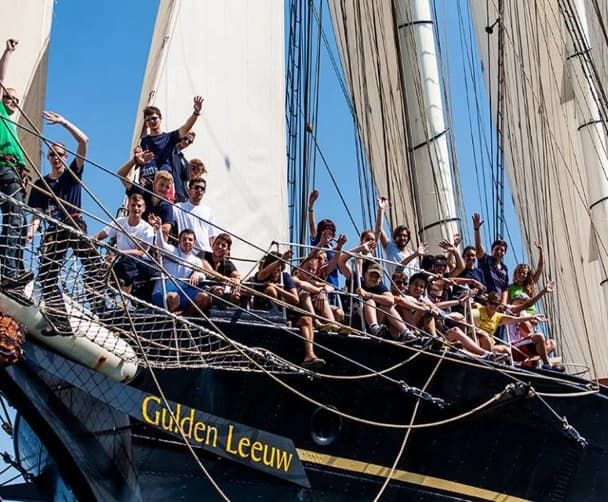
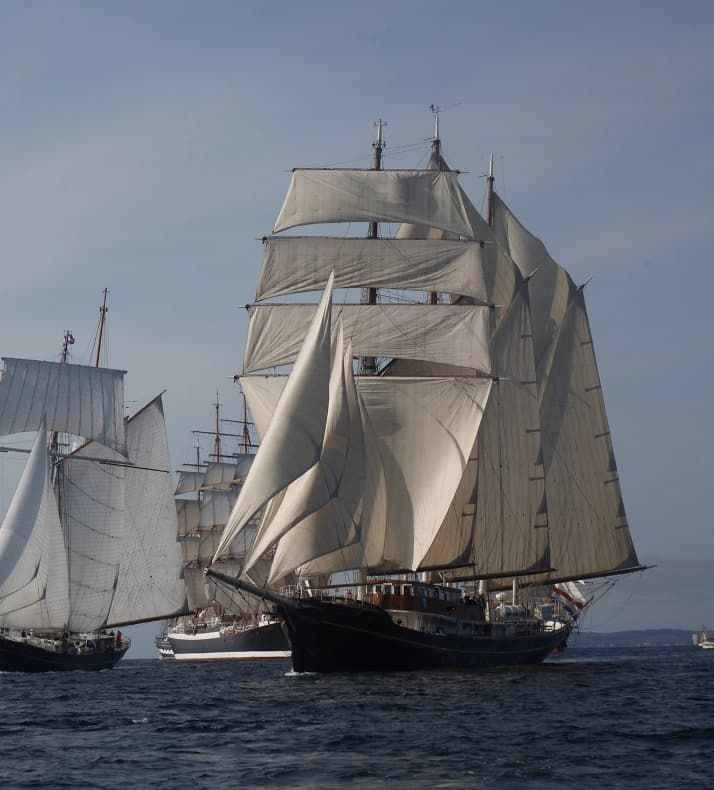
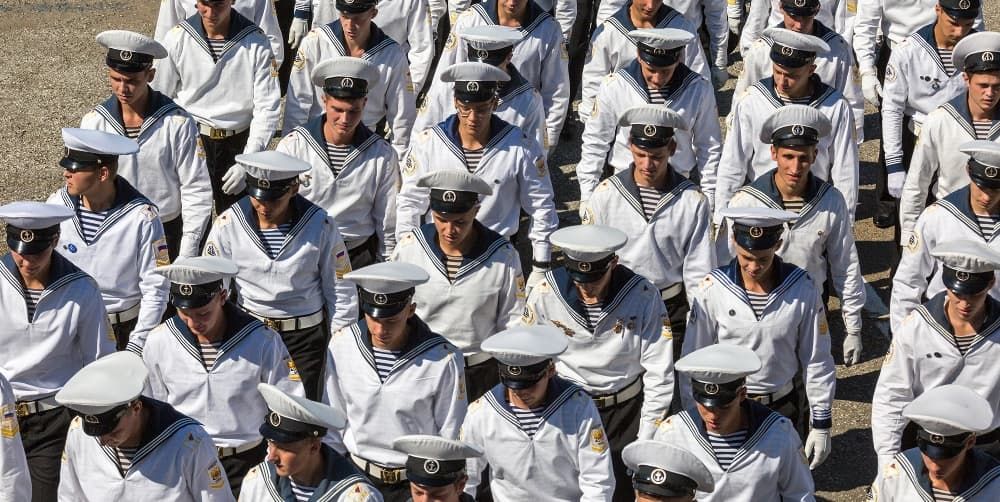
A historic and festive event
Hundreds of sailors from all over the world will be there to greet visitors. Captains will allow the general public to access to their ships especially for the event, free-of-charge. As visitors would expect of one of the highlights of the 2025 Un Été Au Havre season, these large-scale festivities also include a village with entertainment and concerts, a parade of crew members, the big parade as boats leave the bay of Le Havre, and plenty of other surprises that will be announced at a later date.
The Tall Ships Races: a long-standing tradition
The Tall Ships Races are organised by Sail Training International and are international races for tall ships. These races are designed to encourage international cooperation and training for young people in the art of sailing in a festive, sporting competition. The races are held annually in Europe and consist of various legs, each covering several hundred nautical miles, with festivities in between each leg. Monohull sailing ships measuring between 9.14 m and over 100 m in length take part. The departure of The Tall Ships Races from Le Havre at the beginning of July 2025 will be the first of the three biggest events in Europe involving historic sailing ships.
Le Havre, departure town for
The Tall Ships Races 2025
From 4 to 7 july 2025
Early opening of the village on 3 July at 6pm
On 7 July, the sailing ships will be leaving Le Havre and sailing towards Dunkirk, then Aberdeen in Scotland and Kristiansand in Norway, and will arrive in Esbjerg, Denmark. The race is sure to be an unforgettable maritime adventure, showcasing the beauty of these majestic tall ships.
Course 1 - Le Havre Dunkirk
Stopover : DUNKIRK
from 10 july to 13 july
Course 2 - Dunkirk Aberdeen
Stopover : Aberdeen
from 19 July to 22 July
Course 3 - Aberdeen Kristiansand
Stopover : Kristiansand
from 30 July to 2 August
Course 4 - Kristiansand Esbjerg
Stopover : Esbjerg
from 6 August to 9 August
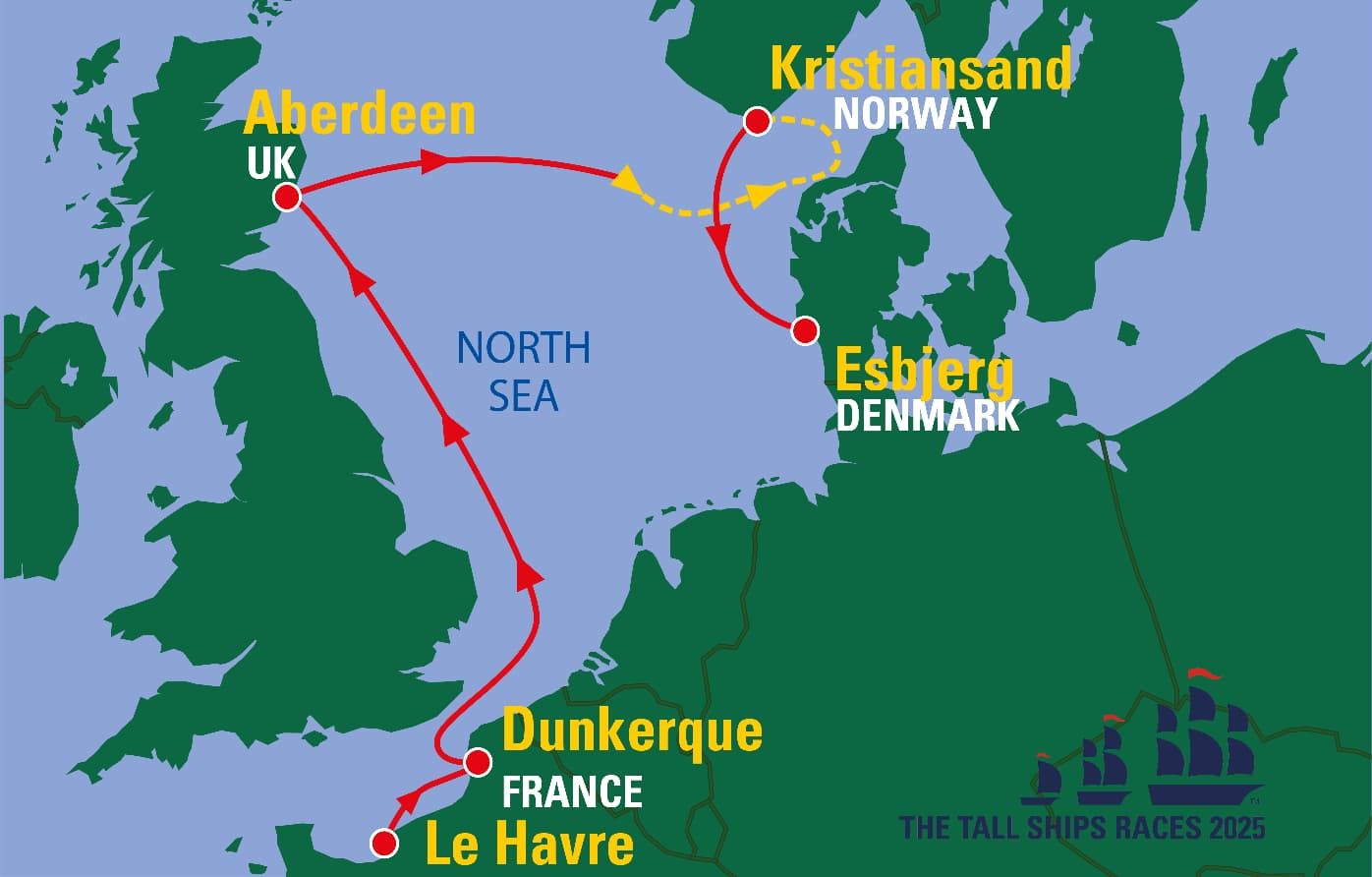
Boats

Belem
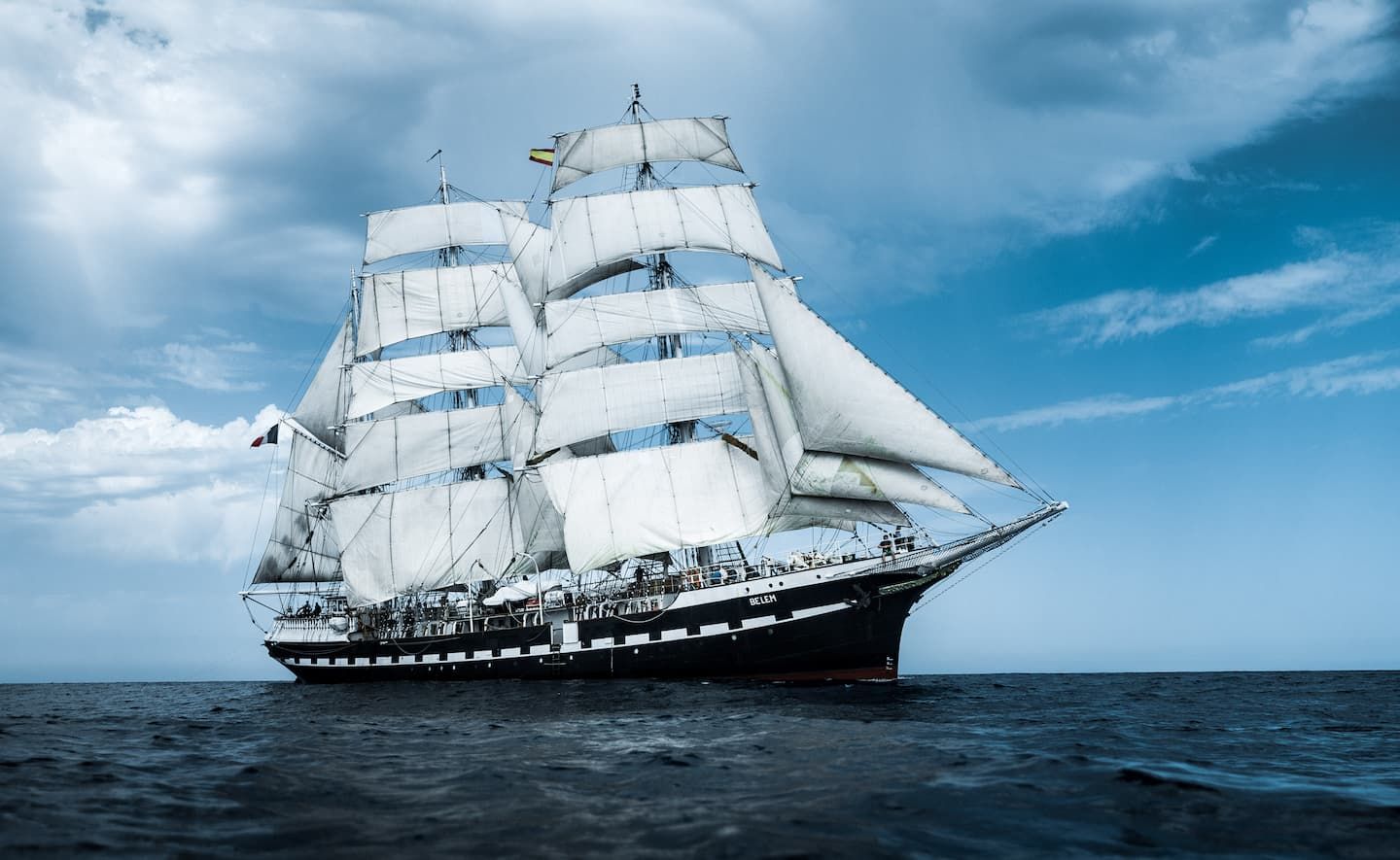

Belem is Europe’s oldest three-masted ship still on the waters.
It was built in 1896 in Chantenay-sur-Loire at the Dubigeon shipyard, commissioned by French shipowner Fernand Crouan to transport goods, mainly cocoa for famous chocolate maker Menier, between Brazil and France.
In May 1902, Belem arrived in the port of Saint-Pierre but its berth was already occupied by the Tamaya sailing ship. Captain Chauvelon had to anchor the ship in Le Robert on the other side of the island. This change in plans saved the Belem from the eruption of Mount Pelée which destroyed Saint-Pierre-de-la-Martinique on 8 May.
In 1914, the ‘Petit Antillais’ was sold to the Duke of Westminster who converted the ship into a luxurious pleasure yacht, adding saloons and cabins made from Cuban mahogany wood. In 1921, she became the property of brewer A.E. Guinness, who renamed her Fantôme II, and set off sailing around the world.
Belem was decommissioned in 1939 and almost completely abandoned on the Isle of Wight. In 1952, the Giorgio Cini Foundation in Venice rediscovered the ship and turned her into a sail training ship for young sailors.
On 27 January 1979, the French flag was returned to one of the ship’s masts and she got her original name of Belem back. The Caisses d’Epargne saved Belem, and bought the vessel back to Brest, with help from the French Navy, and this is where the first renovation work began.
The Fondation Belem was created in 1980, to turn the ship into a sail training ship for all. Today, those looking to learn about long-distance sailing can do so aboard the last French tall ship.
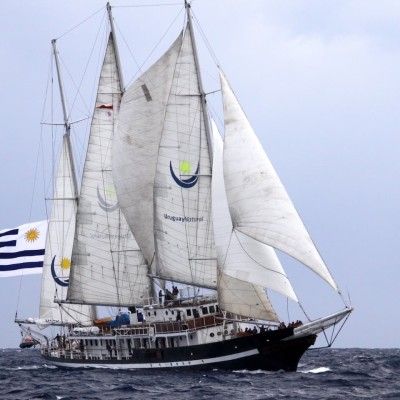
CAPITAN MIRANDA
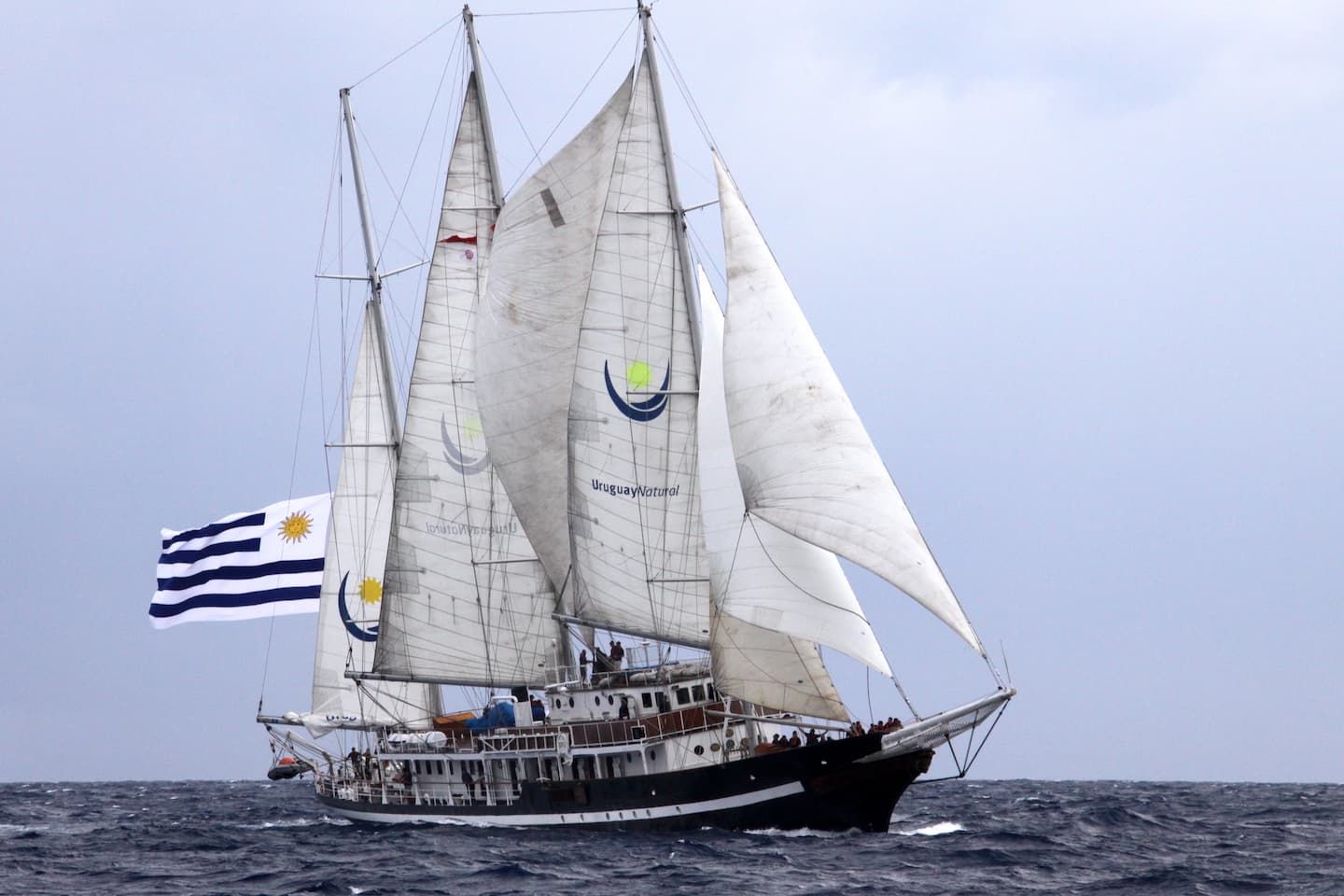
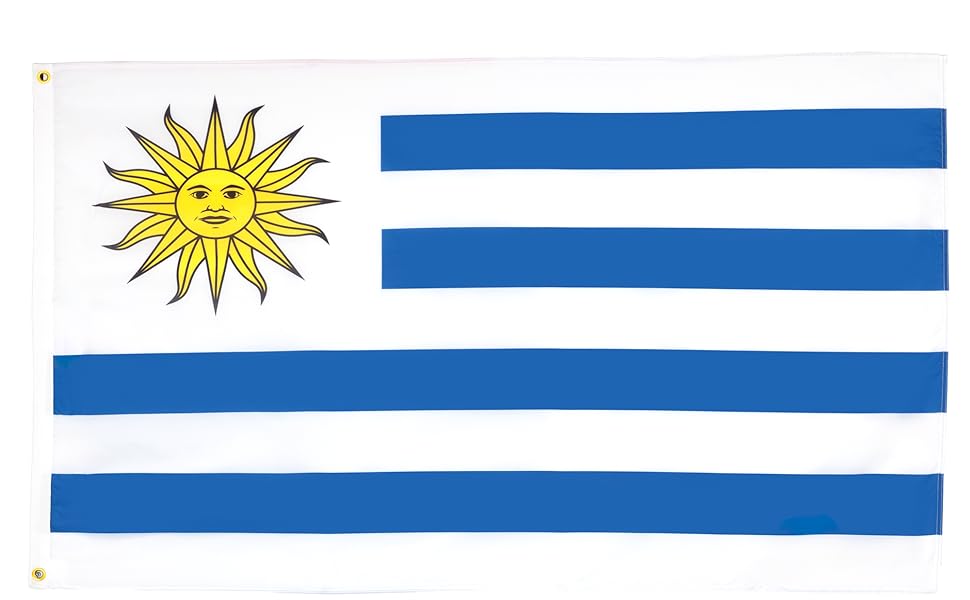
The Capitàn Miranda is a three-masted staysail schooner that has been a Uruguayan training ship since 1978. The vessel was built in 1930 in Cadix, Spain and was initially used to transport cargo between Europe and South America. In 1960, the Uruguayan Navy bought the ship to use as a hydrographic vessel, and renamed her Capitàn Miranda in tribute to an officer from the Uruguayan Navy. Back then, the ship had just two masts.
In the 1970s, she was due to be scrapped but instead was restored. The two masts were replaced by three duralumin masts and she was given new dacron sails. The ship has been used as a sail training ship since 1978, to train young officers from the Uruguayan Navy.
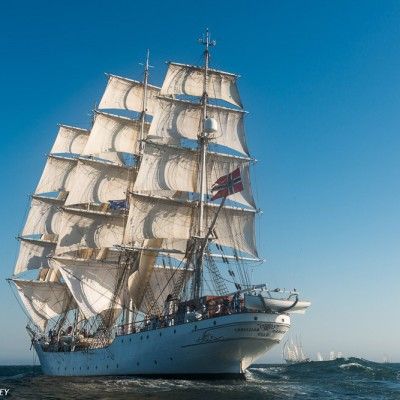
CHRISTIAN RADICH
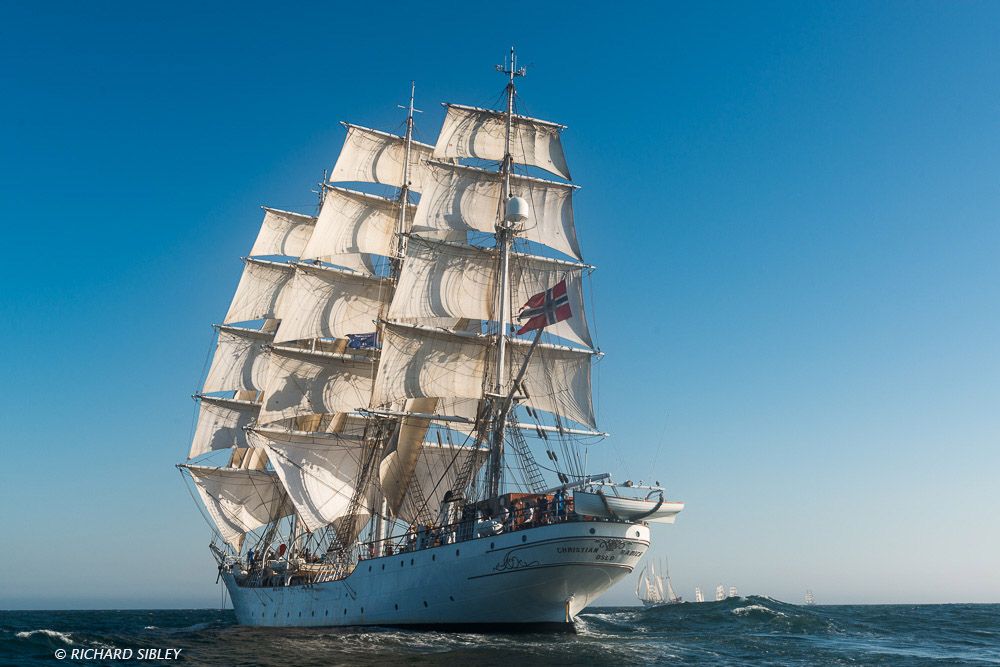
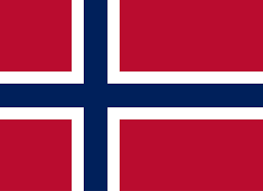
Christian Radich is a square-rigged, three-masted ship built by the Framnæs Mekaniske Værksted shipyard in Sandefjord, Norway, thanks to the patronage of businessman Christian Radich who, in the absence of an heir, left 50,000 krone to establish the Christian Radich Sail Training Foundation for the construction of a three-masted ship upon his death in 1889. The work only began in 1935.
The ship was designed as a sail training ship for the Norwegian Merchant Navy and was delivered on 17 June 1937.
Since 1999, she has been used on the charter market and has participated in multiple sailing events in Europe, including The Tall Ships Races.
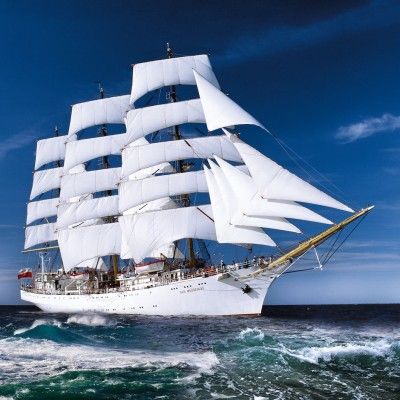
Dar Mlodziezy
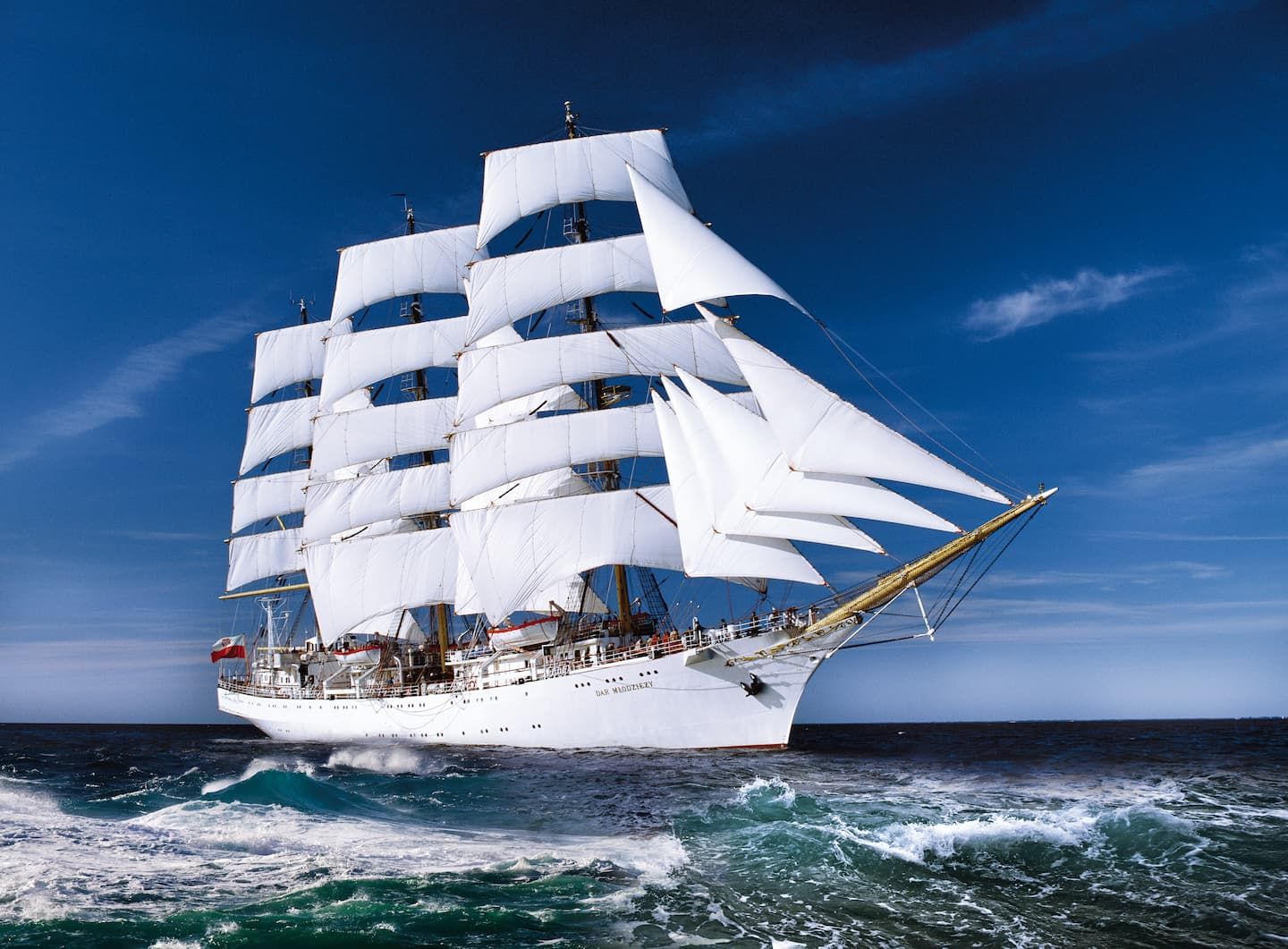

Dar Mlodziezy has been the property of the Gdynia maritime school since she was built in 1982.
Her name means ‘Gift of the Youth’ in Polish, and the ship replaced her forerunner, Dar Pormoza, which had been used to train future officers of the merchant and fishing fleets for over fifty years.
The vessel proved to be a very successful sail training ship and so sister ships were built: Druzhba, Khersonses, Mir, Nadeshda and Pallada. For the past 25 years, she has been a regular participant in the Tall Ships Races.
The ship made her debut in 1982 when she crossed the departure line immediately after being put into operation. The vessel has sailed around the globe several times, one of which was to celebrate the 200th anniversary of Australia in Sydney in 1988.
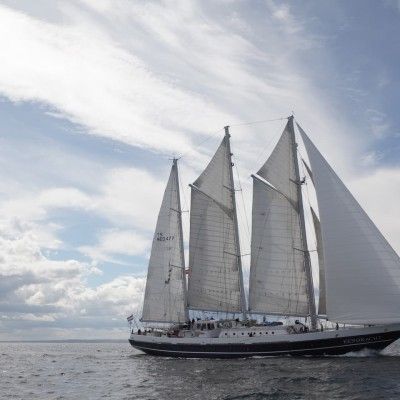
Eendracht
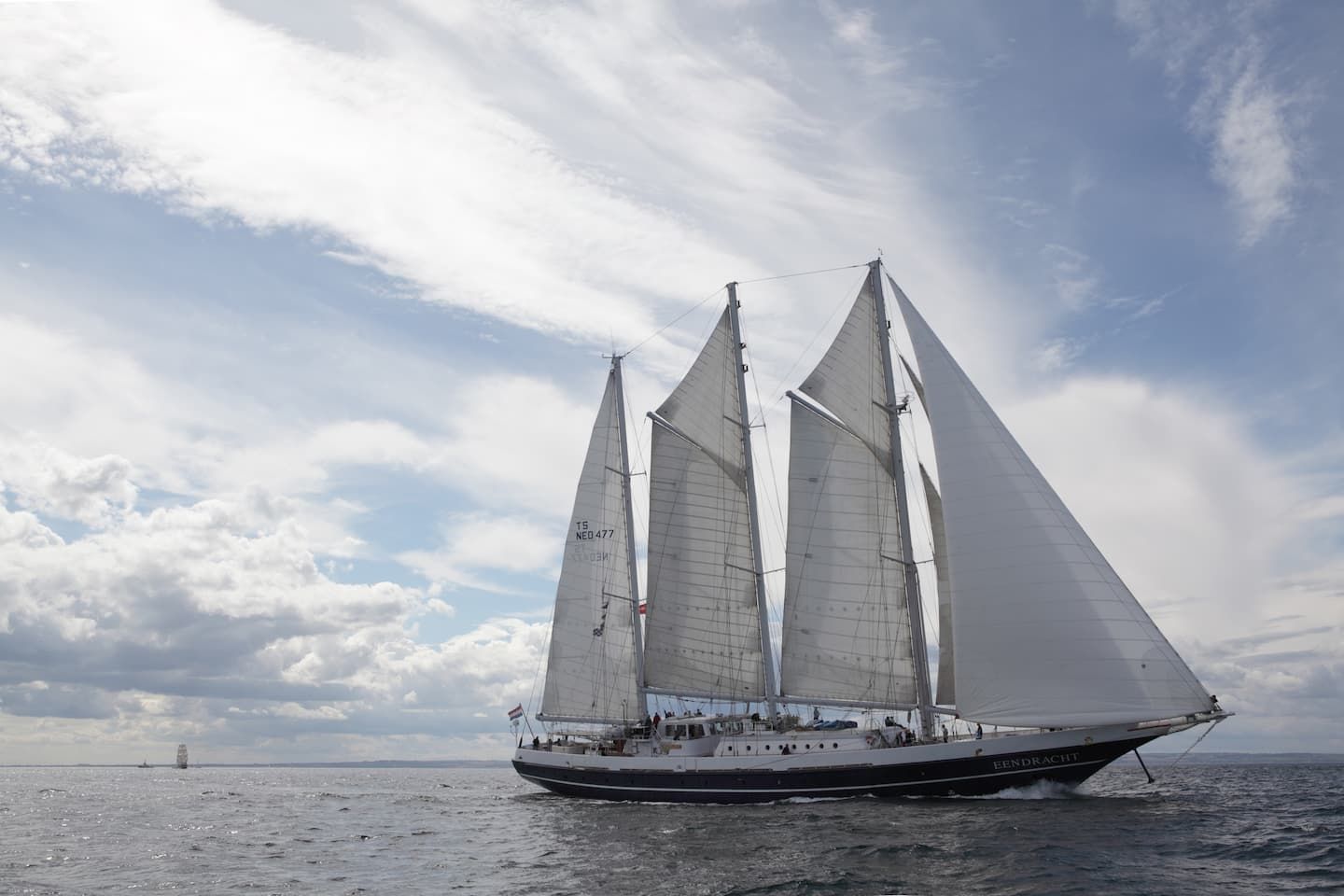
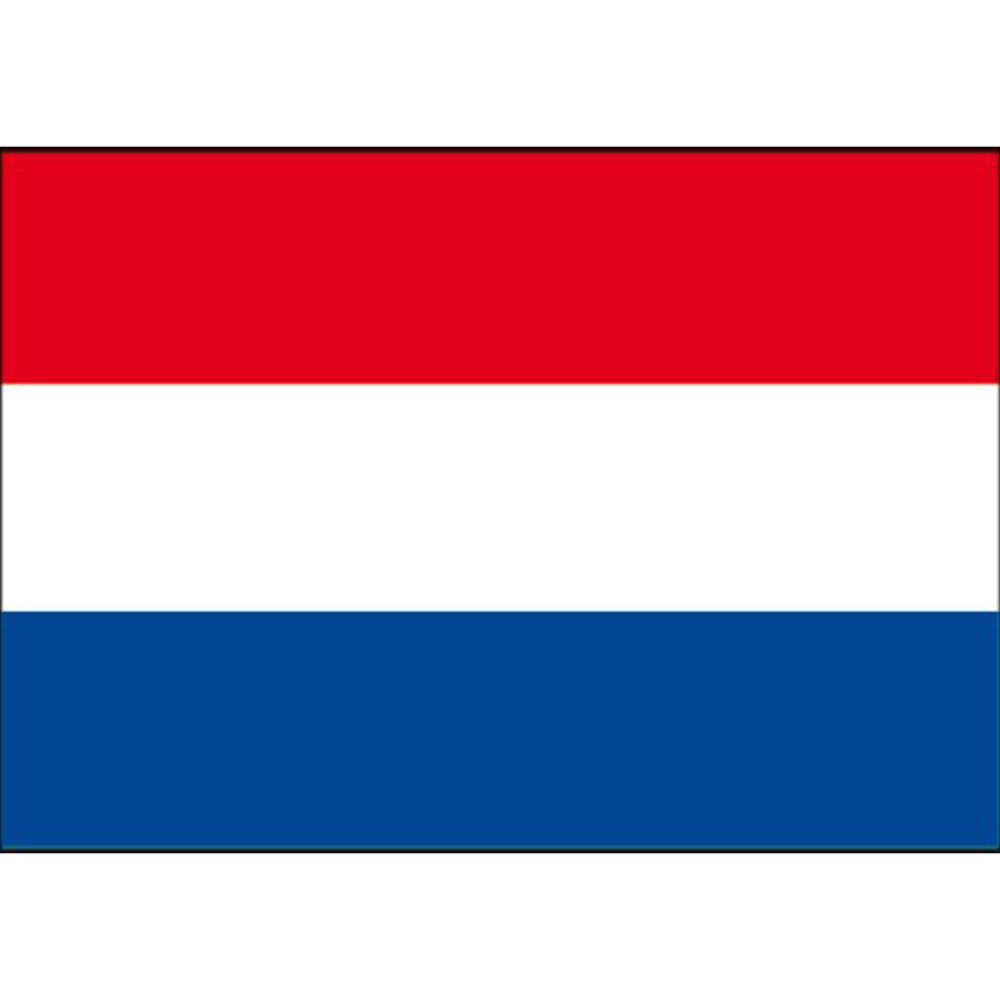
The Eendracht sailing ship is managed and operated by Dutch foundation, Stichting het Zeilend Zeeschip (the Sailing Seaship Foundation) and used to offer young people and adults exciting sailing experiences, while reflecting the maritime traditions of the Netherlands as a maritime nation.
As a three-masted schooner measuring 55 metres (excluding the bowsprit), Eendracht follows on from her smaller forerunner, Johann Schmidt, and was inaugurated by Queen Beatrix of the Netherlands on 29 August 1989. Eendracht participates in tall ships races on a regular basis.
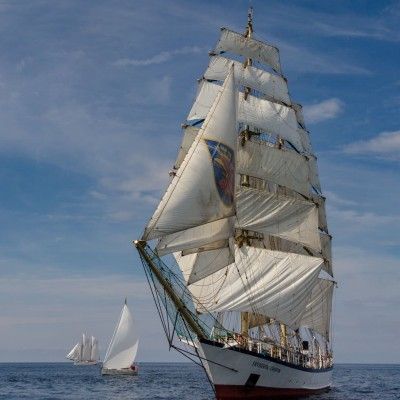
FRYDERYK CHOPIN
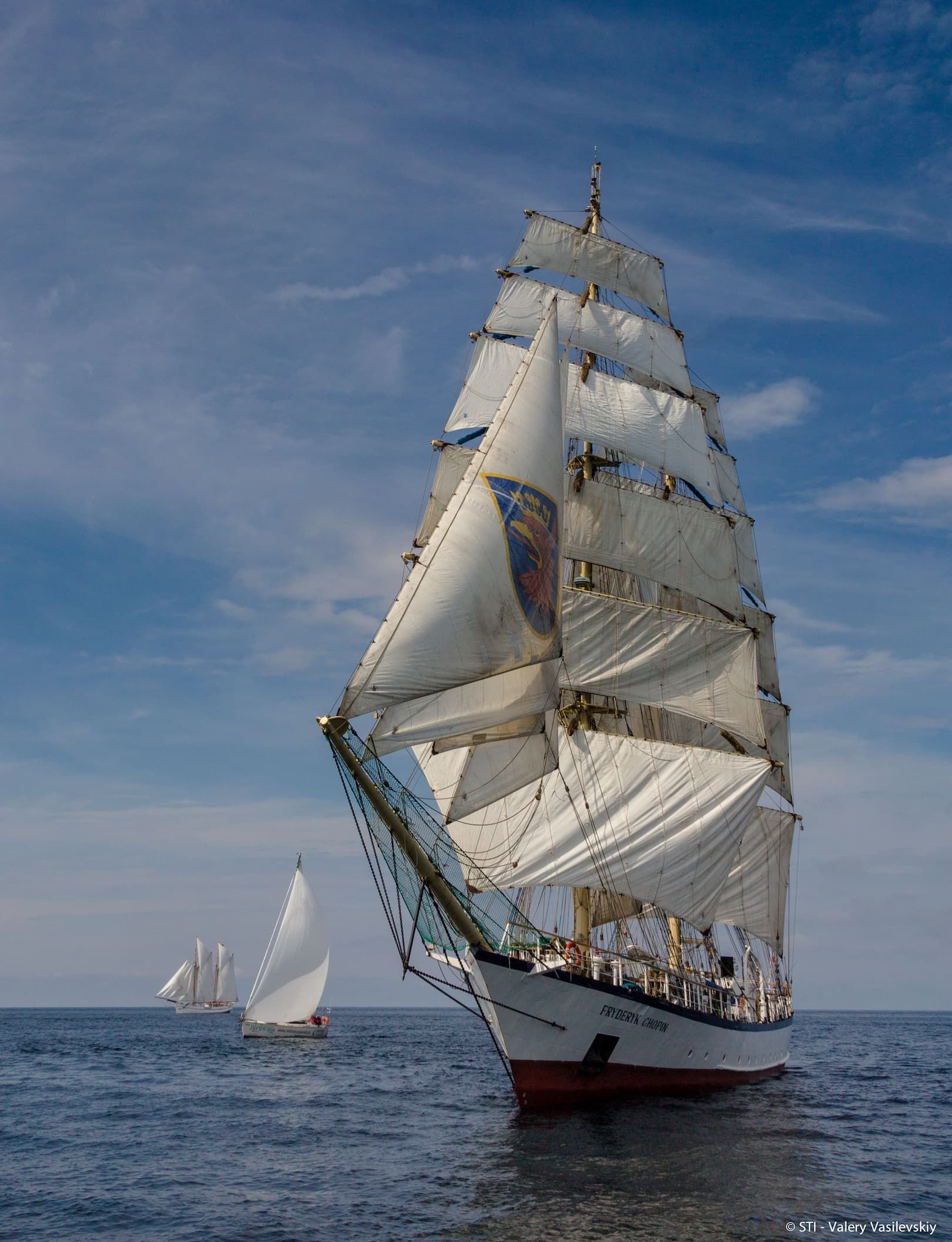

Fryderyk Chopin is the most recent of Poland’s tall ships. She was built between 1990 and 1992 at the Dora shipyard in Gdansk for the International Class Afloat Foundation, and was commissioned by the foundation’s president, Captain Krzysztof Baranowski and his associate, Captain Ziemowit Baranski. The ship was designed by Zygmunt Choren, who was also behind the sailing ships Pogoria and Dar Młodziezy.
Named in honour of the famous Polish composer from the 19th century, Fryderyk Chopin can be recognised by its long bowsprit that enables five sails to be deployed at the bow, so that the ship can sail in light winds. Each mast has a maximum height of 6 metres, which is particularly rare. The total surface area of the rig is 1,200 m².
Since the year 2000, the vessel has been the property of the European School of Law and Administration in Warsaw. Today, Fryderyk Chopin is still used for its initial mission which is for various sail training projects. The ship is used by sailing schools, sailing academies, for architect cruises, organised cruises for the Baltic university programme, as well as other training courses for tall ship enthusiasts.
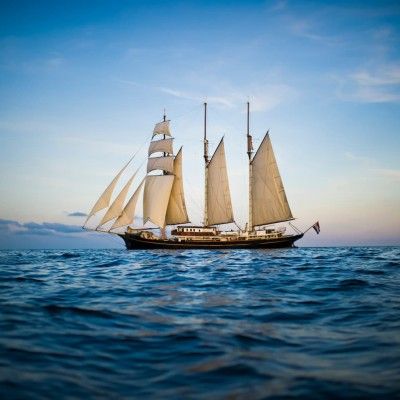
GULDEN LEEUW
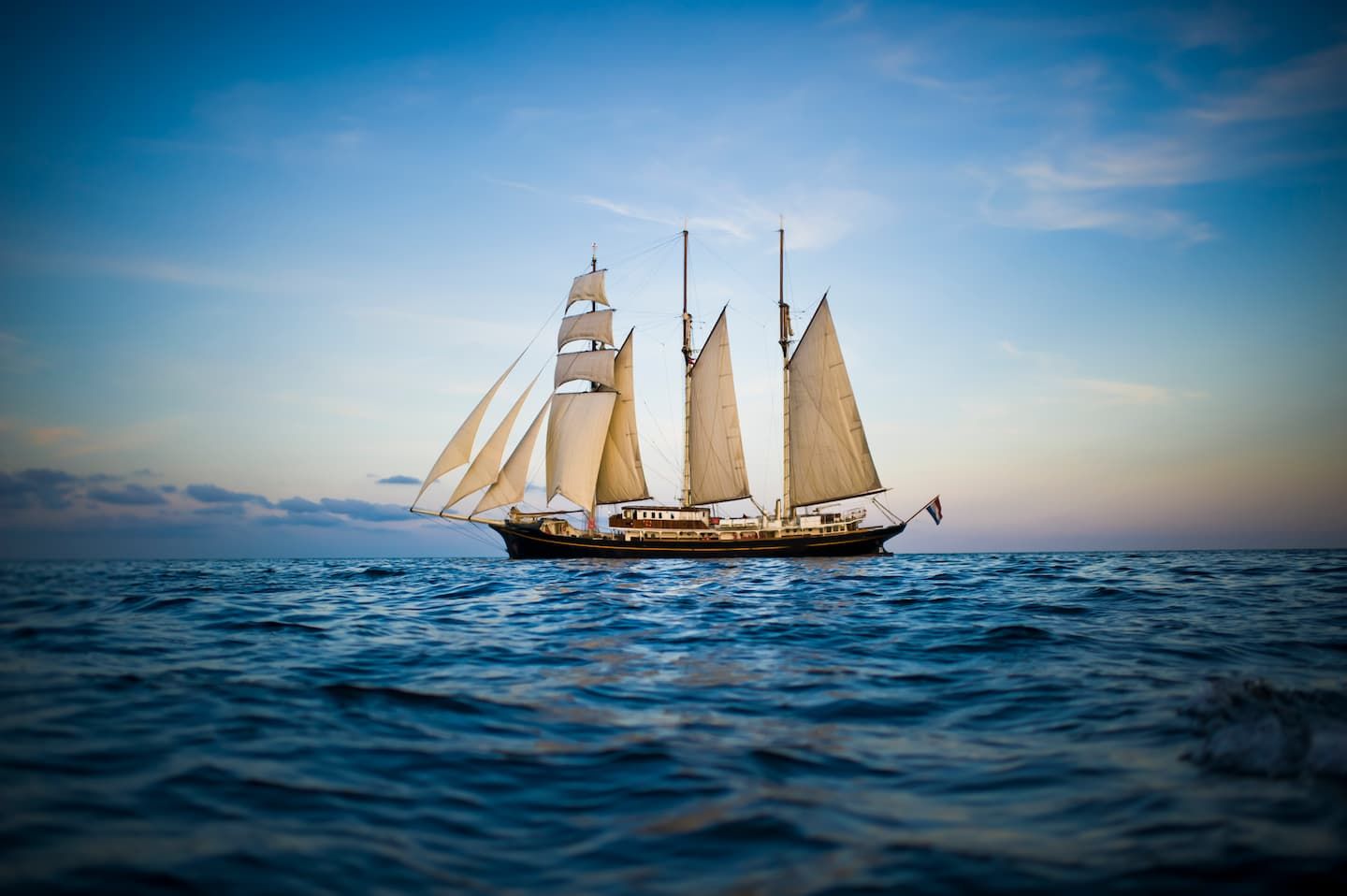

Gulden Leeuw is a tall ship from the 1930s, with a deck in the style of a classic yacht.
Dana was built in 1937 for the Danish Ministry of Agriculture and Fishing as a polar class oceanic research vessel. During the vessel’s service for the Danish government, she was often used for marine biology research, both in Danish and international waters. This ship has a fascinating history as it has been used as a research vessel, supply ship and even a sail training ship for a Danish sailing school.
Over the last two years, the vessel has been transformed into a three-masted topsail schooner, with a yardarm placed across the mizzen mast. This versatile rig boasts the advantages of both a square rig and longitudinal framing.
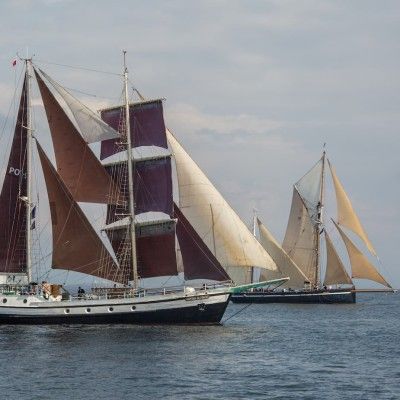
KAPITAN GLOWACKI
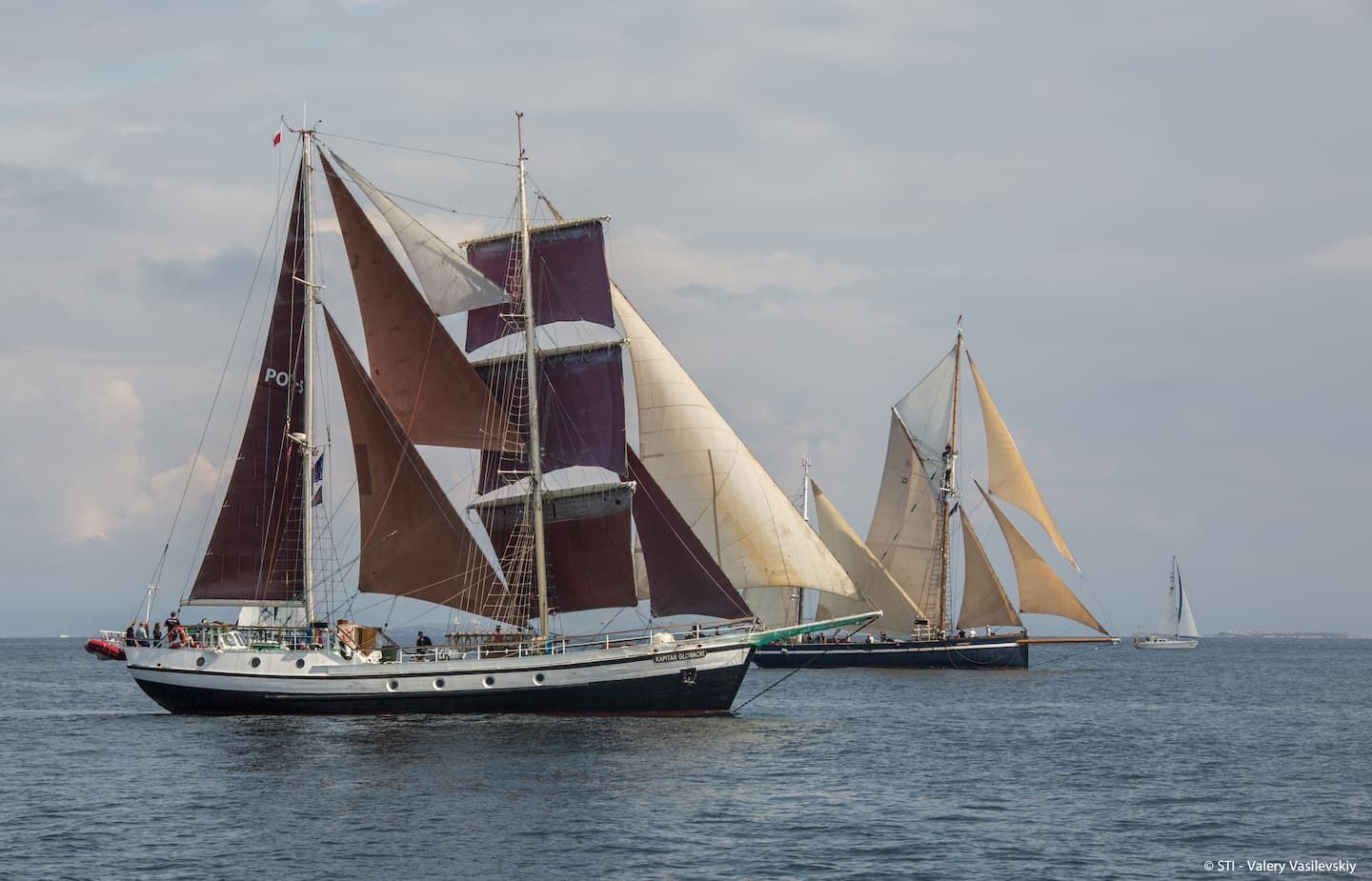

Kapitan Głowacki was built around 1942 in Germany as a semi-military ship. She was abandoned after the war and found by some Polish people lying in the sand in north-west Poland. She was quickly renovated as a sailing ship and served as a sail training vessel for maritime schools in Poland during the 1950s, 1960s and part of the 1970s.
In the 1980s she was rebuilt again, this time as a square rigger and let as a school ship for the Polish Sailing Association. Kapitan Głowacki is now operated by 3Oceans Ltd.
She has been a regular participant in The Tall Ships Races.
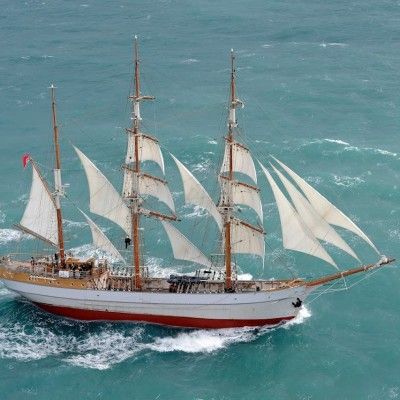
LE FRANÇAIS
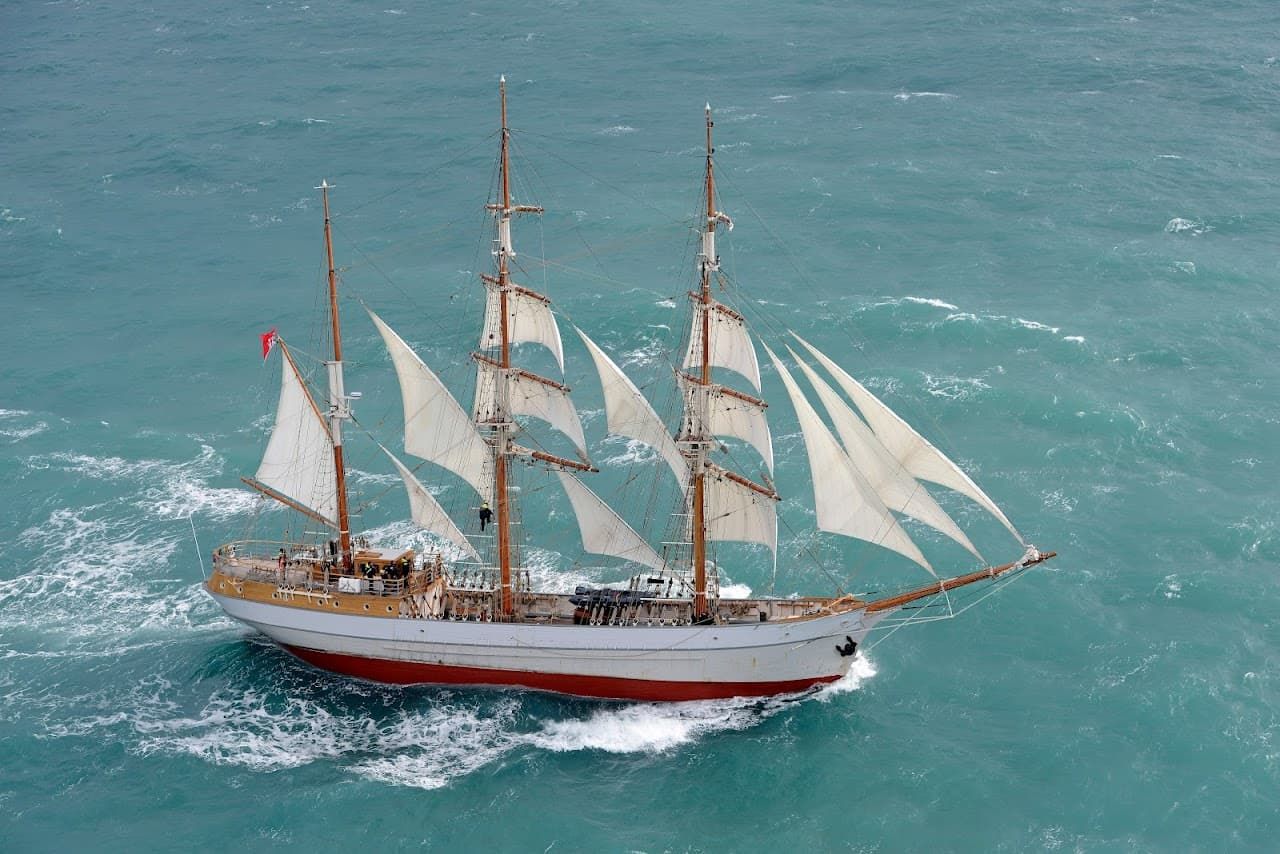

Le Français is a tall ship under the French flag and moored in the corsair town of Saint-Malo. The ship was built by the J. Ring-Anderson de Svendborg shipyard in Denmark for the Royal Greenland Trading Company.
She was launched in 1948 under the name Kaskelot, and this wooden boat with ketch framing and a double hull was initially used to carry supplies to Greenland,
before being used as a support vessel for fisheries in the Faroe Islands.
It is one of the last remaining traditional tall ships in Europe.

MORGENSTER
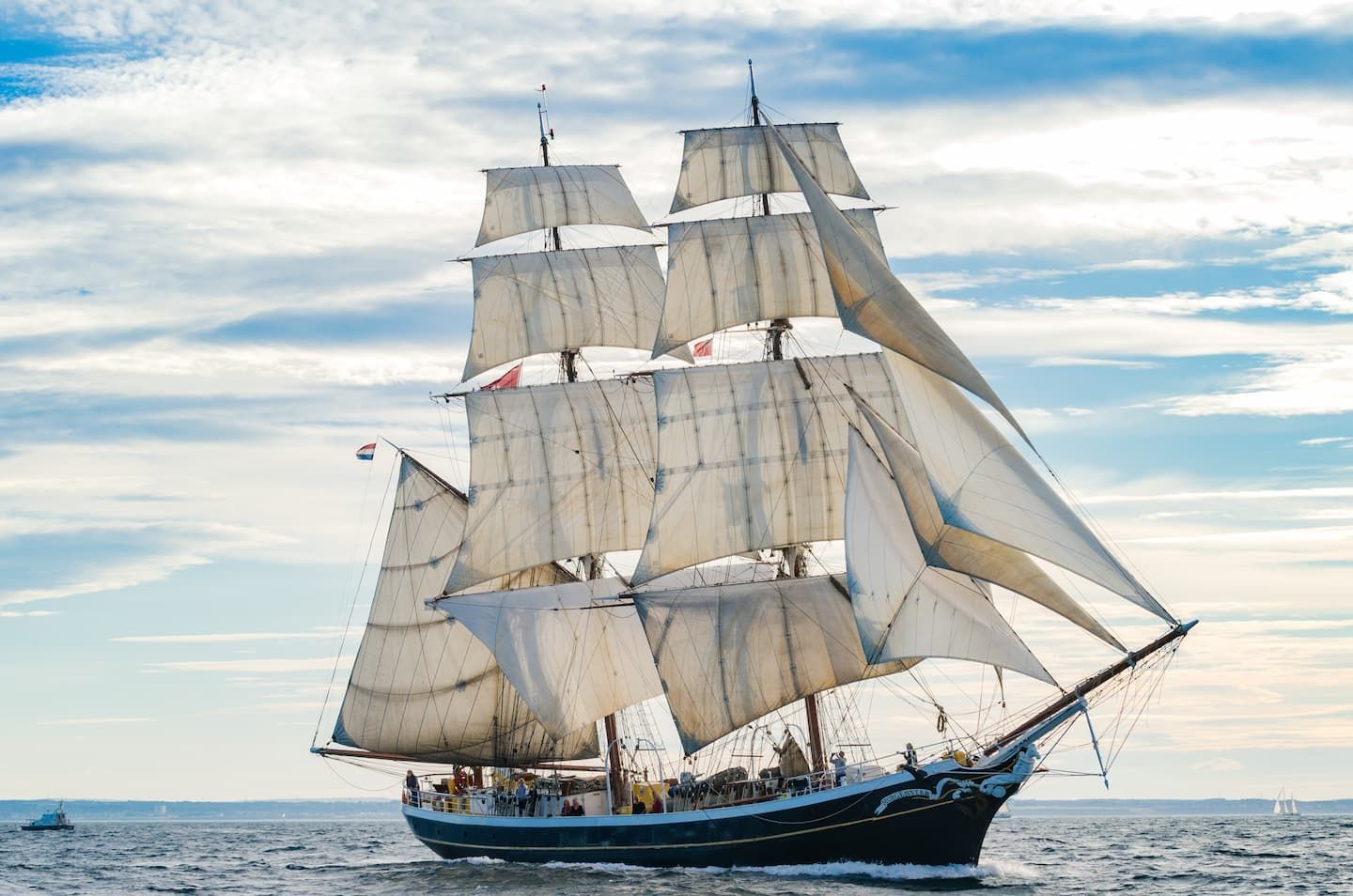

Morgenster is a Dutch two-masted steel ship that was restored in 2008 to be able to participate in tall ships races.
She was launched on 2 June 2008 and had previously been used as a fishing vessel in the North Sea since 1919.
Morgenster joined the Frisian Sailing Company fleet and sails mainly along the western European coasts. This traditional sailing ship combines authentic details with contemporary luxury.
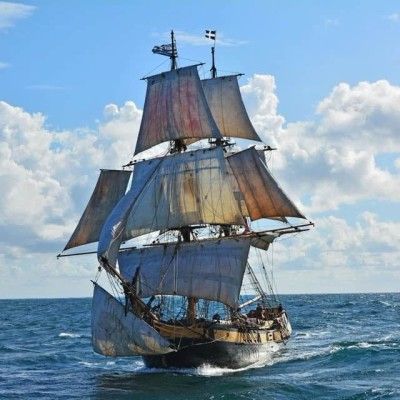
PHOENIX
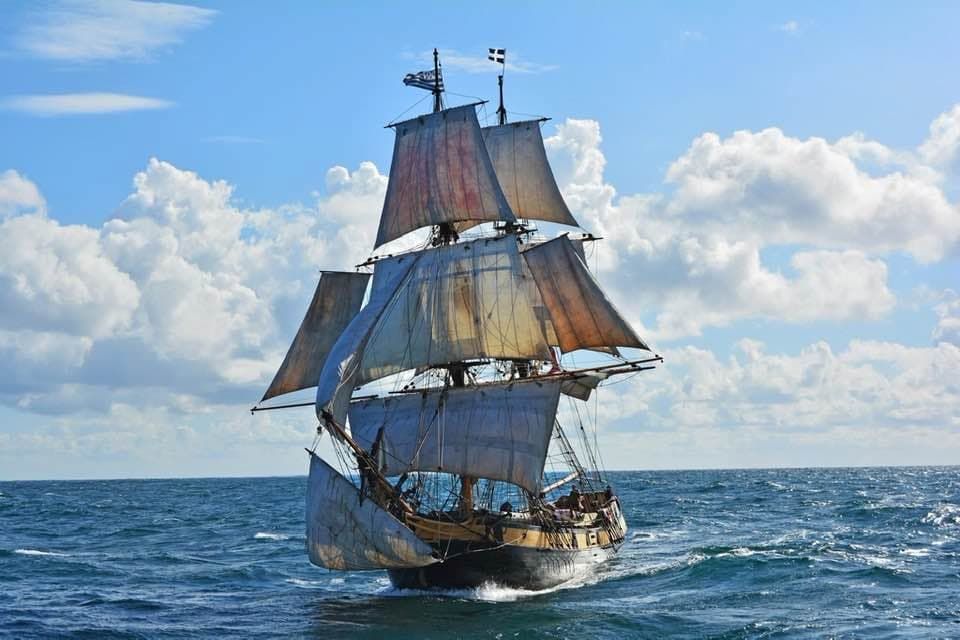

This replica of an 18th-century Danish vessel was originally a schooner for a Danish Evangelical Mission.
In the 1950s, she became a coaster in the North Sea. In 1974, the ship was converted into a brigantine and then in 1988 was purchased by an English company that also owned the vessels Earl of Pembroke and Kaskelot, used for filming.
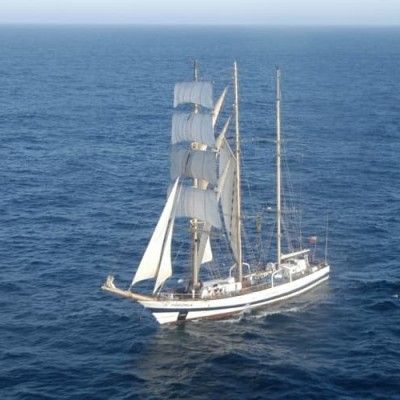
POGORIA


Pogoria was built in 1980 for the Iron Shackle Fraternity, a maritime education project that was created and founded by Captain Adam Jasser in 1971.
This project was then supported by Polish national television and the television programme ‘Flying Dutchman’.
The current owner and operator of Pogoria is the Pomeranian Sailing Association, based in Gdynia.
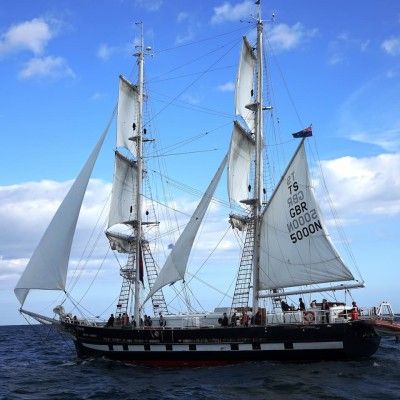
ROYALIST
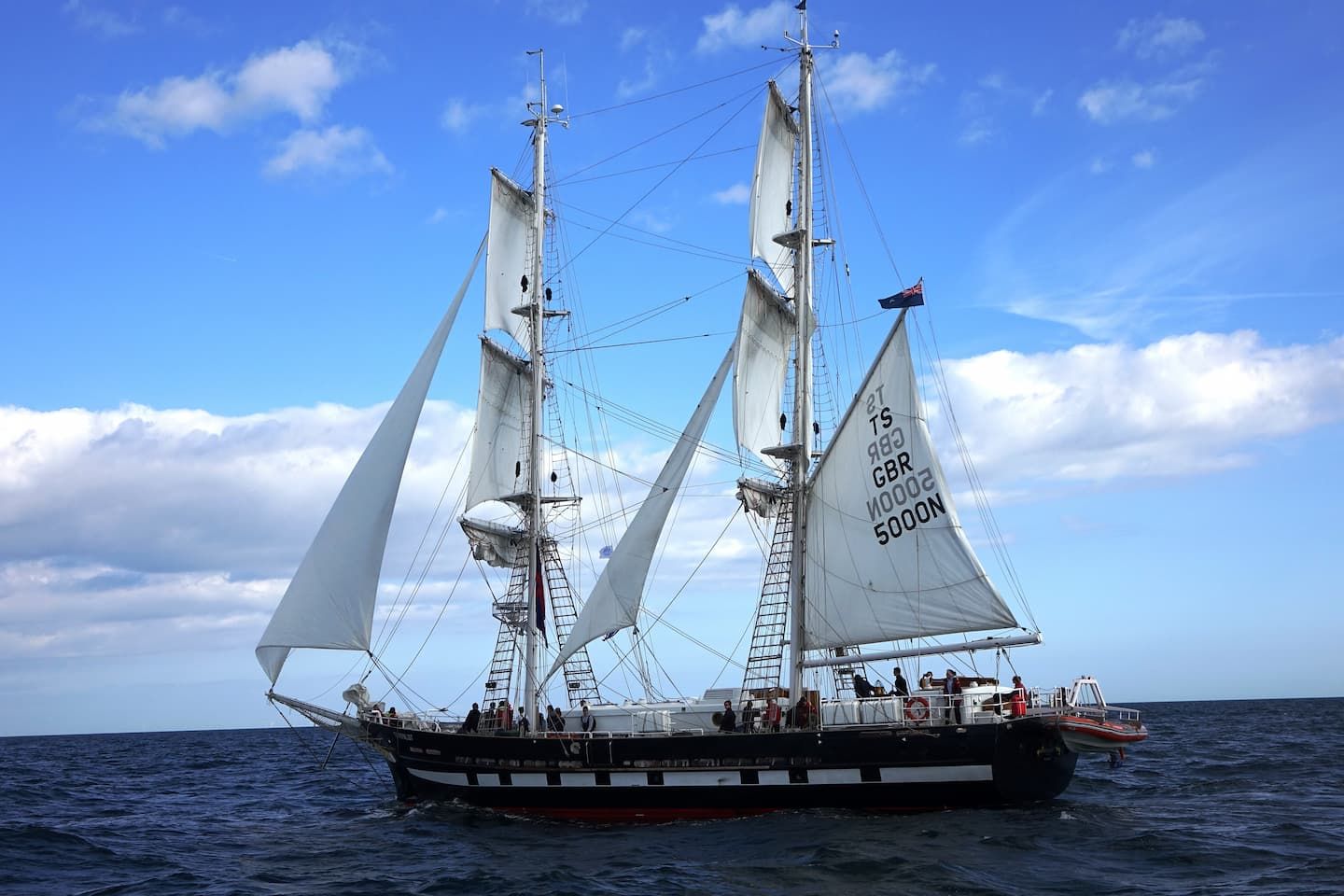

TS Royalist is the flagship brig-rigged sail training ship used by the Sea Cadets and takes twenty-four cadets out to sea on six-day expeditions.
The vessel was designed by Acubens and built in 2014/2015 at the Spanish Astilleros Gondan shipyard, then officially named by Princess Anne.
The brig design was inspired by faster large yachts with optimal use of space, better sailing capacity and improved performance. This ship is faster and easier to manoeuvre than her predecessor, and is also more economical to operate, making it the perfect choice to introduce young sailors to high sea racing and to teach them advanced sailing skills and techniques.
Maritime heritage and sail training, including leadership and teamwork, are deeply rooted in the philosophy and culture of the non-profit organisation. As the flagship vessel of the Sea Cadets, TS ROYALIST continues to play a central role in this mission. For so many young people, a voyage aboard this ship is an eye-opening experience, offering them a deep feeling of accomplishment, self-worth and confidence that they will need to be able to face the challenges of adulthood. The Marine Society and Sea Cadets believe that a voyage at sea provides these young cadets with essential skills, preparing them to become leaders, sailors and guardians of our future communities.
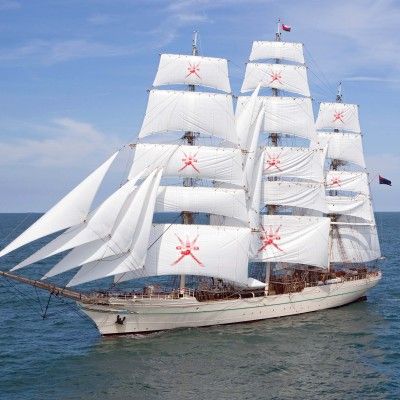
SHABAB OMAN II
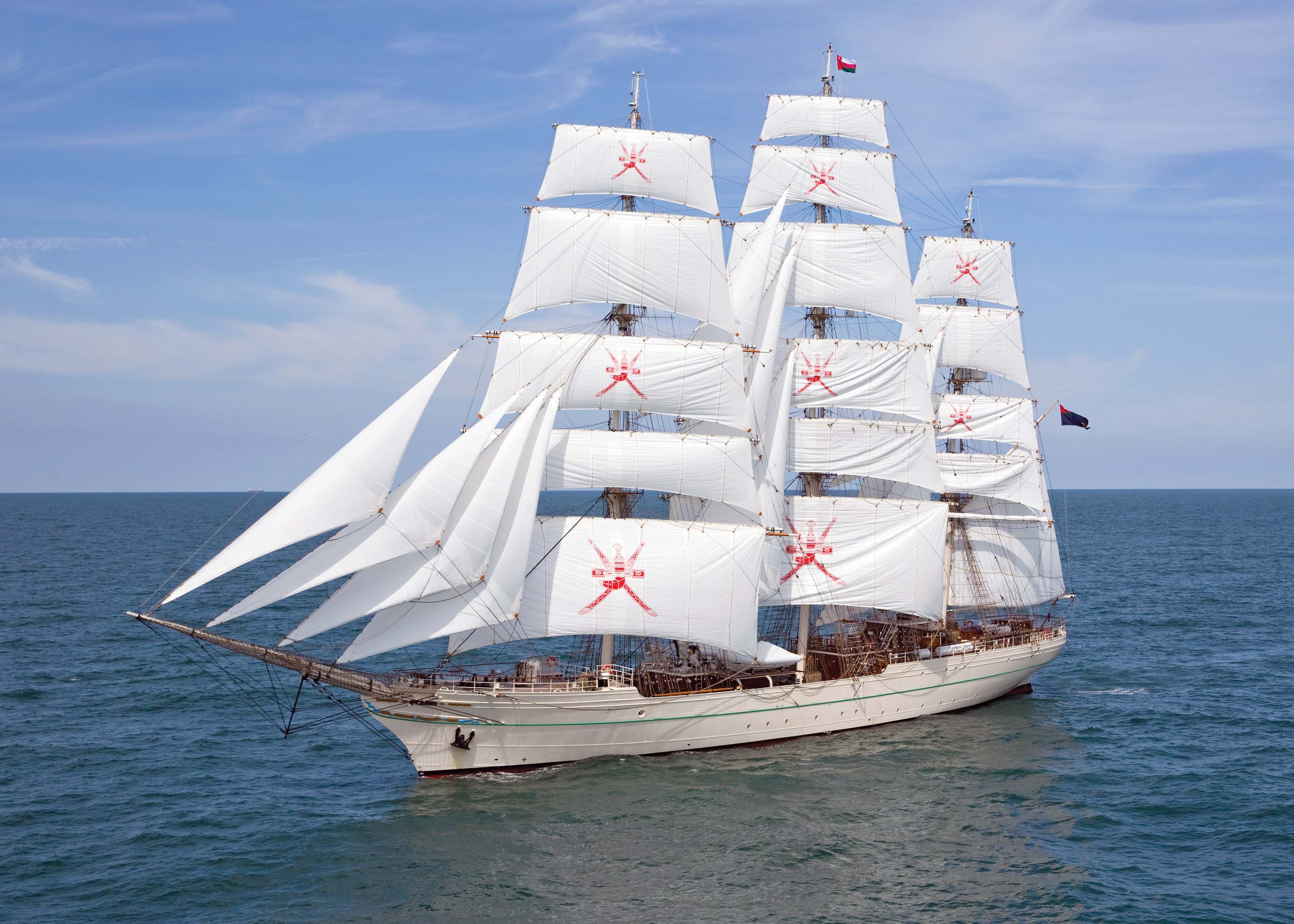
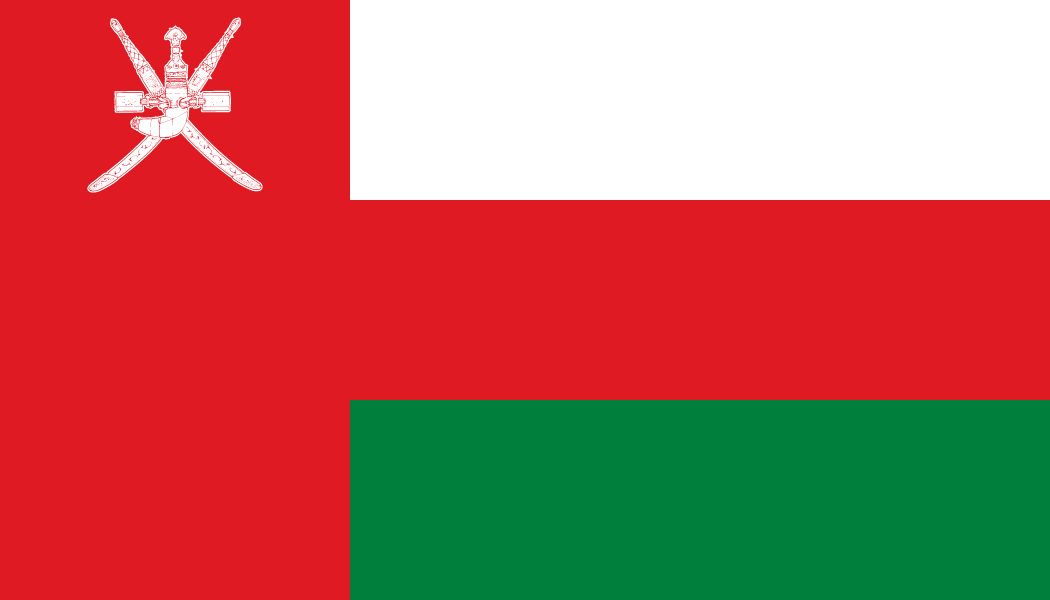
The new ship is a three-masted squared rigged clipper, and with her distinctive ‘V’ shaped hull, the ship is built for speed. She has 29 sails measuring 2,630 square metres in total, to give her a sailing speed of up to 17 knots. She has a crew of at least 90 made up of 54 permanent crew and 36 trainees.
Construction of the ship was entrusted to Damen, a Dutch shipbuilder. The first stage of construction – building the steel hull – was carried out at a Damen shipyard in Galati on the Black Sea coast in Romania, at the mouth of the Danube. Every stage of construction was supervised by a special team of Royal Navy of Oman officers who lived in Romania and the Netherlands while the ship was built.
The hull of the new ship was launched in November 2013, and then towed through the Black Sea and the Bosporus.
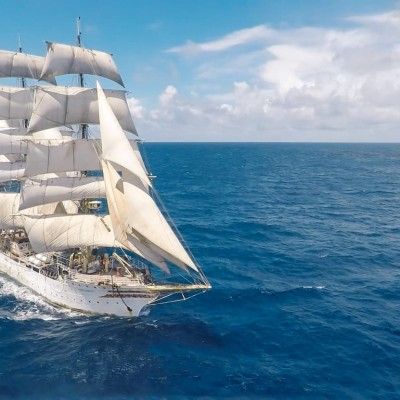
Sørlandet
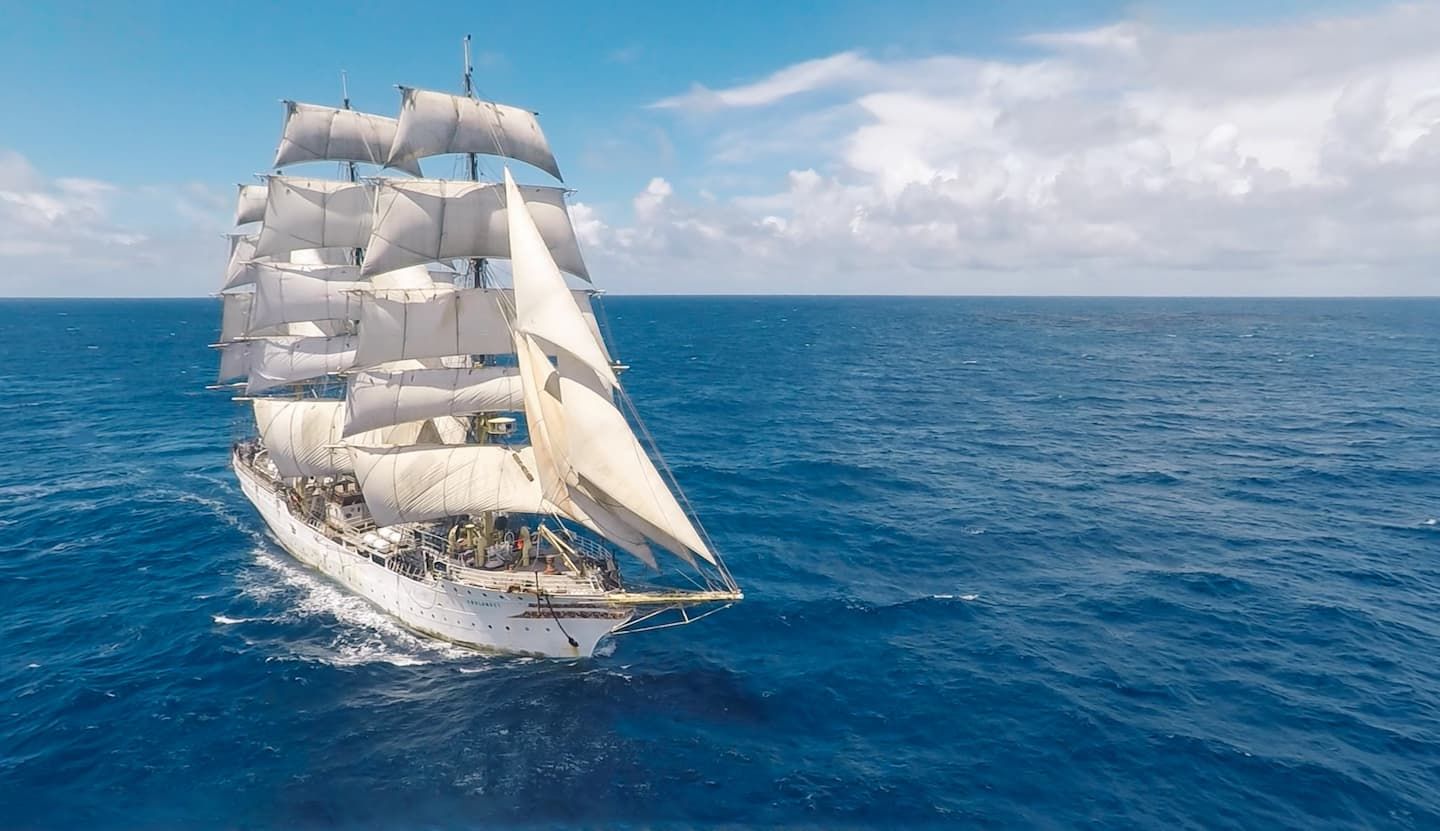

Sørlandet, literally meaning ‘country of the south’ and also the name of a region in Norway, is a square-rigged, three-masted sail training ship.
This Norwegian three-masted ship was financed by shipowner Skjelbred, and began her career at the Norwegian Merchant Navy school in 1927. She was not originally equipped with engines.
The ship’s maiden voyage was to Oslo with King Haakon of Norway and the Crown Prince Olav aboard.
In 1933, after her first crossing of the Atlantic, she represented Norway in the World Fair of 1933 in Chicago.
In 1940, this ship was seized by the German army and transformed into a military prison. She was sunk by a Russian bomb in mysterious circumstances and then refloated by occupying troops to use as lodgings for U-Boote crew members.
When she was liberated, restoration work began and the ship was put back into service in 1947. The vessel resumed its use as a sail training ship up until 1973, when the Merchant Navy school sold her.
In 1956, the ship participated in her first tall ships race between Torbay and Lisbon. In 1960, she was equipped with engines and took part in the prestigious Tall Ships Races.
Benefactor Kristian Skjelbred-Knudsen’s grandson donated the ship to the town of Kristiansand in 1977.
After renovation in 1981, the Sørlandet sail training ship now welcomes Merchant Navy cadets of all nationalities for educational, introductory voyages in the northern Atlantic and North Sea.
Cadets from the Norwegian Royal Navy occasionally participate.
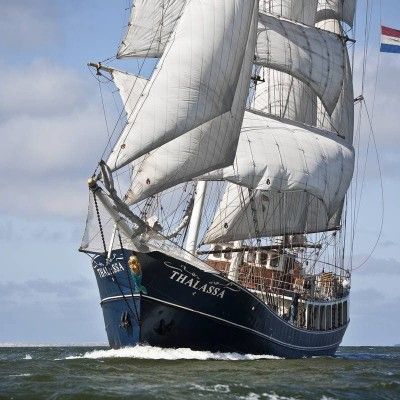
THALASSA
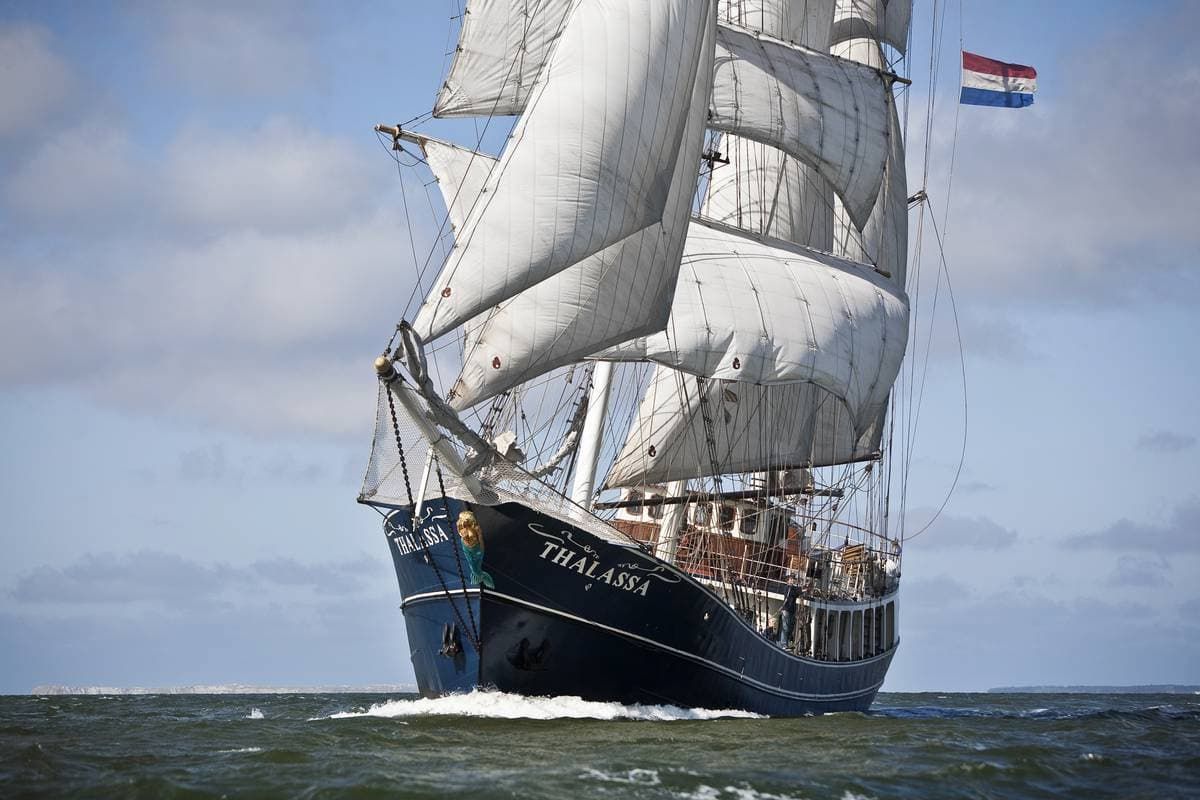

Thalassa was given a new lease of life. The hull is from Dutch fishing ship, Reliquinda, built in 1980 near Amsterdam.
She was formerly a fishing side trawler. In August 1984, she sank after striking a World War Two shipwreck.
In 1995, two friends, Arnold Hylkema and Henk Stallinga, decided to transform this old fishing ship and designed their dreamed ship, taking only the hull. Even though Thalassa was refloated after sinking, she needed too much work doing to be able to resume use as a fishing ship. The two friends transformed the vessel into a luxurious tall sailing ship. They are still the owners. The vessel, now rigged as a three-masted schooner, was launched under the Dutch flag and its homeport became Harlingen.
This sailing ship has eighteen cabins and often sails with 34 passengers aboard as well as the crew. She can also take up to 120 passengers aboard for day trips.
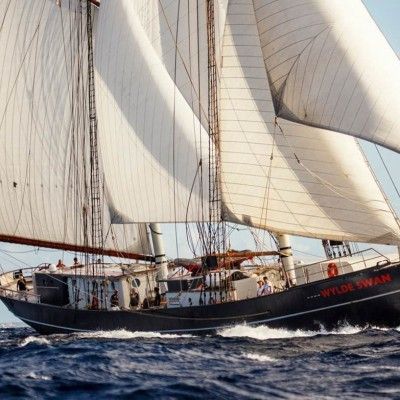
WYLDE SWAN
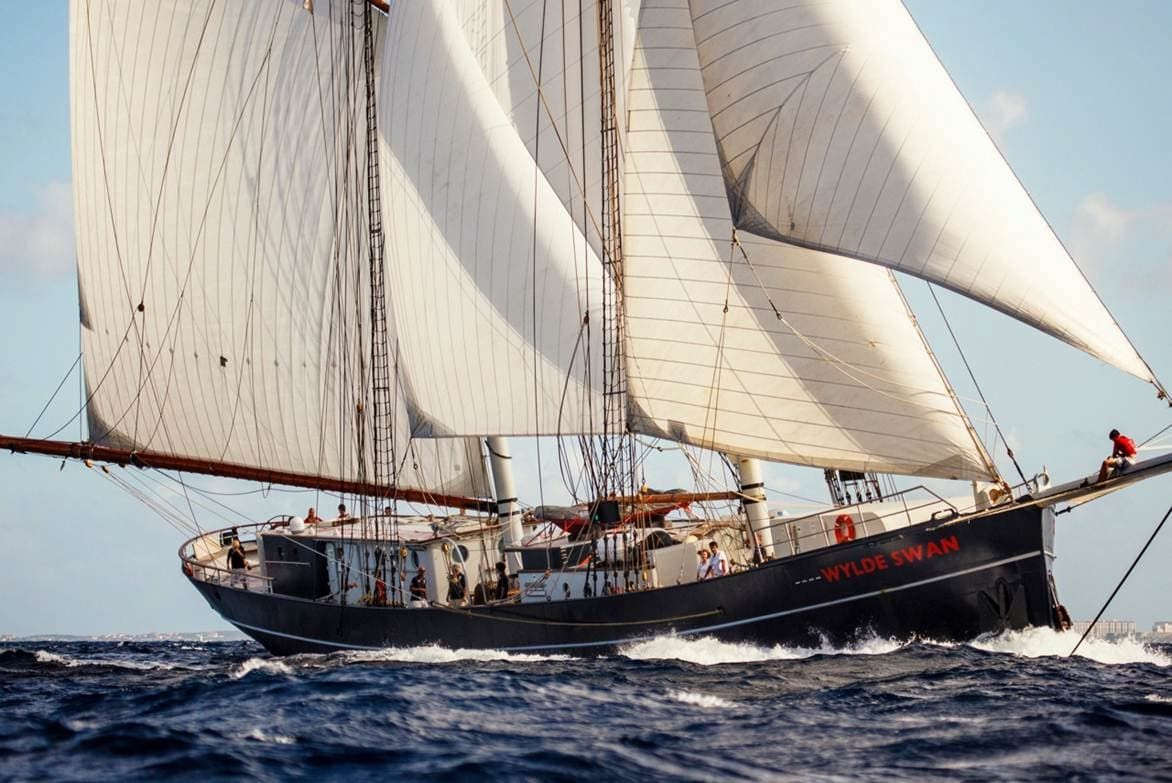

The Dutch Wylde Swan sailing ship was designed for speed. In the 1920s, it was built as a steamship, transporting fresh herring from fishing zones to the markets on dry land. The streamlined hull is characteristic of the big schooners of the 1900s.
Wylde Swan is the world’s biggest two-masted topsail schooner, built to win races and cross oceans.
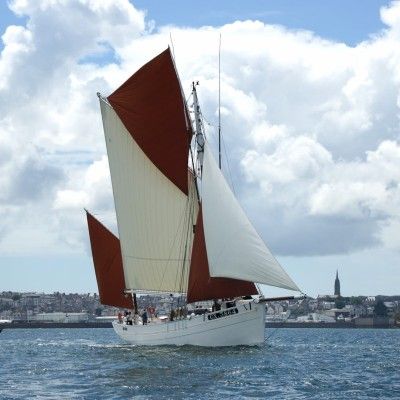
BICHE
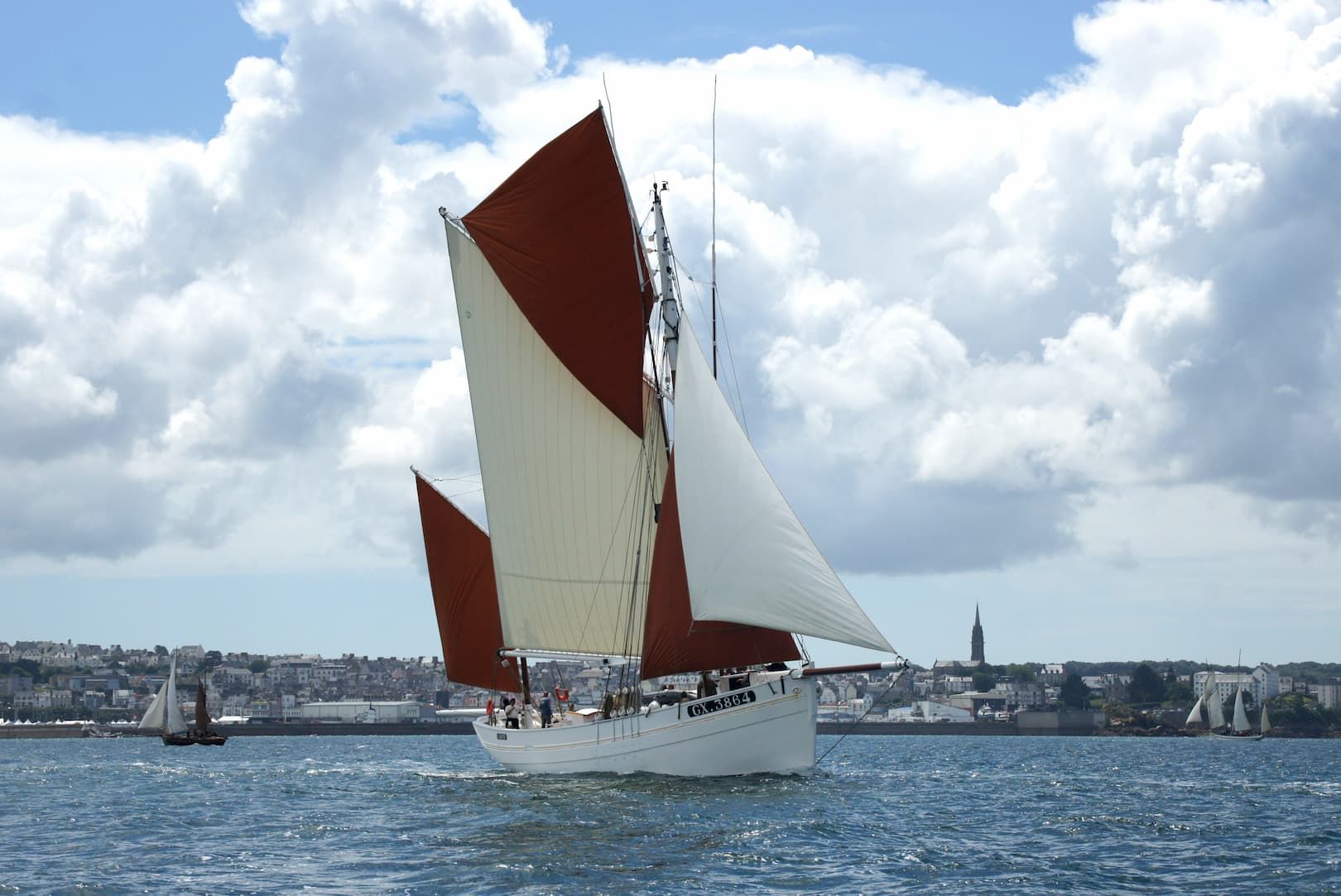

Biche was built in 1934 in Les Sables-d’Olonne for a skipper from Groix, and was used as a tuna boat up until 1956, before sailing under the Belgian and English flags.
In 1992, the vessel was purchased by the Musée Portuaire de Douarnenez, then restored by our association ‘Les Amis du Biche’. The Biche now sails once again, and is a shining example of Brittany’s maritime history. She is the last surviving vessel of the famous Dundee-rigged tuna boats of the Atlantic, that were built between 1900 and 1936.
Since 2012, under the supervision and expert advice of a professional and experienced crew, Biche has been taking people aboard to discover the world of sailing, to practice, learn and participate in various manoeuvres such as raising and lowering the sails, handling the hawsers, etc. Biche provides groups, individuals, disadvantaged youth and disabled people with the chance to practice working as a team.
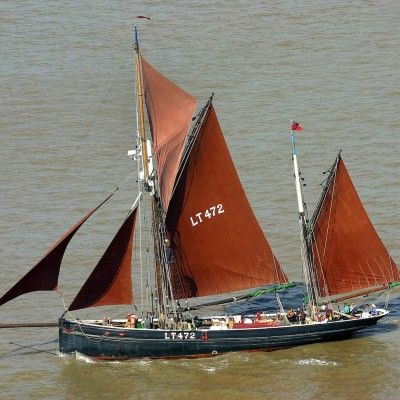
EXCELSIOR
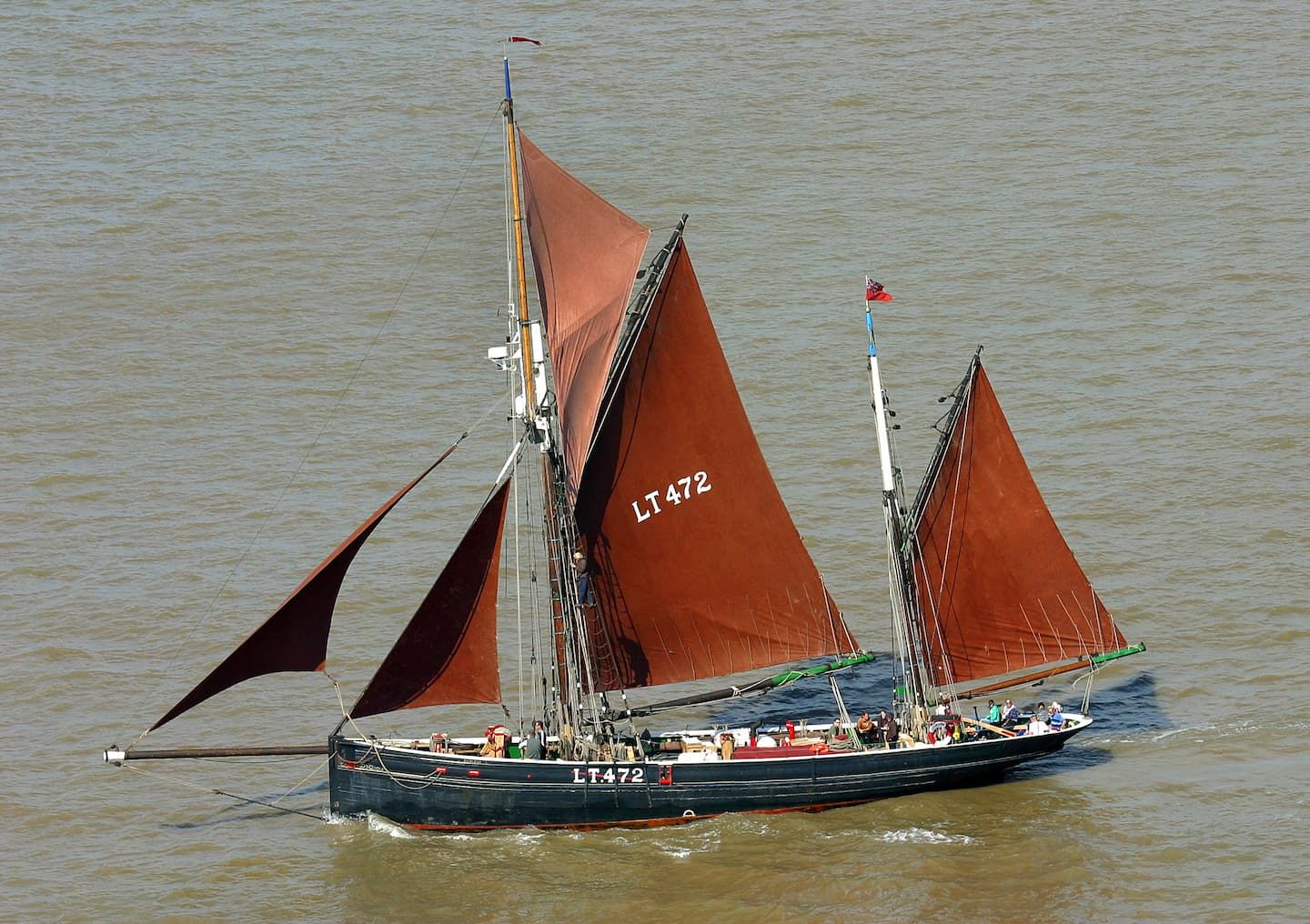

Excelsior is a Lowestoft Smack that was built in 1921 for fishing in the North Sea in all weather conditions, and was part of a fleet of 300 similar vessels.
The ship was completely restored in 1989 to ensure she remained robust and is a regular participant in maritime-themed events.
Excelsior can sail up to 12 nautical miles in one go and covers 5,000 miles on average per year.
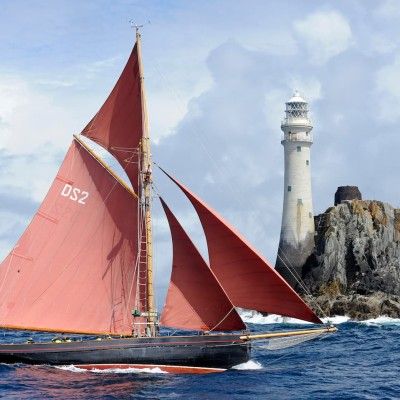
JOLIE BRISE


Jolie Brise is a globally renowned 24-metre Gaff Rigged Pilot Cutter. She was built in 1913, and has won some prestigious awards, including three victories in the Fastnet race, for remarkable courage in rescuing the crew of the Adriana in the 1932 Newport-Bermuda race and was the last sailing ship to transport Royal Mail. She won the Tall Ships Races in 1980, the Tall Ships 2000 Transatlantic Race, and the Tall Ships Races in 2008, 2011, 2015 and 2016.
Since 1977, Jolie Brise has been operated, maintained and owned by Dauntsey’s School. With her students over the past 49 years, she has sailed 200 nautical miles inside the Arctic Circle, sailed east as far as Saint Petersburg in Russia, south as far as the Western Sahara and West as far as South Carolina, for a total of 175,000 nautical miles.
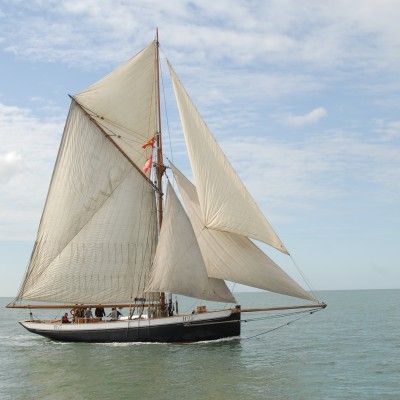
Marie-Fernand


The pilot cutter Marie-Fernand, built by Abel Lemarchand for the pilot Eugène Prentout, stood out from her launch in 1894 for her excellent performances and victories in regattas. Her career was marked by a perilous rescue for which her captain was handed the Legion of Honour.
After the First World War, Marie-Fernand was sold for fishing and changed ownership several times before being acquired by a British yachtsman in 1922. She then sailed to Cornwall and Scotland
under different names and owners, before returning to Le Havre in 1984 thanks to the Hirondelle de la Manche association.
Classified as a Historic Monument and restored in 1989, Marie-Fernand began a new career as a ‘historic sailboat’, taking part in major events. Since then, the Hirondelle de la Manche association has been responsible for her management and upkeep.
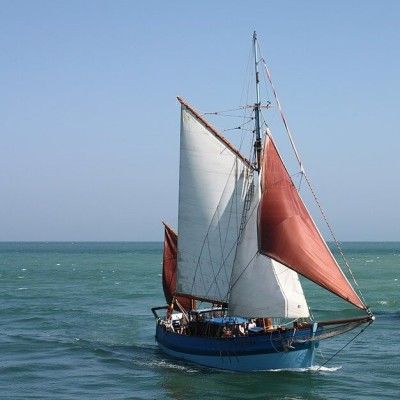
MILPAT


MilPat, officially named Michel-et-Patrick, was launched in 1962 as a fishing boat, mainly in the Irish Sea and southern Finistère.
She boasted a wooden hull, two derricks and a trawling net.
She was decommissioned in 1988 and then purchased by a diving club in 1990.
After a complete overhaul in 1994, she was reclassified as a category 2 pleasure boat and took part in the Douarnenez maritime festival in 1996.
After remaining out of service for a while in Sainte-Marine on the Odet river, MilPat’s condition quickly deteriorated. The Fécamp Vieux Gréements Association (AFDAM) took over the operation of the vessel with a 15-year contract to transform her into a recreational sailing ship.
The work lasted 11 years, and resulted in a traditional sailing ship in perfect condition. More than 8,000 hours of work were needed to restore the MilPat at the Moré shipyard.
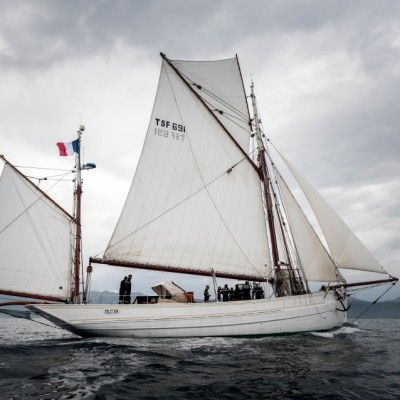
Mutin
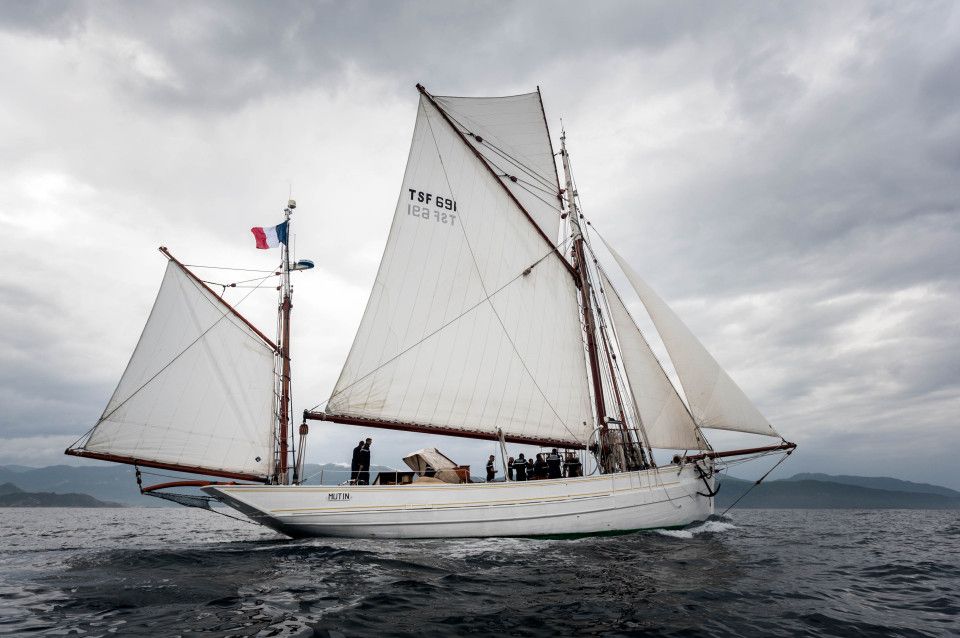

Mutin is the oldest vessel in the French Navy. She was built in 1926 in the shipyards of Florimond-Guigardeau in the region of Sables d’Olonne and launched on 19 March 1927. Mutin is traditionally rigged like any tuna fishing vessel built in Sables d’Olonne, however she never served as a tuna fishing vessel.
From 1927, Mutin was used for pilotage training at the naval school of Saint-Servan near Saint-Malo. This mission was interrupted during the Second World War as she carried out intelligence missions bearing the British flag in the Atlantic and Mediterranean waters.
Mutin regained her original flag on 20 July 1946 and went back to be used for pilotage training at the naval school of Saint-Servan. In 1964, her training purpose was expanded to the boatswain school for the French Navy, based in Brest.
Since 1968, Mutin has continued to be used as a naval training ship for the French Navy. Like the other sailing ships in the French Navy, she is a valuable ambassador around the coastal areas of France and Europe.

NÉBULEUSE
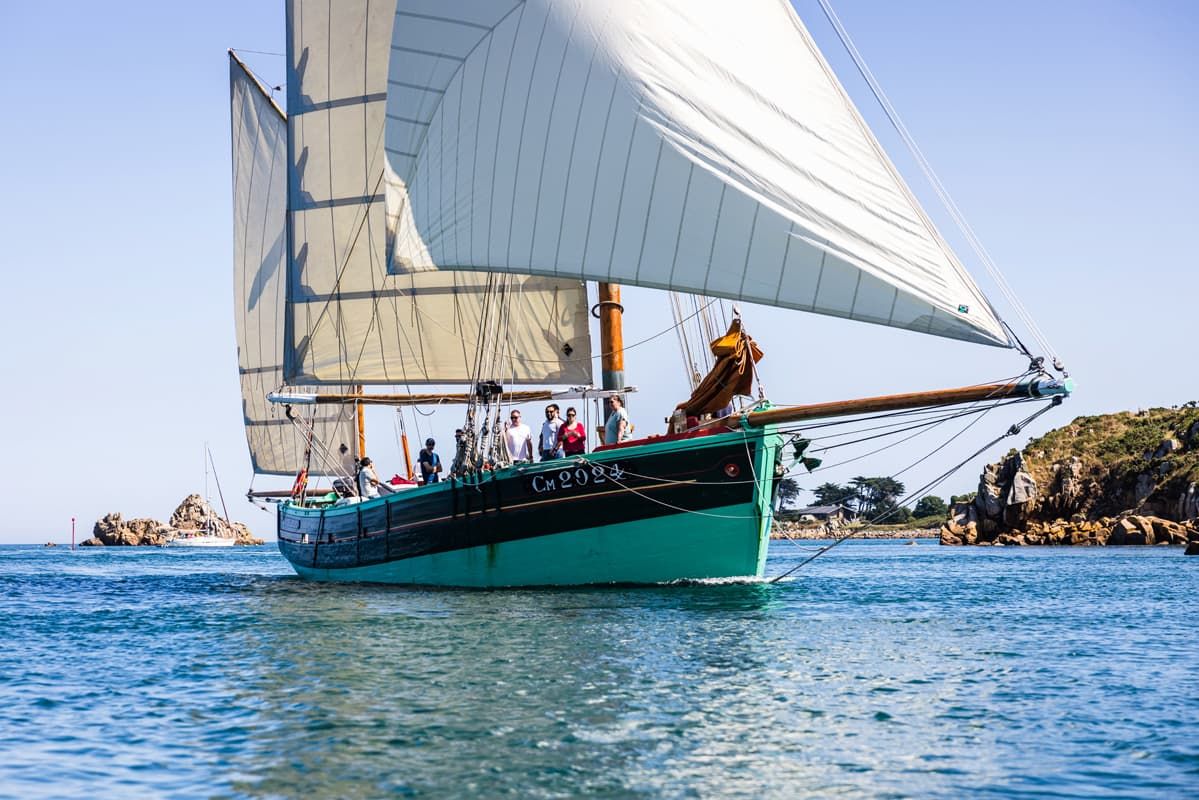

In 1948, the Le Hir et Péron (Brittany) shipyard launched construction of the Dundee-rigged tuna boat, La Nébuleuse. In 1949, La Nébuleuse was launched. 8 men and 1 dog set off aboard to catch albacore tuna.
She quickly became the best tuna boat in Camaret and was nicknamed the ‘green submarine’. This ship was used for professional fishing up until 1972.
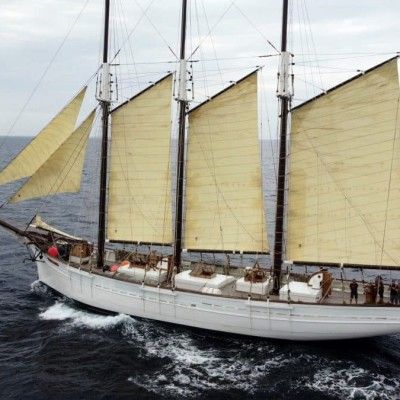
PASCUAL FLORES
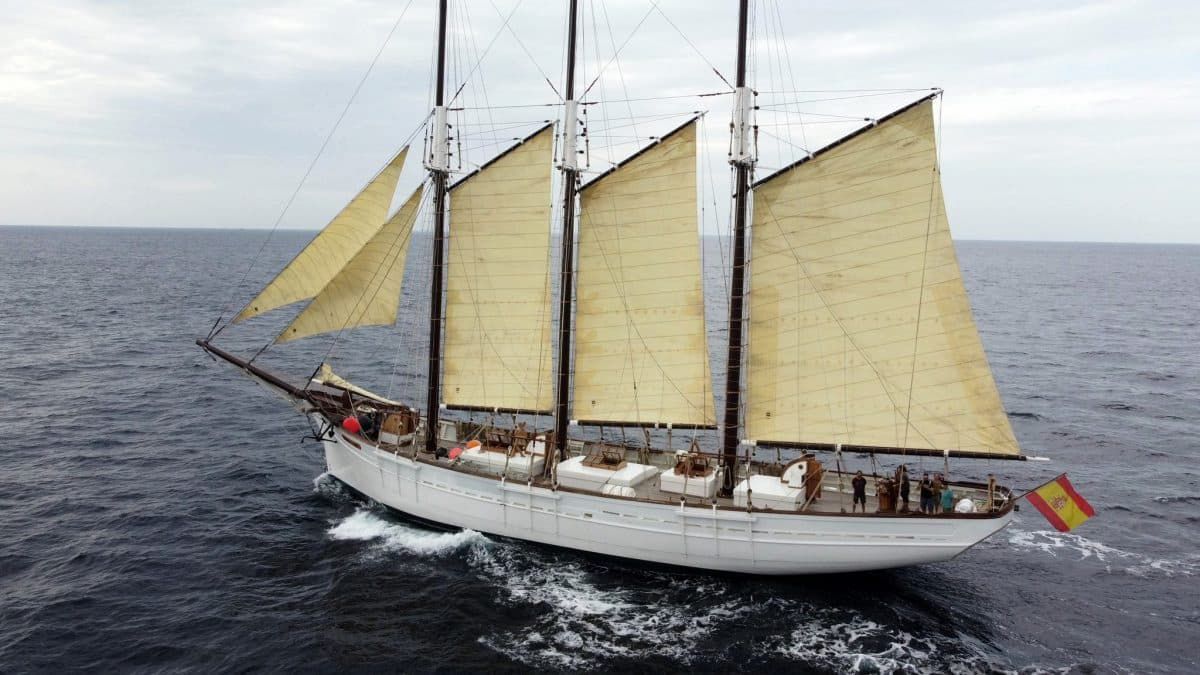
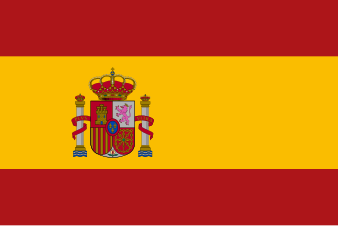
In its early years, the pailebote Pascual Flores was dedicated to the export of fruit, salt and general cargo, both in Mediterranean ports and on the north and west coasts of Africa.
Over the years, the vessel changed ownership and underwent significant modifications, before ending her days in England. Thanks to the agreement signed with the Torrevieja city Council and the Nao Victoria Foundation, the vessel was brought back to Spain.
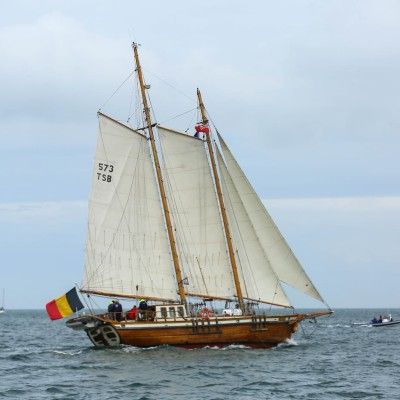
RUPEL
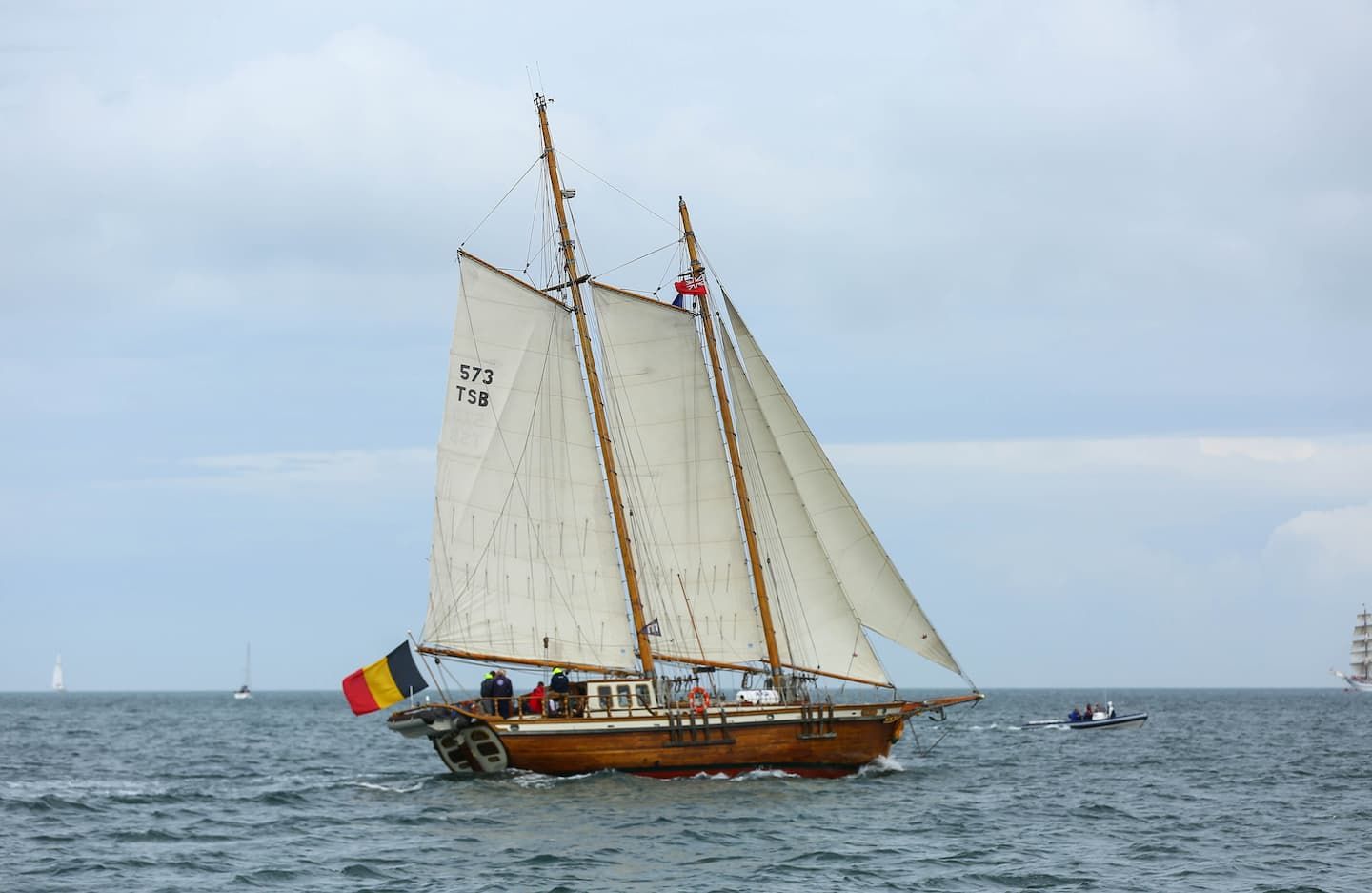

Rupel was built on the banks of the river Rupel by unemployed youngsters and launched in 1996.
The project to build this schooner provided these young people with skills that would help them find jobs more easily. In the summer, Rupel sails the Belgian coastline and takes part in the Tall Ships Races and other events in Northern Europe.
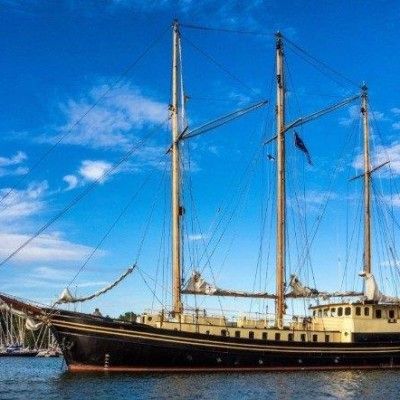
Skonnerten Jylland
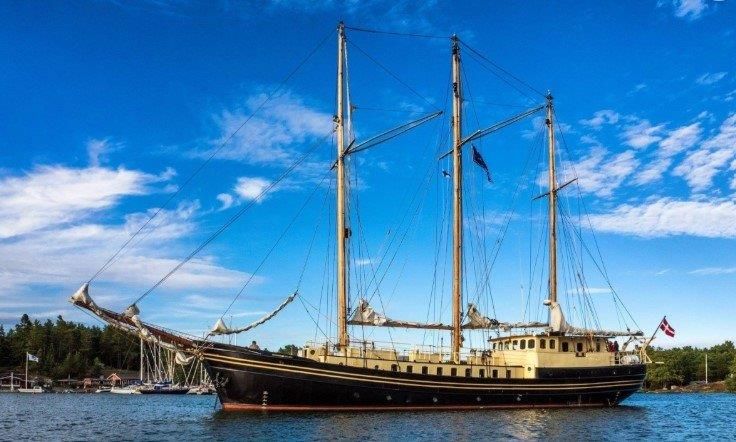
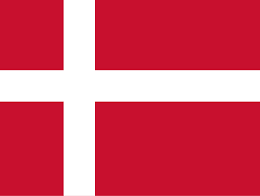
Over the decades, she changed hands and names, becoming Findal, Morild, Stornes, and later Elida. In 1982, she was converted into a three-masted schooner by the Elida missionary foundation in Sweden.
In 2003, while undergoing renovation in Denmark, the vessel was accidentally struck by a drifting submarine and sank. After being salvaged, she was acquired by Rederiet Jylland in 2007, and later by the Andromeda institution in 2010, which transformed her into a socio-educational project for at-risk youth.
Today, Skonnerten Jylland serves as a floating home for young people. On board, they take part in daily life, attend classes, and learn traditional navigation. The vessel also participates in international sailing races, offering the youth an unforgettable experience of teamwork and personal development.
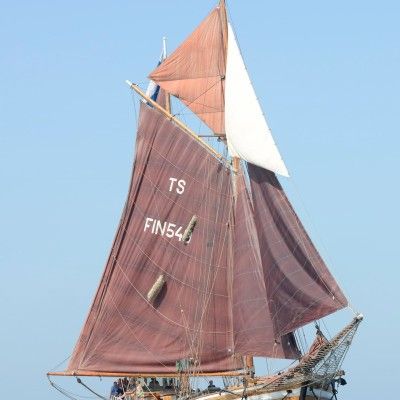
VALBORG
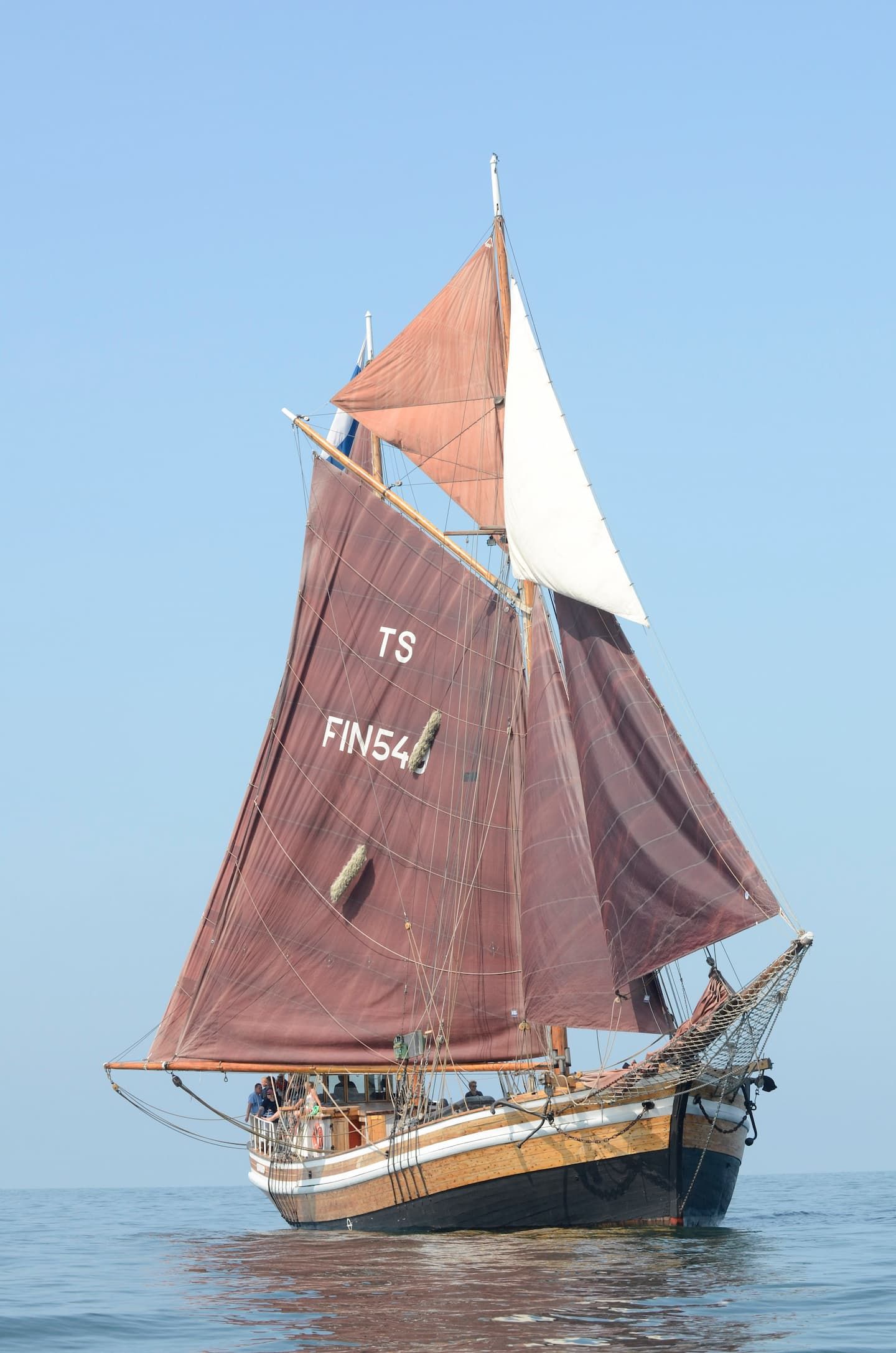

Valborg was built 1948 in Porvoo, southern Finland, to serve as a cargo vessel carrying mostly sand and timber between Finnish ports.
After she retired in the early 70’s, Valborg was fully renovated and became a sail training ship for scouts. Today, the ship is owned by Valborg LTD.
Nowadays, Valborg serves as a sail training vessel, participating in events like The Tall Ships Races and offering charter trips to companies and private groups to finance the races. During winter Valborg stays in water (and ice), and serves as a events venue with sauna.

VERA CRUZ
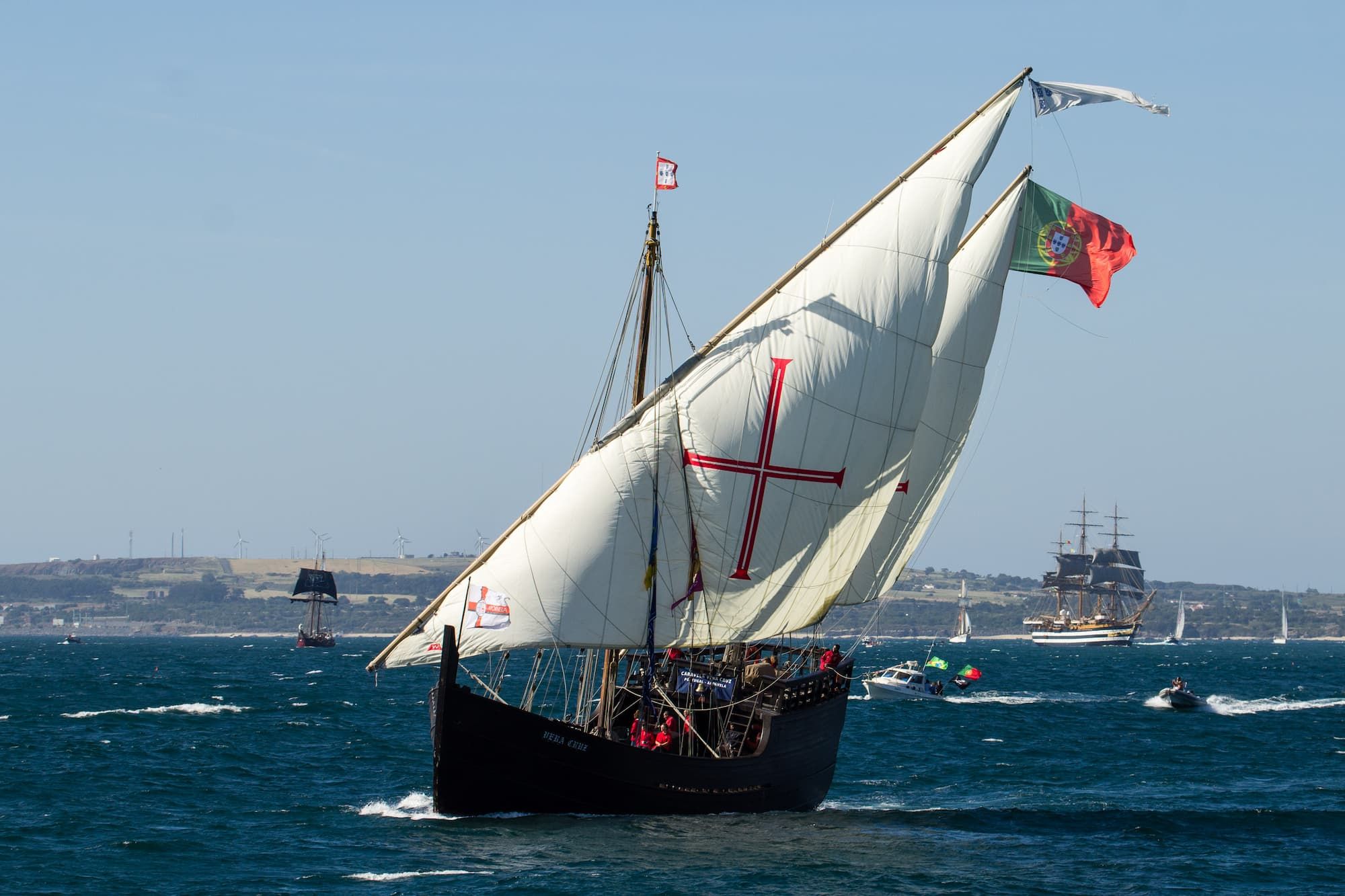

Vera Cruz is a replica of a historic caravel, the third built by the Portuguese association Aporvela based on the original project by carpenter Alm Rogerio de Oliveira.
The vessel replaced the Boa Esperanca caravel which, during 12 years of sail training service, sailed over 60,000 miles on the Atlantic and Mediterranean. Visiting ports in northern Europe, southern Europe, Morocco, the Caribbean and United States, the ship allowed hundreds of students of all ages to get their first sailing experience and learn how to sail.

BELFER
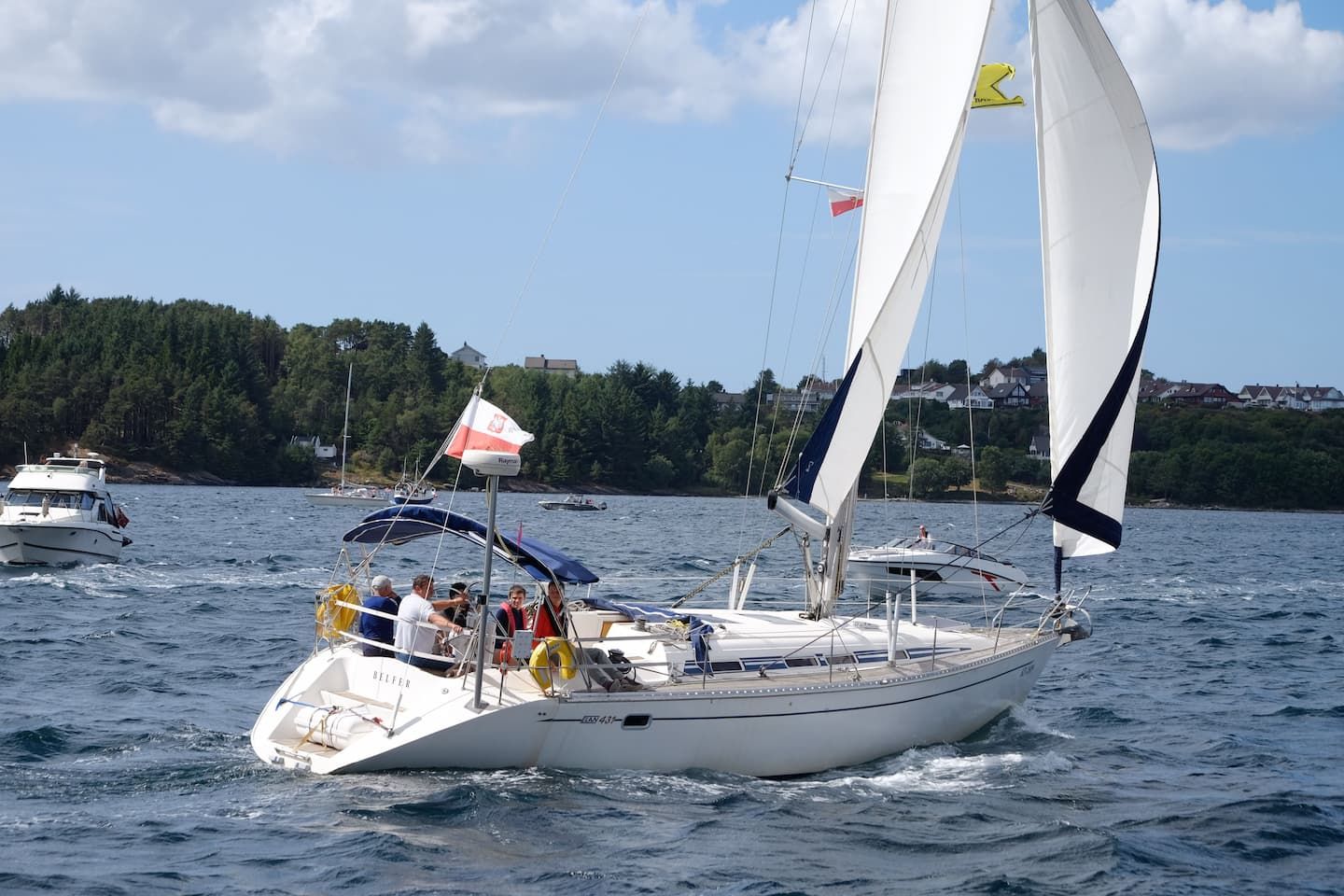

BELFER
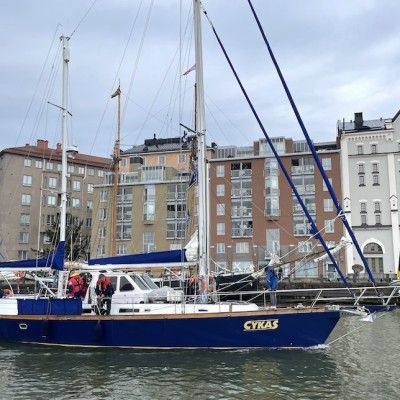
CYKAS


Cykas was built in 1999 in Ukraine. The yacht was purchased in 2021 by sailing enthusiasts with expedition cruises in mind.
After the purchase, the owner started the refit project and the plan was to refresh the deck, sides and make minor modifications.
The first voyage was initially planned for 2022, but after 3 years of intensive work, Cykas was ready to sail in 2024.
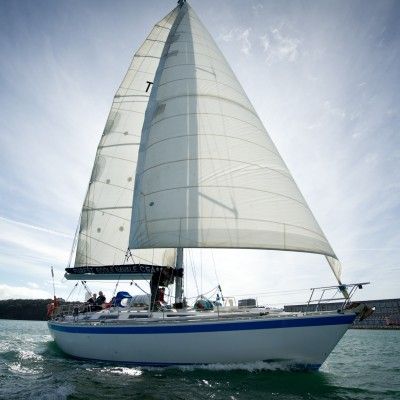
Hosanna
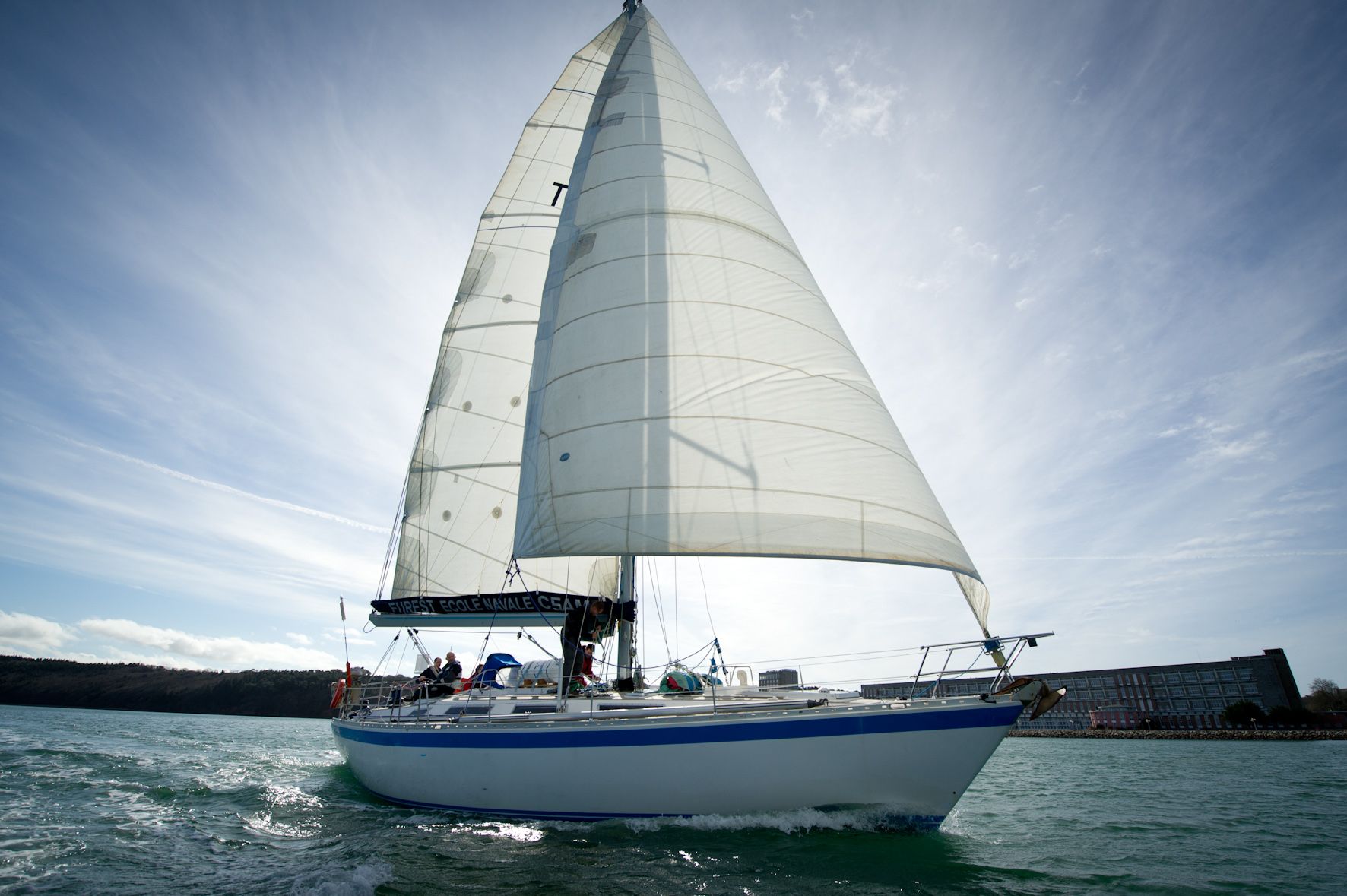

Hosanna, a Centurion 47′ built in 1990 at Wauquiez shipyard, was used as a prototype model for the Centurion 49’. She was initially used by Mr. Labouret in the Caribbean for charters and races, and was then sent to Marseille for a major refit in 1996. After this renovation, Hosanna sailed around Greece and Turkey up until 2006.
In 2007, she stayed in Croatia and was fitted with a new teak deck and a more powerful engine, before then sailing to Corsica and Toulon in 2010. The same year, Mr. Labouret donated Hosanna to the French Naval Academy, where she has been used ever since for sail training for students and young sailors.
Hosanna took part in the Tall Ships Race in 2012, 2014, 2015 and 2016, sailing between various European ports.
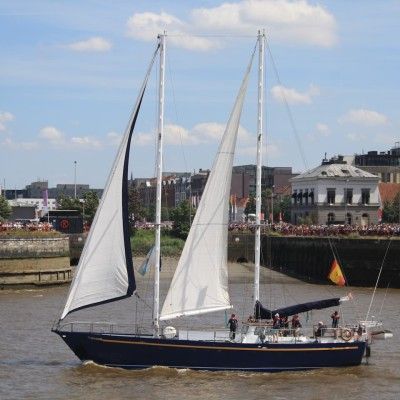
Juan De Langara
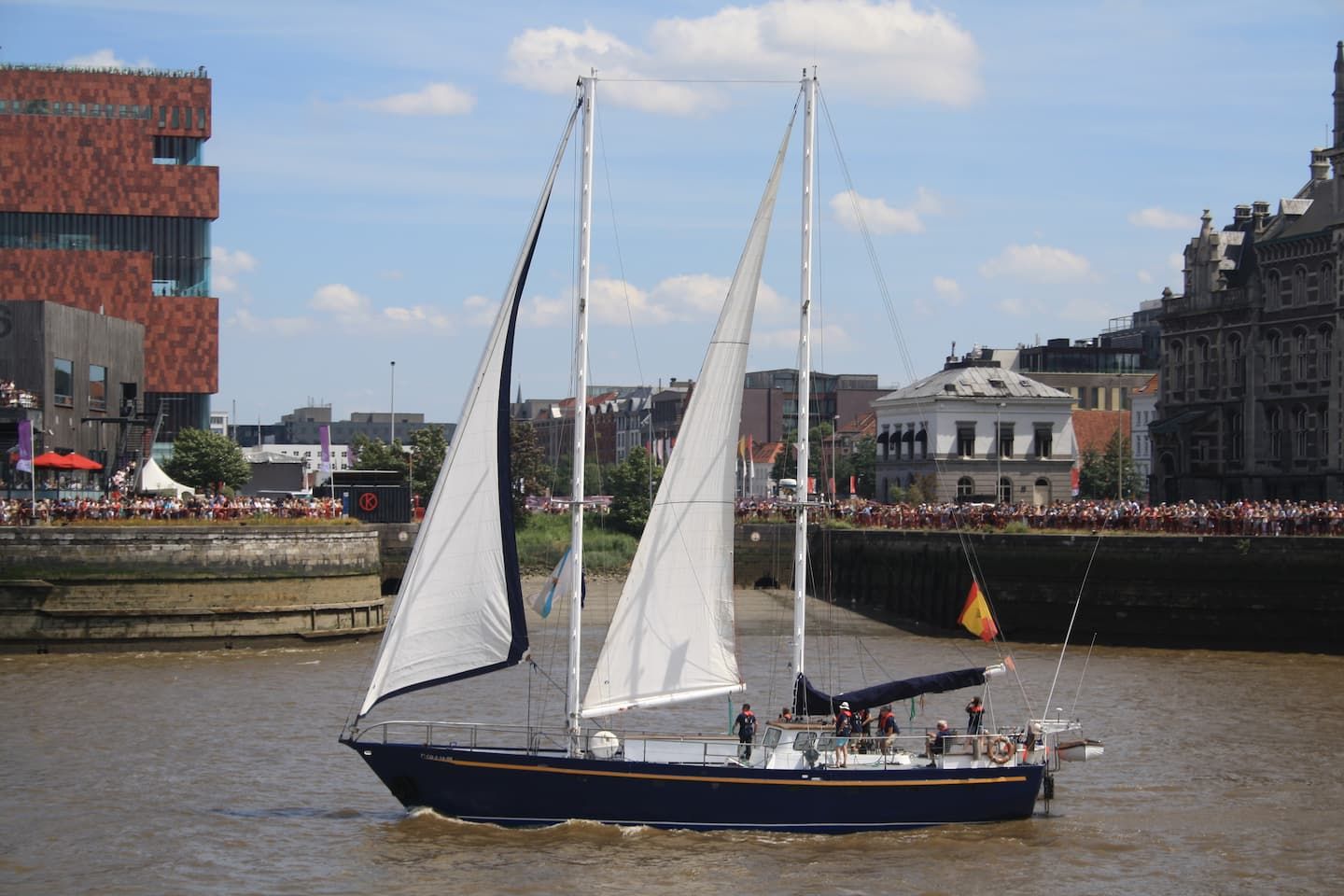

After the Cutty Sark Tall Ships Races in 1990, a group of liaison officers from La Coruna, who were all sailors were so taken with the philosophy of the races and the sail training experience they decided to charter a boat and race themselves. This group ran the Liaison Office when the Cutty Sark Tall Ships Races returned to La Coruna in 1994, then chartered Ice Maiden for the races in 1996, receiving sponsorship from the La Coruna port authority.
Motivated by the ideals of sail training and inspired by Robin Duchesne to start a sail training organisation, they chartered vessels again in 1997 and 1998.
But in 1999 they decided to buy their own boat so that they could regularly race in tall ships races. Although very young, they each contributed as much as they could and, with the support of the town of La Coruna, they bought Juan de Langara.
Most of the year, Juan de Langara sails on short trips and aims to sail with young people as much as possible.
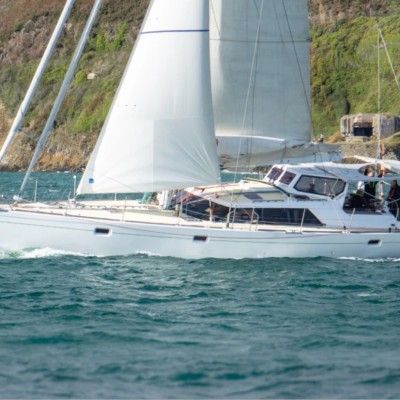
LEVITHA
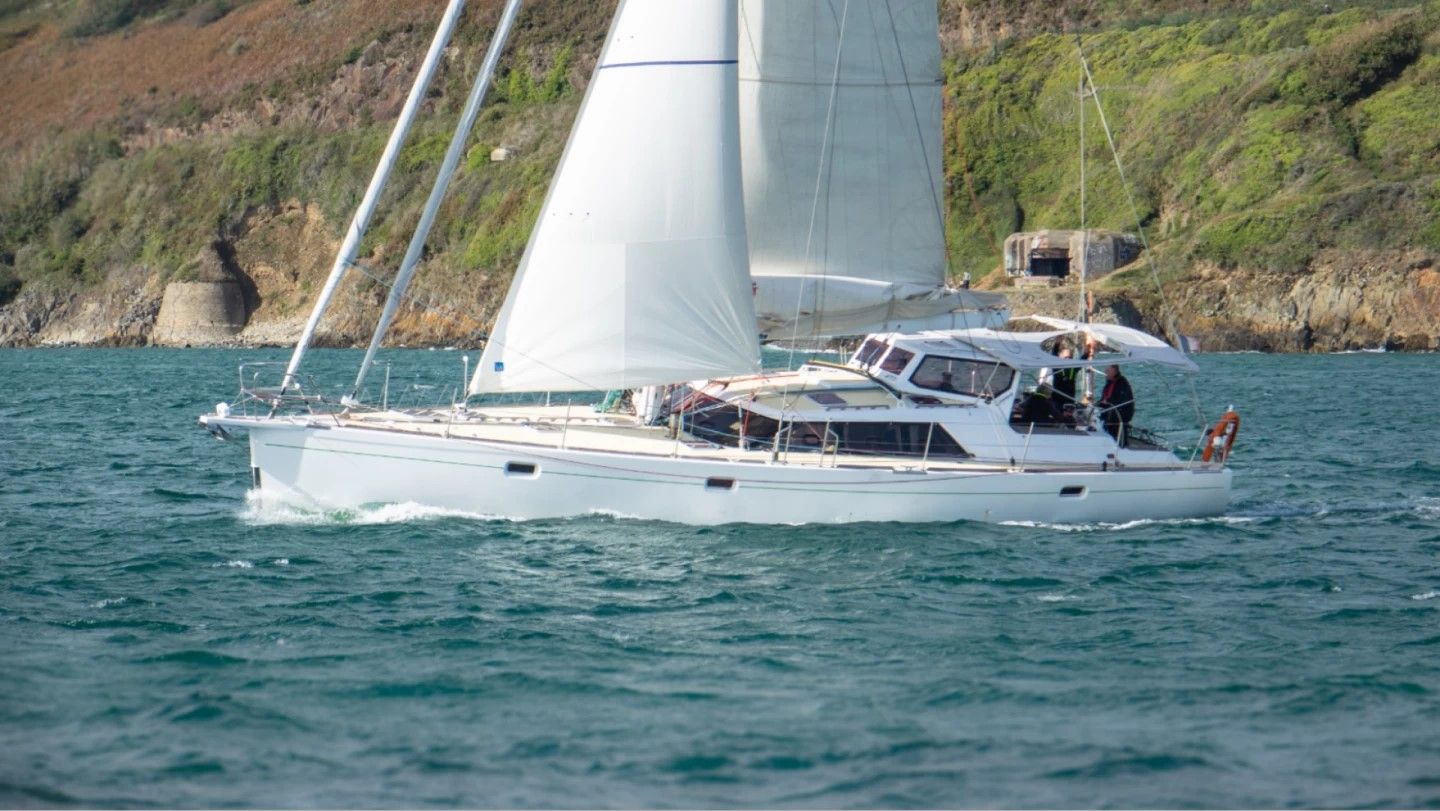

Her naval architects, Berret-Racoupeau, are among the most renowned names in French yacht design.
Her aluminum hull and lifting keel allow Levitha to sail comfortably in both high-latitude regions—where strength and variable draft are essential—and in coral reef anchorages. With a powerful engine, two hydro-generators, and a full set of onboard systems, she is energy self-sufficient and capable of sailing for several weeks without needing to stop.

Ocean Scout
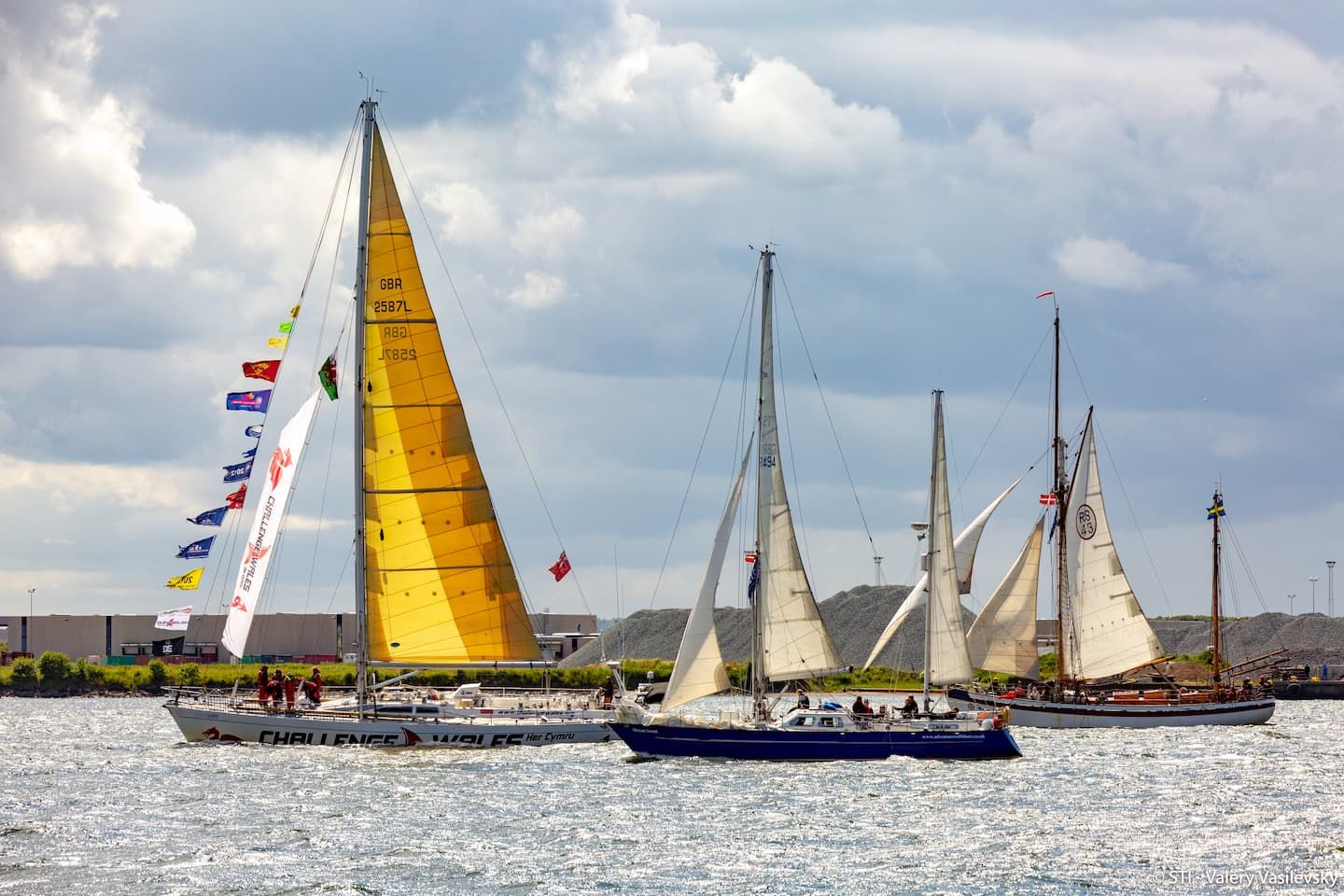

The sister ships Ocean Scout and Offshore Scout are purpose built, well-equipped Oyster 49 ketches.
They operate from the port of Ipswich on the east coast of the United Kingdom, sailing weekend or longer cruises with crews of up to 11 young people from all backgrounds.
Adventures Offshore is a charitable trust and has been offering safe sail training since 1964.
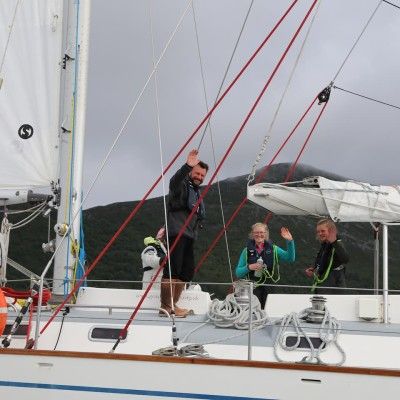
Ocean Spirit of Moray


Ocean Spirit of Moray is a ketch which is run by Gordonstoun School to teach pupils seamanship in the Moray Firth and seas of northern Scotland.
All pupils spend some time training locally from Hopeman on the Moray Firth in preparation for cruising off the west coast of Scotland aboard Ocean Spirit
Ocean Spirit replaced Sea Spirit which for ten years took part in the Scottish Three Peaks race where a team of six runners joined the boat to race over the Mull, Jura and Arran hills.
Ocean Spirit is a regular in The Tall Ships Races and raced in every leg of the Tall Ships 2000, transatlantic race.
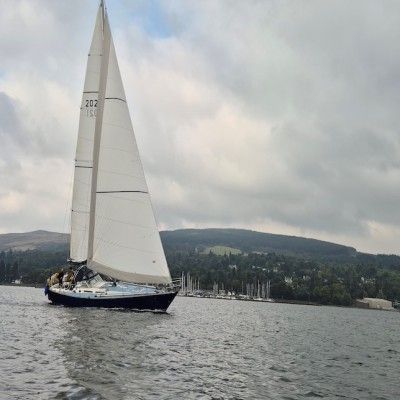
Ortac
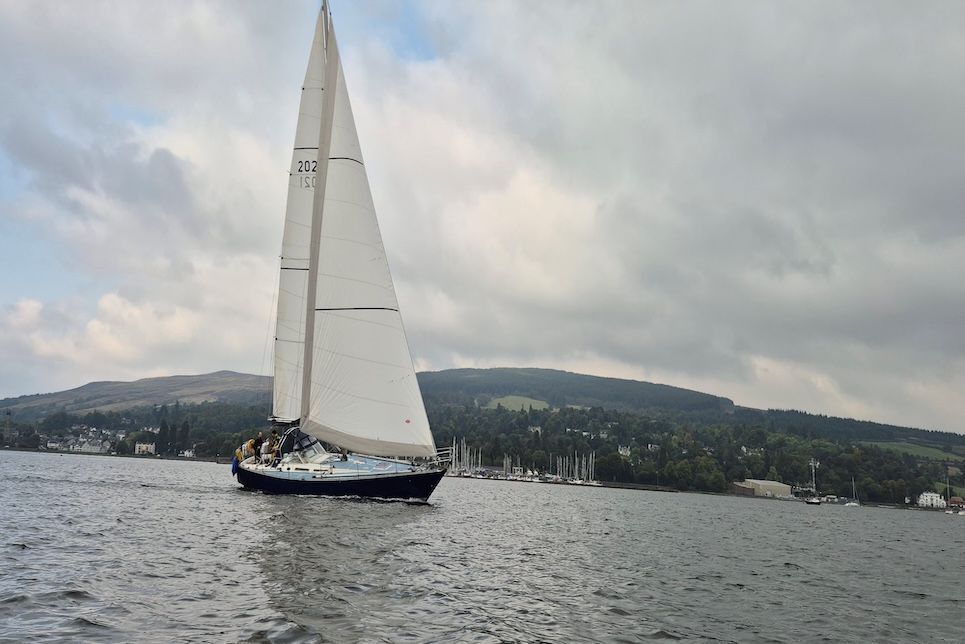

Ortac is a Contessa 43 built by the Jeremy Rogers shipyard in Lymington in 1979. Of the fifteen Contessa 43s built, one was the top-scoring boat in the 1977 Admiral’s Cup, including the Fastnet Race. Another sister yacht competed in the 1981 Whitbread Round The World Race, making it the smallest yacht ever to have competed in this legendary race, now known as the (Volvo) Ocean Race. Ortac has been raced much less but is still as fast and seaworthy.
Since being purchased by the current owners in 2020, Ortac has been sailed around the United Kingdom and Ireland, crewed by 15 to 19-year-olds. In 2023, she completed a circumnavigation of Ireland in two weeks before returning to her current base in the Clyde.
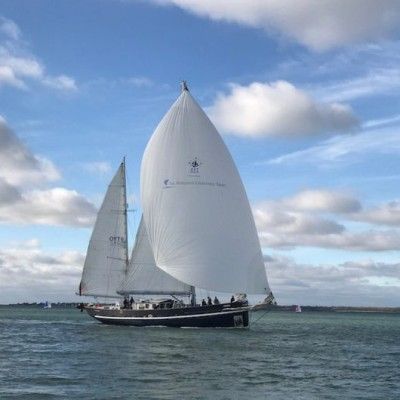
PROLIFIC
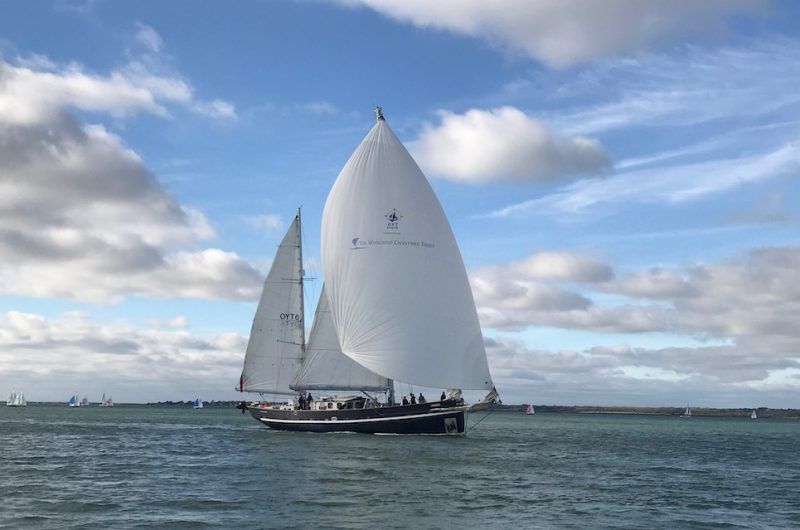

Prolific was built in 2005, as a tribute to the herring fishing vessels in operation along the Norwegian coast during the 19th century. The ship is a hybrid of historic design and modern-day construction. Recently, she has been used for sail training with young people in Norway. Ocean Youth Trust South purchased Prolific in 2015 to replace their previous vessel, John Laing.
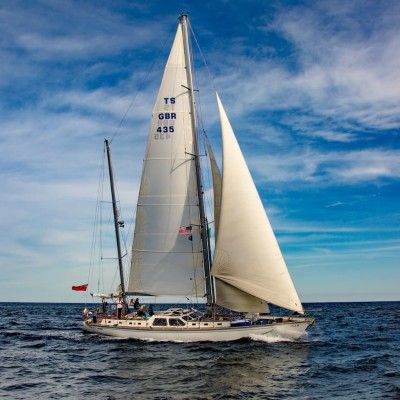
Rona II


Rona II, an Oyster 68, is one of three vessels operated by the Rona Sailing Project. Rona II was built in 1991 and since then has become one of the hardest working and most resilient Oyster yachts in the world.
She has taken more than 7,200 young people sailing, has completed 21 international and three transatlantic tall ships journeys, and has sailed more than 250,000 nautical miles in her career to date.
Rona II is the Rona Sailing Project’s flagship. One of the most unique aspects of the organisation, which is key to its longevity and success, is that it is volunteer-based. Apart from the four dedicated full-time staff who oversee the management of the organisation, the RSP depends on more than 300 volunteers to run the voyages, and to maintain and refit the vessels. The organisation’s strength today lies in the diverse backgrounds and skills of the volunteers.
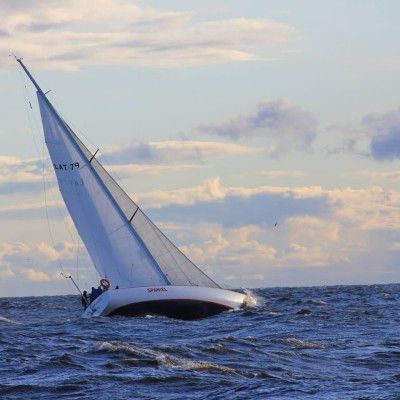
SPANIEL
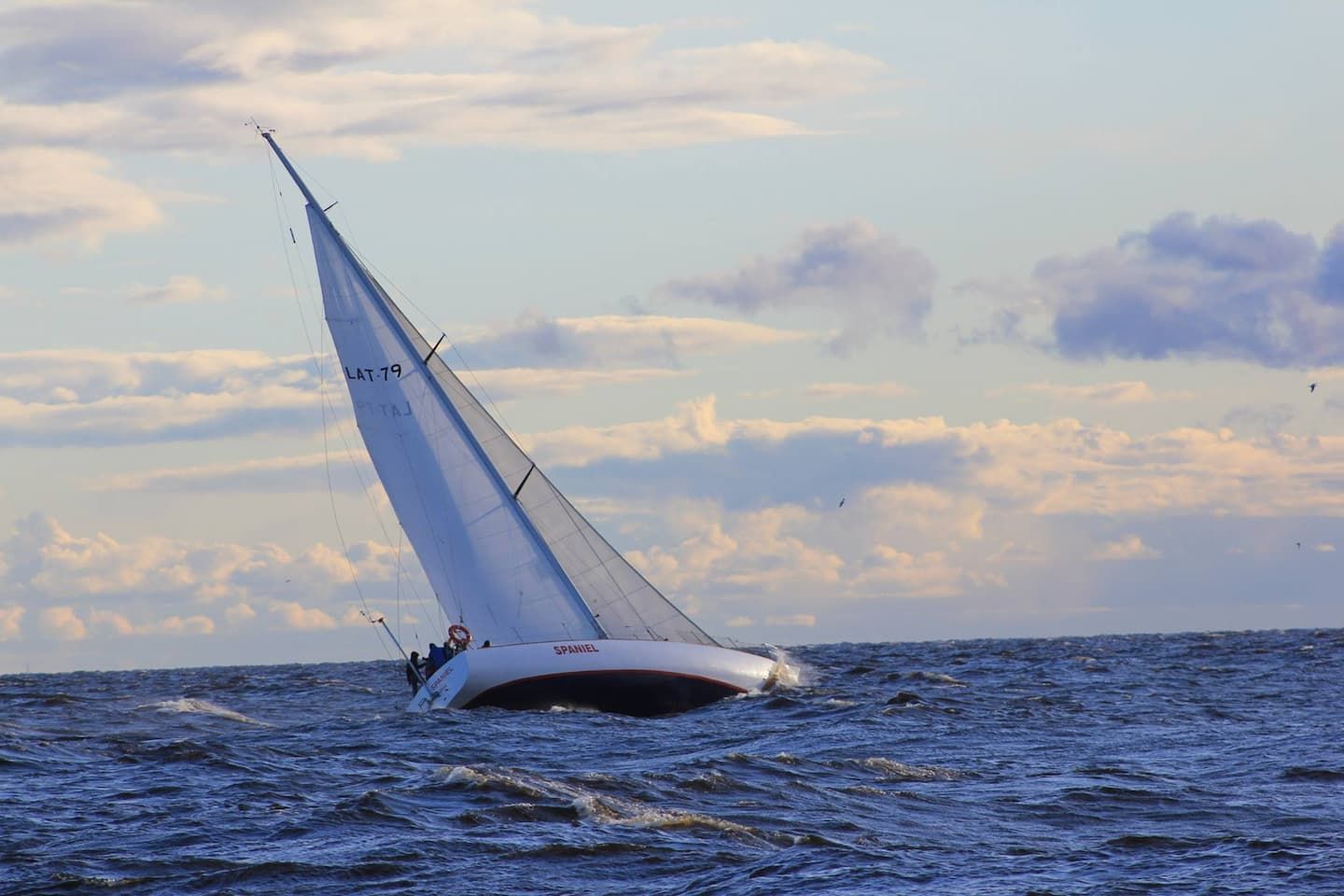

Spaniel was designed and built in Poland in 1979 as a single handed ocean racer.
In 1980, Polish yachtsmen were awarded honours in the Ostar 80 race after a 19-day westward Atlantic crossing. From 1982 to 1987, the Academy of Science used Spaniel for research, cruises and occasional races.
Spaniel has been privately owned since 1997 and is used for sail training for Latvian youngsters, and has enjoyed successes in many of the tall ships races.
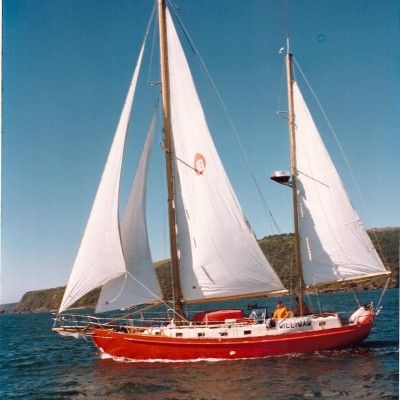
WILLIWAW
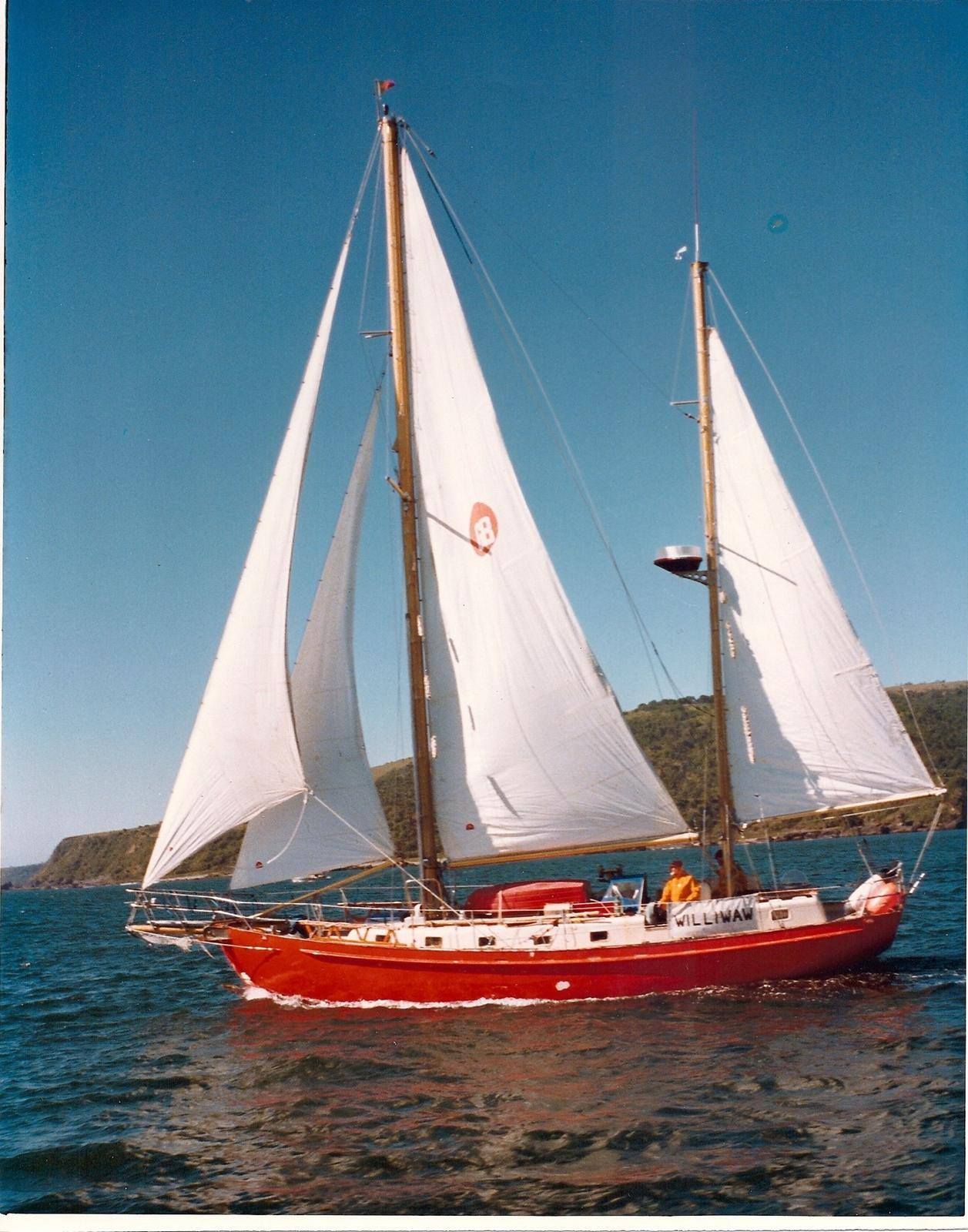

Williwaw belongs to the Sail Training Association of Belgium (S.T.A.B.), since the city of Antwerp entrusted this association with managing the vessel in 1998.
S.T.A.B. completely restored Williwaw with support from volunteers from the National Maritime Museum. Aboard Williwaw, the world traveller Willy de Roos first sailed around the American continent from east to west, sailing via the north-west passage in Greenland and the Bering Strait, reaching the west coast of North America before sailing onto Antarctica in 1979.
Williwaw is used for sail training young people and is a floating ambassador for the National Maritime Museum in Antwerp. In winter she is moored at the museum dock and in summer sails with young people on board.
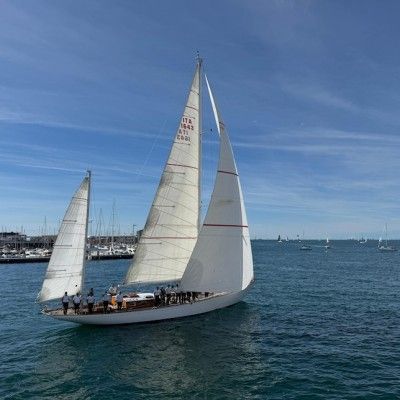
Corsaro II
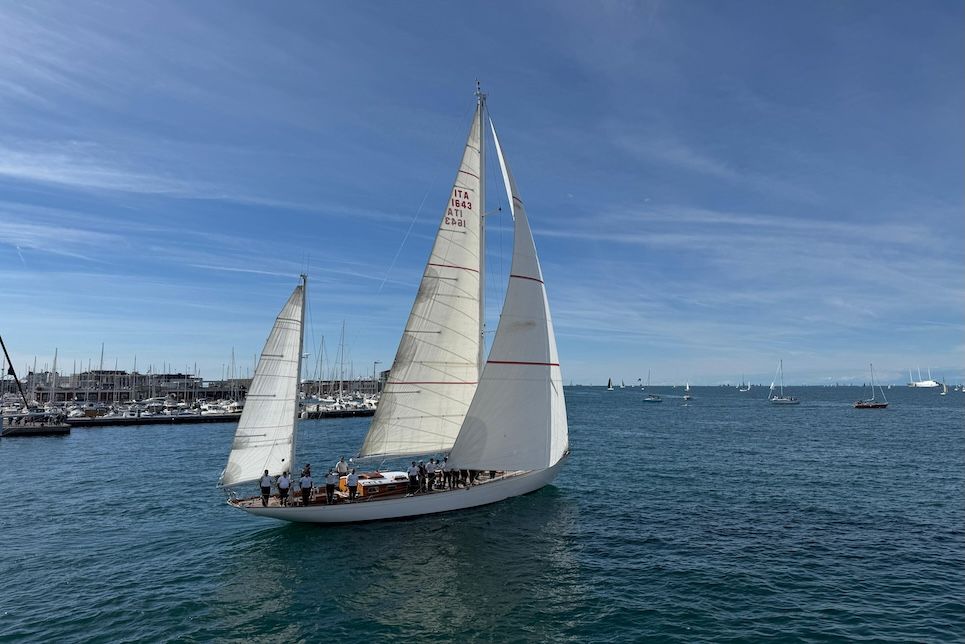

Corsaro II is a yacht designed by Sparkman and Stephens and used for sail training third year students of the Italian Naval Academy.
Each year she takes sixty third year students out to sea, racing during the summer in prestigious European races and events. Racing on Corsaro II enables cadets to gain closer contact with the sea, navigation and the weather before embarking on a grey warship.
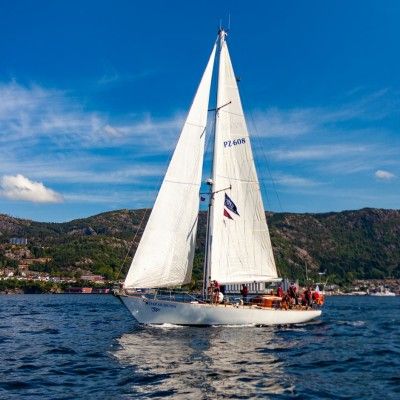
DAR SZCZECINA
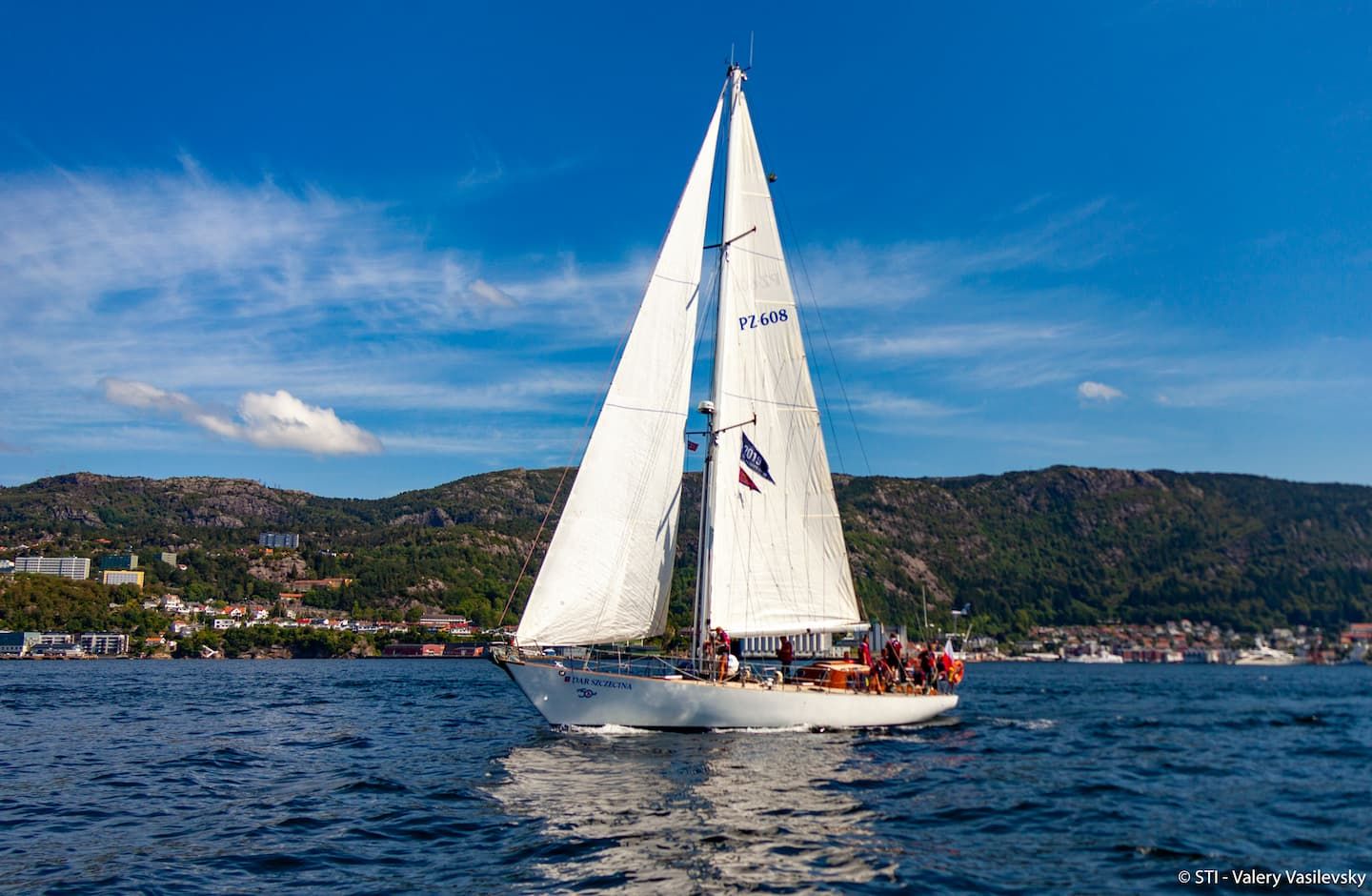

Dar Szczecina is owned by the City of Szczecin in Poland where many Tall Ships Races have been held since 1976 and are generally organised by students from the city. The vessel’s name means ‘Gift from Szczecin’.
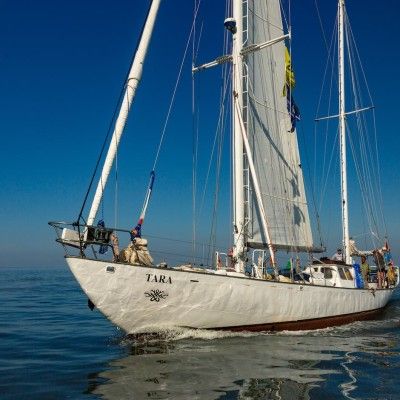
Tara
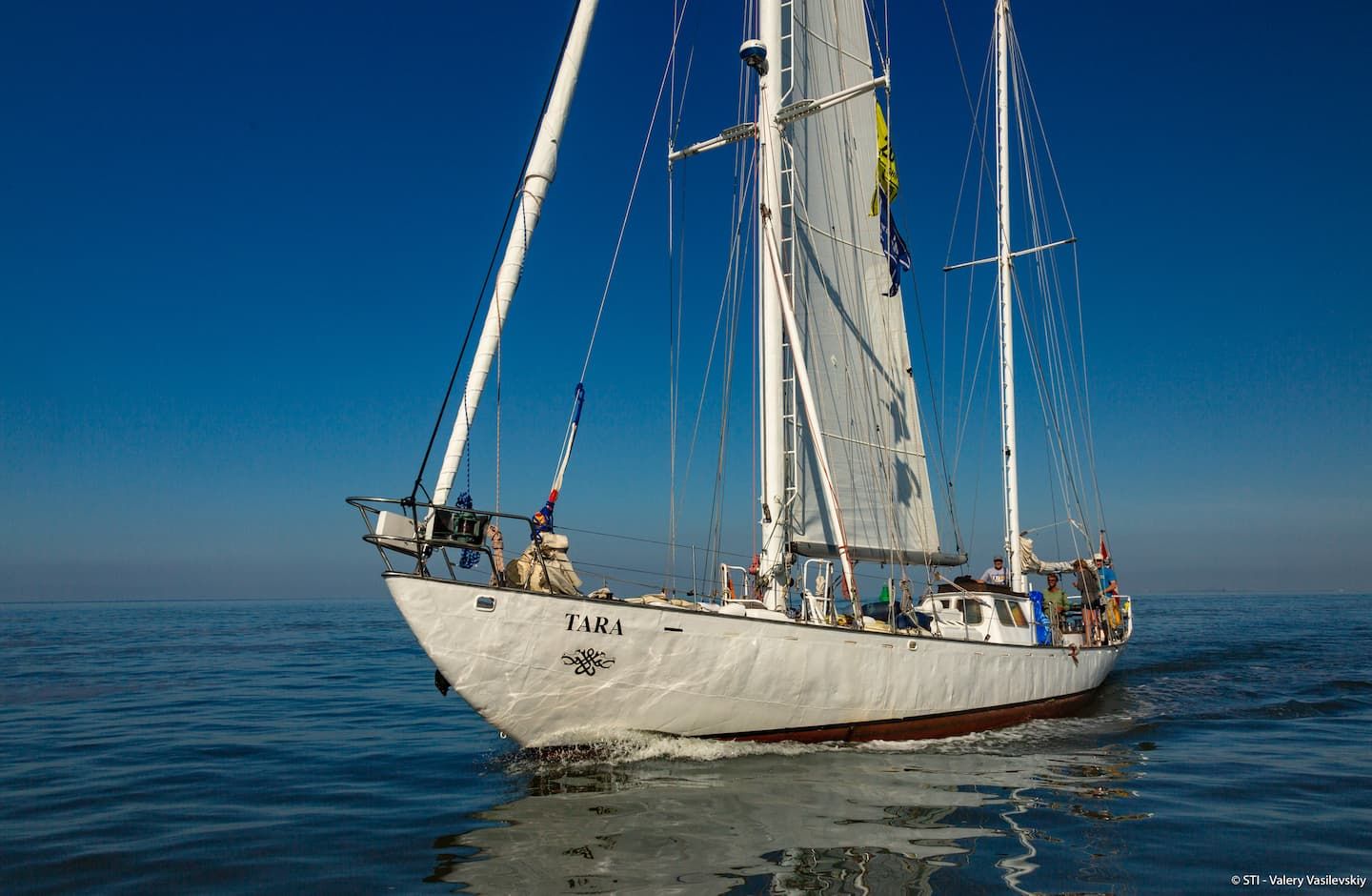

Tara (originally named ‘Dar Opola’) is a Polish 60-foot steel ketch, built in Gdansk in 1958.
The ship is one of 6 sister ships built as faithful copies of the mother ships ‘Roland von Bremen’ and ‘Peter von Danzig’, designed by Henry Gruber. Dar Opola was the city of Opola’s gift to science in Poland. In 2005 she participated in the ‘Baltic Sail’.
-eae5eed8.jpeg)
Urania
-18306ad4.jpeg)

Urania is a bm-ketch, a sail training ship used by the Dutch Navy and launched in 2004. She is the sixth ship named Urania, after the muse of astronomy in Greek mythology, as the Royal Navy has owned a ship by this name since 1830. She took part in the Armada 2013 in Rouen for the first time after participating in the Tall Ships Races 2013 as a class D ship in the Baltic Sea.
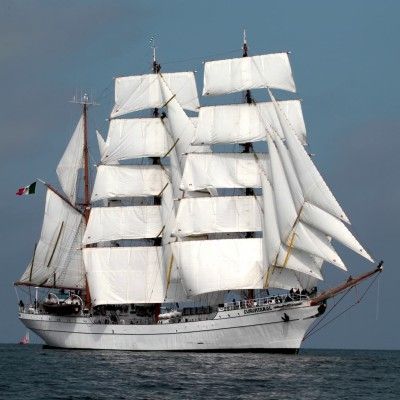
CUAUHTEMOC
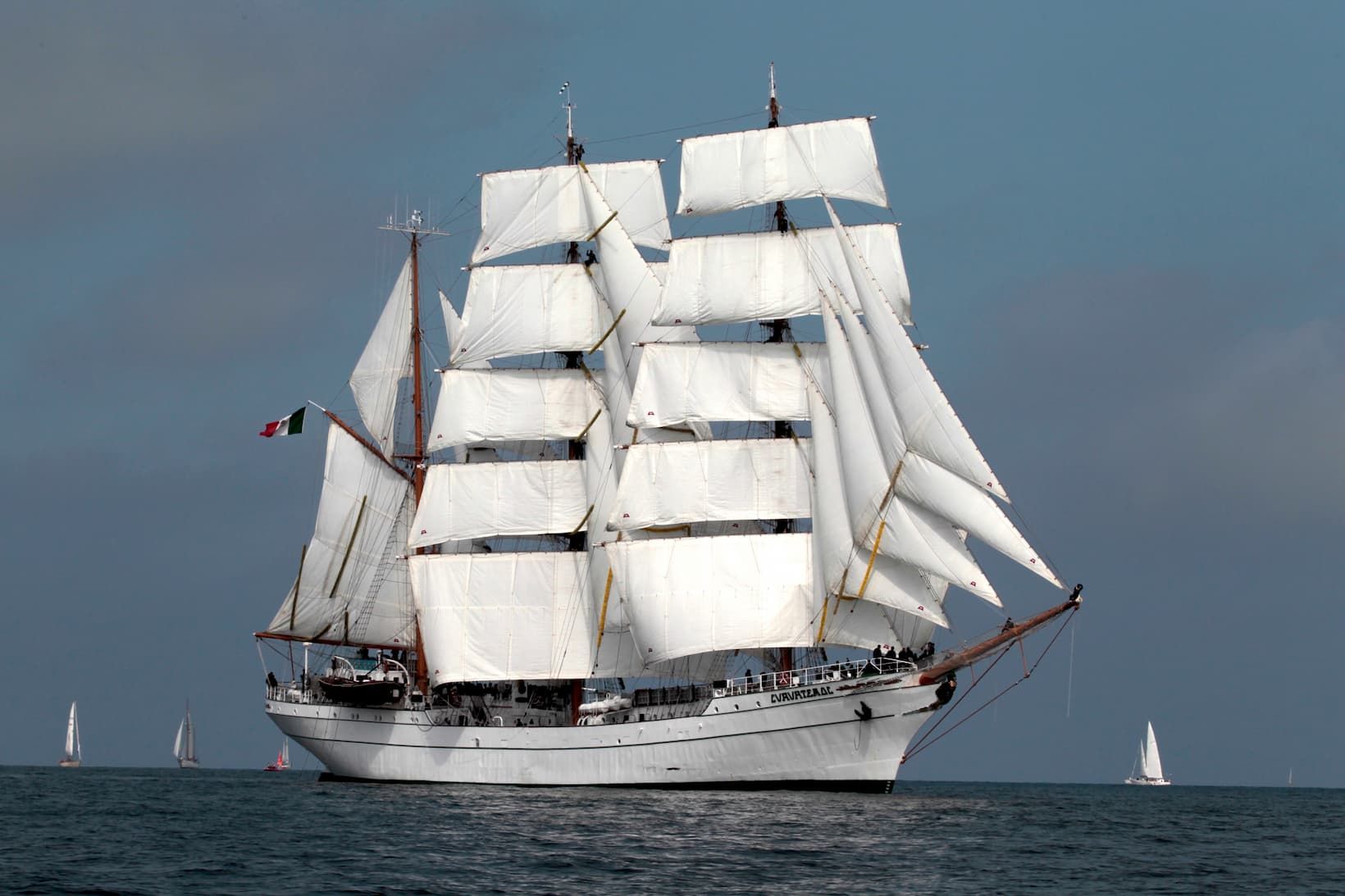

Cuauhtémoc is a three-masted barque under the Mexican flag. She was built in Bilbao in 1982, belongs to the Mexican Navy and is used as a sail training ship.
This ship’s homeport is Acapulco and she is a national icon, representing the Mexican fighting spirit and independence. She is a tribute to Emperor Cuauhtémoc, whose effigy can be seen on the ship’s bow.
Cuauhtémoc has participated in a great number of challenges at sea, including the Atlantic crossing in 22 days and the Cape Horn Cruise in 1993. She sails the oceans promoting the culture, traditions and history of Mexico, while training the future officers of the Mexican Navy.
Program
Les Grandes Voiles Du Havre will be joining forces with the Sea and Coast Festival stopover towns to contribute to the national festivities celebrating the Year of the Sea.
As such, some of the events in the Grandes Voiles Du Havre programme will be featured under the Sea and Coast Festival banner.
FOUR DAYS OF CELEBRATIONS
WEDNESDAY 2 AND THURSDAY 3 JULY: ARRIVAL OF THE SHIPS
THURSDAY 3 JULY: 6pm: PRE-OPENING OF THE DOCKS
(no tours of ships)
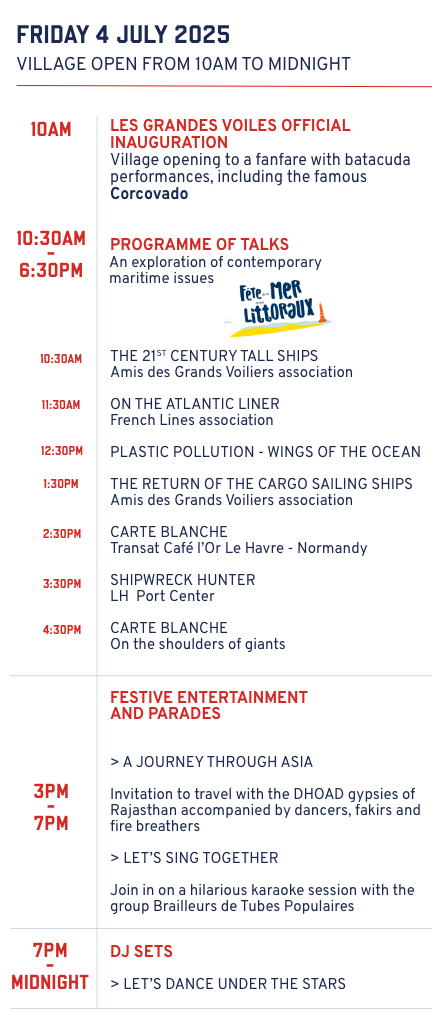
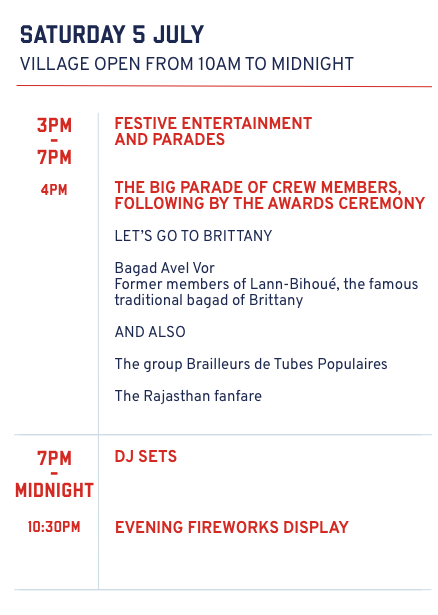
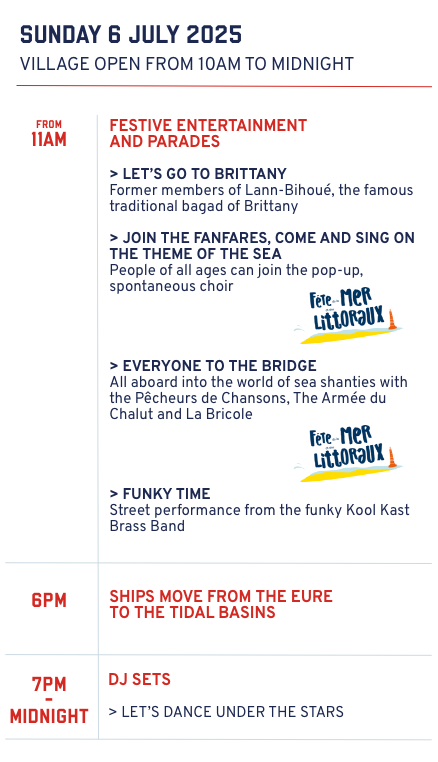

Program subject to change*
ONGOING ACTIVITIES
FRIDAY 4 – SUNDAY 6 JULY
10am – 10pm: Tours of the tall ships *
10am – 7pm: Trips out to sea and tours of the port area **
10am – 8pm: Water-based and sports activities **
3pm – 7pm: Festive entertainment and parades on the quayside **
7PM – MIDNIGHT: DJ Sets from various artists **
*End of ship tours between 6pm and 10pm depending on receptions held on board some of the vessels
**Schedule subject to modifications depending on weather conditions

